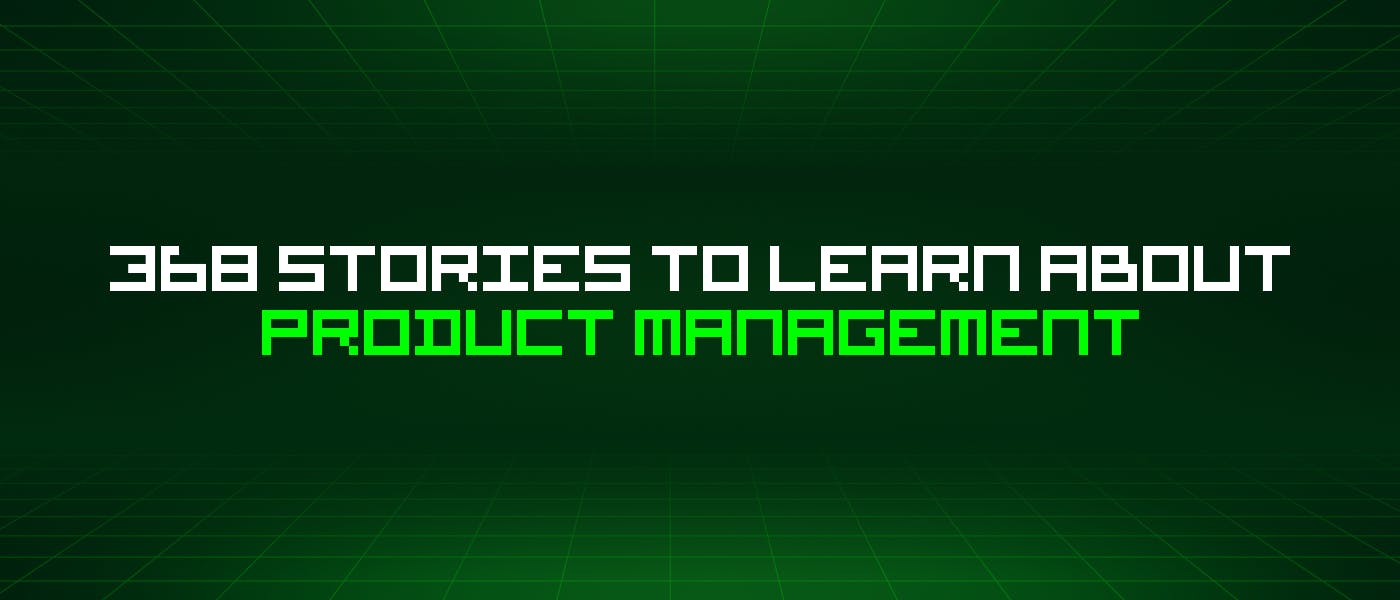Let's learn about Product Management via these 368 free stories. They are ordered by most time reading created on HackerNoon. Visit the /Learn Repo to find the most read stories about any technology.
Happy, Horror, and Inspirational stories from managers tasked with the unenviable task of getting stuff done.
1. Why a Future-Proofed Multichannel Notification System is Important
 A future-proof multichannel notifications strategy helps PMs stay in touch with their users without coming off as intrusive, non-responsive, or antiquated.
A future-proof multichannel notifications strategy helps PMs stay in touch with their users without coming off as intrusive, non-responsive, or antiquated.
2. How PMs Can Build a Great Product Notification Experience
 After reading this article, you’ll have the confidence and the tools to set up a notification system that delights and doesn’t annoy.
After reading this article, you’ll have the confidence and the tools to set up a notification system that delights and doesn’t annoy.
3. Mono-repo Vs. Multi-repo Vs. Hybrid: What’s the Right Approach?
 I still remember my first day at Outbrain. As part of the Bootcamp (training program), we were required to clone the code from a repository called the trunk (one monolithic repo that contained all our codebase). It took at least half a day to clone and build the whole source code. Over the next year or two in which my team worked with a monorepo, we just suffered — cloning the repo was time-consuming; the slow build/release time frustrated us; flaky tests and bad commits affected all the engineering; and let’s not even mention the IntelliJ indexing time, which easily afforded us time to run down for a chatty coffee break.
I still remember my first day at Outbrain. As part of the Bootcamp (training program), we were required to clone the code from a repository called the trunk (one monolithic repo that contained all our codebase). It took at least half a day to clone and build the whole source code. Over the next year or two in which my team worked with a monorepo, we just suffered — cloning the repo was time-consuming; the slow build/release time frustrated us; flaky tests and bad commits affected all the engineering; and let’s not even mention the IntelliJ indexing time, which easily afforded us time to run down for a chatty coffee break.
4. How to EFFECTIVELY Manage Young Product Managers
 The ultimate guide on how to manage young PMs in your team. Includes Dos and Don’ts, examples and modus operandi using which I wish I was led/managed early on when I started as a PM. Also, young PMs could takeaway lessons from here on what to expect and ask from your managers.
The ultimate guide on how to manage young PMs in your team. Includes Dos and Don’ts, examples and modus operandi using which I wish I was led/managed early on when I started as a PM. Also, young PMs could takeaway lessons from here on what to expect and ask from your managers.
5. How is Product Management in a Tech Startup Different Than a Large Company?
 I’ve been asked many times what is product management in a tech startup and how the job differs from product management at a larger company with a more mature product.
I’ve been asked many times what is product management in a tech startup and how the job differs from product management at a larger company with a more mature product.
6. How to Use Story Mapping to Define MVP Requirements and Align Teams
 Over the course of my career, I have had the pleasure of building multiple products from scratch, and have collected some strategies that help the process of building a new product and lead to a highly productive and streamlined experience for all stakeholders involved. Story mapping is one of those.
Over the course of my career, I have had the pleasure of building multiple products from scratch, and have collected some strategies that help the process of building a new product and lead to a highly productive and streamlined experience for all stakeholders involved. Story mapping is one of those.
7. How to Plan your Career Change and become a Product Manager: [My Tips and Tricks for Success]
 My personal recipes on how to change your career and land your dream job at any age coming from a different background
My personal recipes on how to change your career and land your dream job at any age coming from a different background
8. Entry Level Resources for Becoming a Product Manager
 If you have decided to transition into product management but do not know how to begin, you are definitely not alone. This career was ranked as the top 5 job on LinkedIn's Most Promising Jobs for 2019, and in extension has gained many enthusiasts.
If you have decided to transition into product management but do not know how to begin, you are definitely not alone. This career was ranked as the top 5 job on LinkedIn's Most Promising Jobs for 2019, and in extension has gained many enthusiasts.
9. How Discord Became the Most Successful US Consumer App in the Last 5 Years
 I recently came across this very interesting Twitter thread which claims that:
I recently came across this very interesting Twitter thread which claims that:
10. Behavioral Psychology Hacks for Product Managers
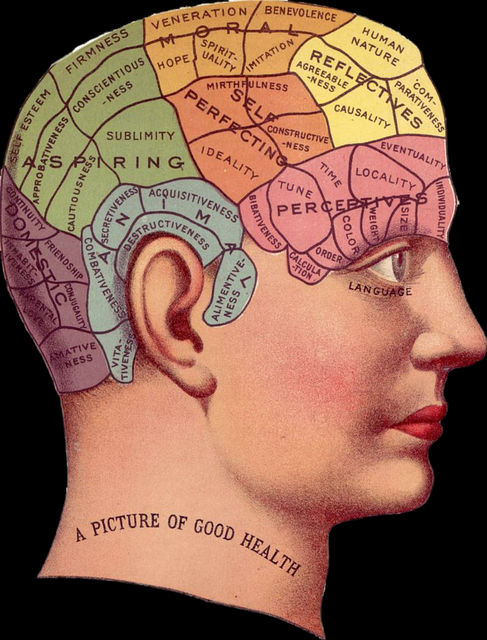
11. 3 Benefits of Low Touch SaaS from a Product Manager's Perspective
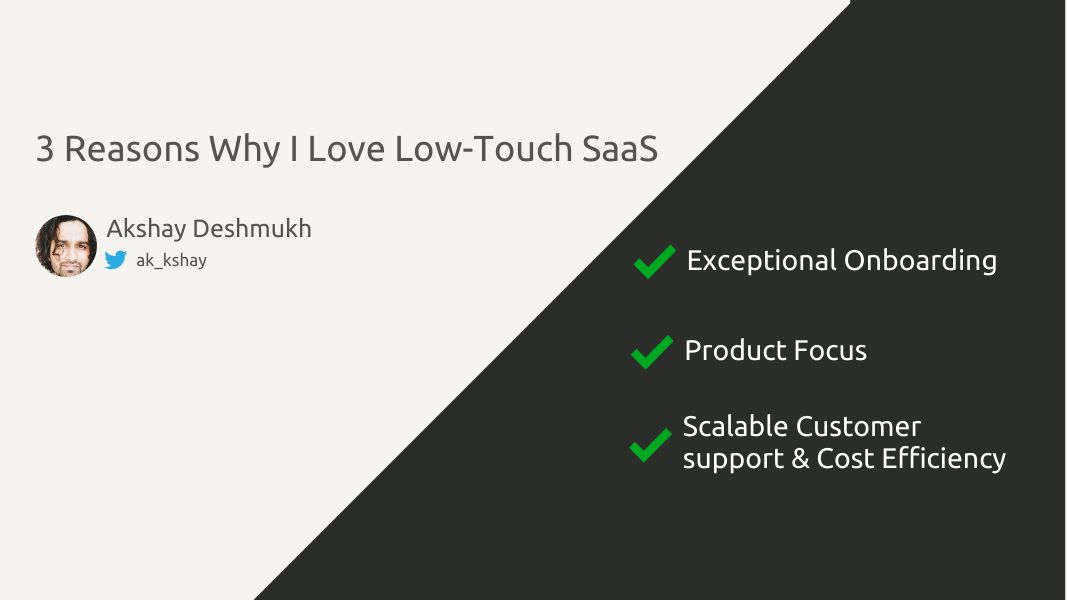 I am a Stripe fanboy. Back in 2014, I remember being mighty impressed at the ease with which we were able to implement a seemingly complicated thing - the billing infrastructure at Zinrelo - using Stripe. Right from the discovery to on-boarding, the API docs to the error messages, everything with Stripe was a cakewalk. And not a single time did we have to interact with a human being at Stripe’s end. After a couple of years, I had a similar experience with another product - Intercom. Integrating Intercom and the whole product experience in general was exceedingly simple requiring no human interaction.
I am a Stripe fanboy. Back in 2014, I remember being mighty impressed at the ease with which we were able to implement a seemingly complicated thing - the billing infrastructure at Zinrelo - using Stripe. Right from the discovery to on-boarding, the API docs to the error messages, everything with Stripe was a cakewalk. And not a single time did we have to interact with a human being at Stripe’s end. After a couple of years, I had a similar experience with another product - Intercom. Integrating Intercom and the whole product experience in general was exceedingly simple requiring no human interaction.
12. Too Many Product Managers End Up as Project Managers
 Transitioning into product management can feel like being air-dropped into a war zone. From the moment you hit the ground there are new people and ideas bombarding you from every angle, and everything seems to be on fire. There is no clearly defined way to reach your destination, but you know you can’t just sit there. For most new product managers starting out, this is a critical moment for your career and the habits you build out as a product manager.
Transitioning into product management can feel like being air-dropped into a war zone. From the moment you hit the ground there are new people and ideas bombarding you from every angle, and everything seems to be on fire. There is no clearly defined way to reach your destination, but you know you can’t just sit there. For most new product managers starting out, this is a critical moment for your career and the habits you build out as a product manager.
13. What I Learned in My First Year as a Product Manager
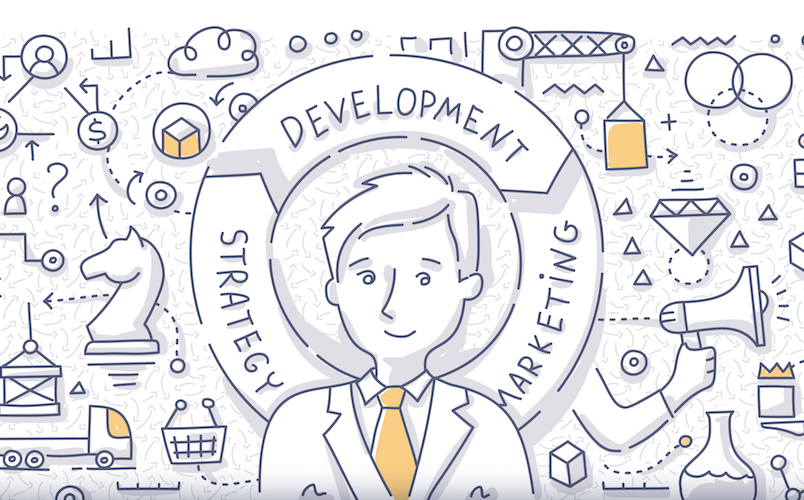 Expectations, surprises, and lots of learning.
Expectations, surprises, and lots of learning.
14. What Product Managers do and How to become one [Part 1 — From Zero to Product Manager]
 This article is Part 1 of the ongoing series From Zero to Product Manager. A set of articles that help you transition to a Product Management role. In this post I explain what a Product Manager (PM) is and how the role can differ across companies, I describe the best qualities of an excellent PM.
This article is Part 1 of the ongoing series From Zero to Product Manager. A set of articles that help you transition to a Product Management role. In this post I explain what a Product Manager (PM) is and how the role can differ across companies, I describe the best qualities of an excellent PM.
15. 7 Best Project Management Tools for Developers (+ Free Templates)

16. What Really Influences A Product Managers’ Job Satisfaction [Deep Dive]
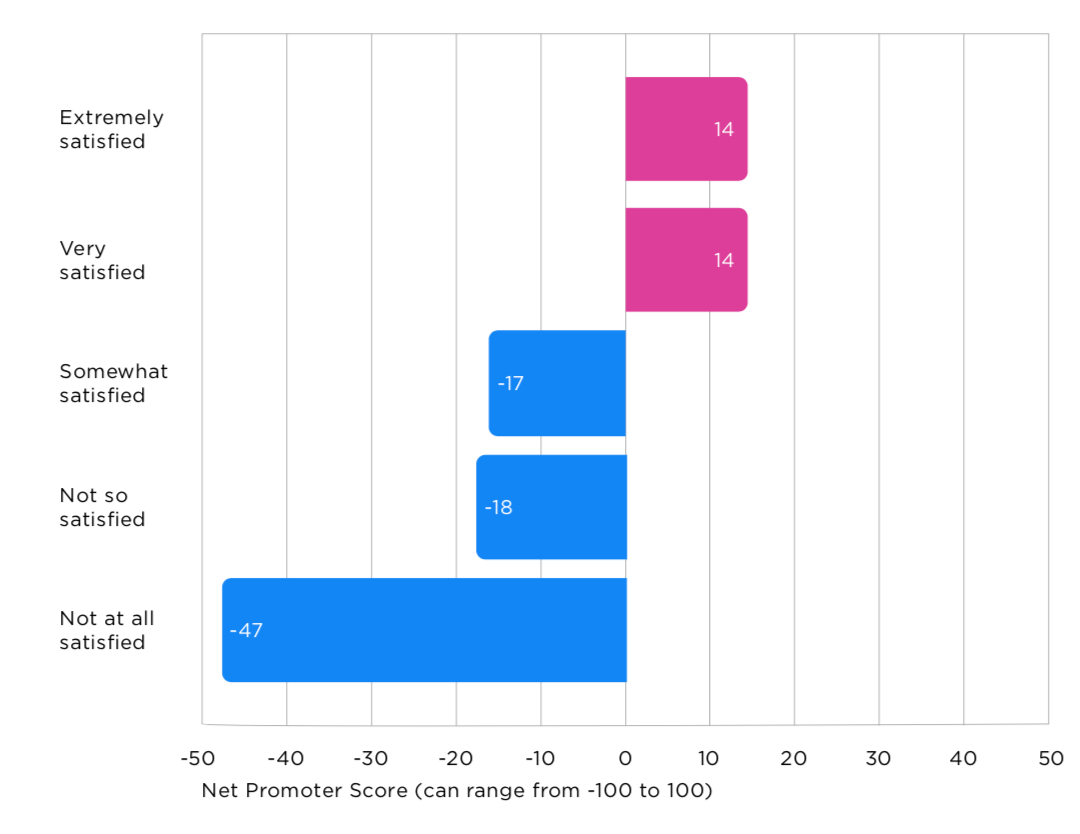 This study shows what lets product managers enjoy their work: culture and company types, roles & responsibilities and team’s alignment, frameworks and methodologies to work with backlog prioritization and impact estimation.
This study shows what lets product managers enjoy their work: culture and company types, roles & responsibilities and team’s alignment, frameworks and methodologies to work with backlog prioritization and impact estimation.
17. A Fun Game with Post-it Notes to Learn About Your Partner
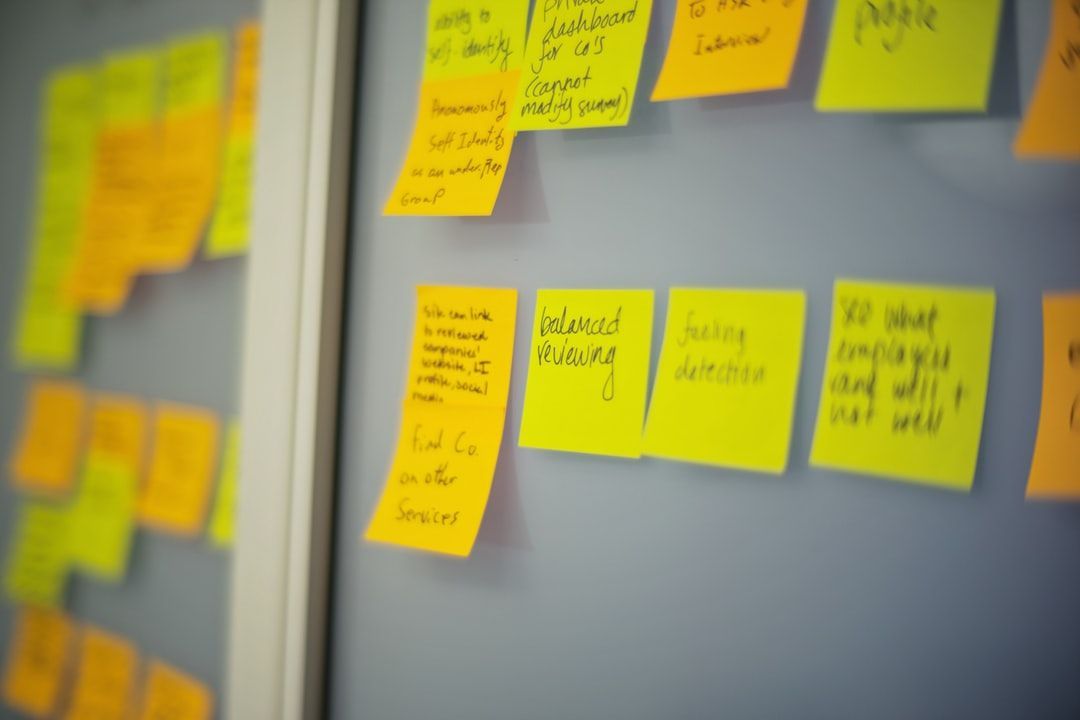 A game with post-it notes that can be played both in-person or virtually using Mural or Miro for learning about your partner's likes, dislikes, and opinions.
A game with post-it notes that can be played both in-person or virtually using Mural or Miro for learning about your partner's likes, dislikes, and opinions.
18. Changing Career Paths from Developer to Product Manager
 More and more developers are eyeing up Product Management as their next big career move. There's got to be a good reason for this trending transition...right?
More and more developers are eyeing up Product Management as their next big career move. There's got to be a good reason for this trending transition...right?
19. What Product Managers Should Know About App Testing
 Even if you are not directly concerned with QA and testing, it is recommended that you at least know the types of tests that need to be run at various...
Even if you are not directly concerned with QA and testing, it is recommended that you at least know the types of tests that need to be run at various...
20. What Are Feature Flags? A Product Manager's Overview
 Feature flags give product managers room to experiment with features. It allows the gradual rollout and enables them to streamline audience access to features
Feature flags give product managers room to experiment with features. It allows the gradual rollout and enables them to streamline audience access to features
21. Yes, There ARE deadlines in Agile

22. Transitioning to Product Management: Resume Writing Tips for Novices
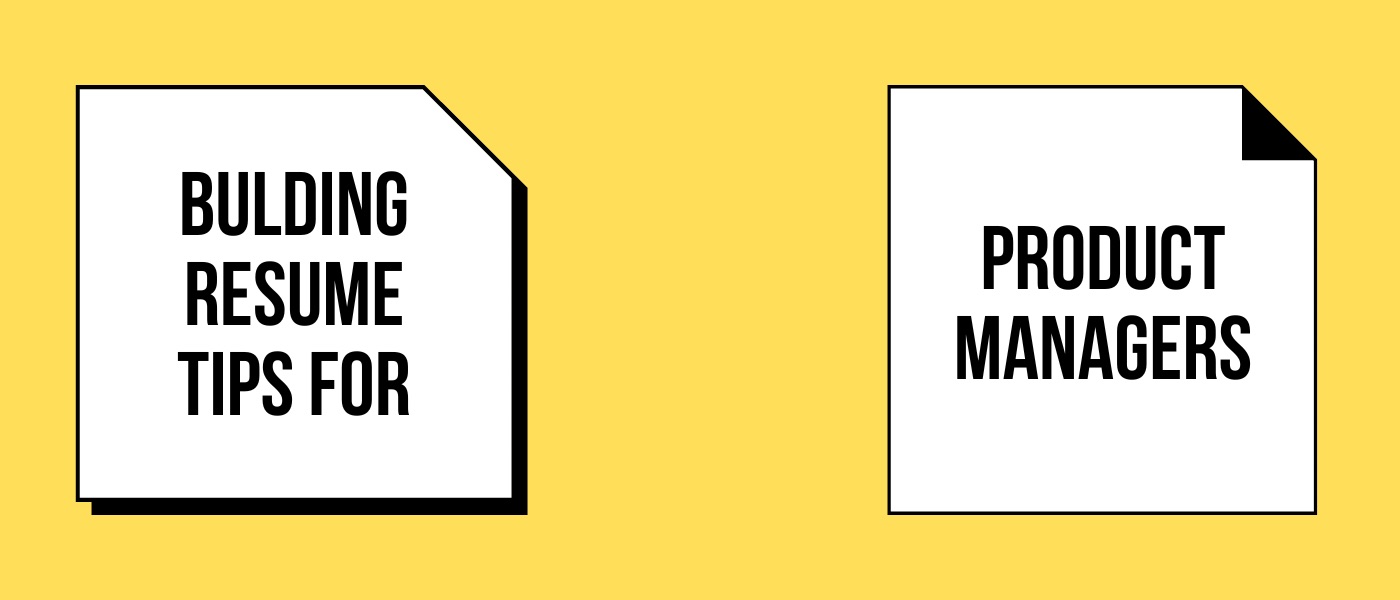 Useful tips on how to write your resume if you are looking for a product manager job.
Useful tips on how to write your resume if you are looking for a product manager job.
23. This Self-Proclaimed Art Illiterate Person Builds Web3 Products for Coinbase
 Meet Noonies 2021Nominee Gagan Gehani
Meet Noonies 2021Nominee Gagan Gehani
24. Explore Must-Know Technical Concepts For Product Managers: Your Guide to the Mind of a Dev
 A relevant list of software-related concepts that every product manager should know to better understand a developer's point of view.
A relevant list of software-related concepts that every product manager should know to better understand a developer's point of view.
25. How to Really Use Git: 10 Rules to Make Git More Useful
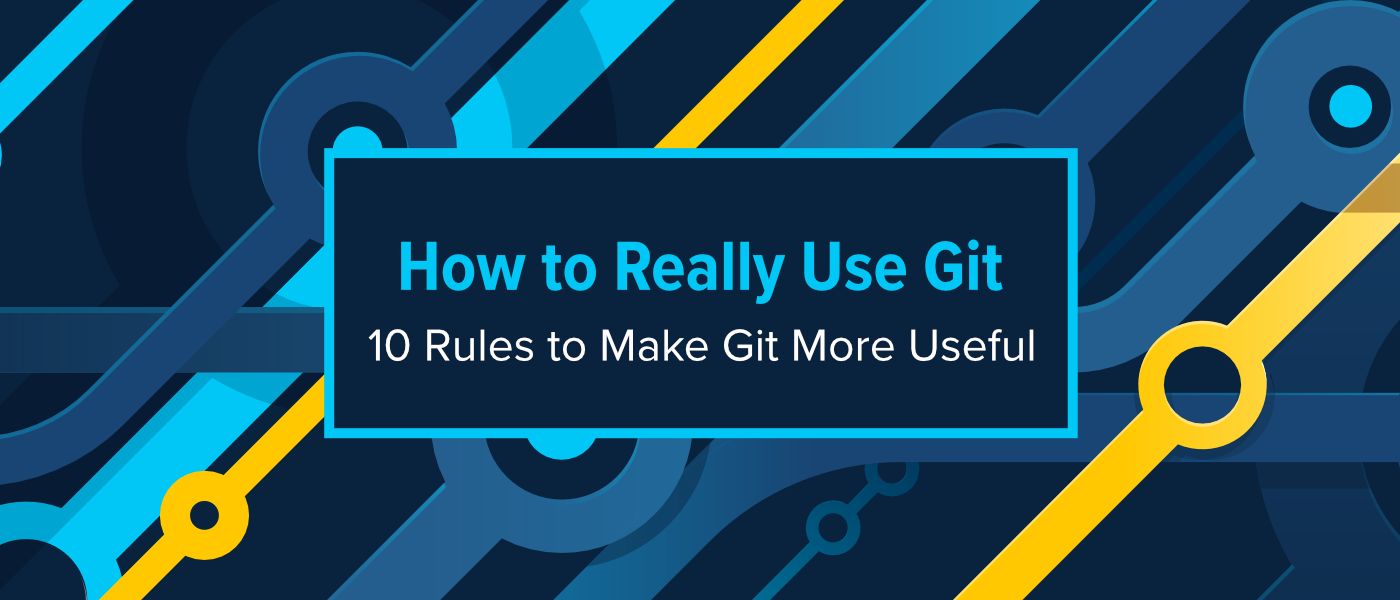 Git is awesome if you know how to use it effectively. It's not just a backup system! Here are 10 best practices for version control with Git.
Git is awesome if you know how to use it effectively. It's not just a backup system! Here are 10 best practices for version control with Git.
26. Can You Use ChatGPT to Save Time Doing Day-to-day Product Management Tasks?
 Product managers, especially in startups, have to deal with a ton of different tasks on a daily basis. Could some of those tasks be made easier with ChatGPT?
Product managers, especially in startups, have to deal with a ton of different tasks on a daily basis. Could some of those tasks be made easier with ChatGPT?
27. Build Better Notification Experiences With Omnichannel Analytics
 In this article, we talk about omnichannel analytics, why analytics are hard for notifications, and what we believe is needed to empower PMs.
In this article, we talk about omnichannel analytics, why analytics are hard for notifications, and what we believe is needed to empower PMs.
28. How to Make Your Team Miserable: 3 Anti-Patterns (not) to Follow
 Hold daily standups. Ideally, this will take an hour every day.
Hold daily standups. Ideally, this will take an hour every day.
29. Answering Metric Questions in Product Manager Interviews
 Product manager interviews usually include a section on metrics. As a data scientist at Uber, I’ve often given or helped friends prepare for these interviews. The difference between candidates who crush the metric questions and those who struggle turns, as far as I can tell, on whether they have a framework that they can apply.
Product manager interviews usually include a section on metrics. As a data scientist at Uber, I’ve often given or helped friends prepare for these interviews. The difference between candidates who crush the metric questions and those who struggle turns, as far as I can tell, on whether they have a framework that they can apply.
30. Realize The Mistakes on The Way to The Success
 Startups are unpredictable, but there are a few common mistakes that every product startup is doomed to make! What matters more, is how you react to them.
Startups are unpredictable, but there are a few common mistakes that every product startup is doomed to make! What matters more, is how you react to them.
31. 11 OKR Examples for Product Managers Chasing Pirate Metrics
 The AARRR funnel divides your users' journey into 5 steps. These funnel priorities can be mapped against the stages of your product lifecycle to develop OKRs.
The AARRR funnel divides your users' journey into 5 steps. These funnel priorities can be mapped against the stages of your product lifecycle to develop OKRs.
32. Great Artists Steal: A Product Manager’s 56 best (and stolen) Insights from 2021
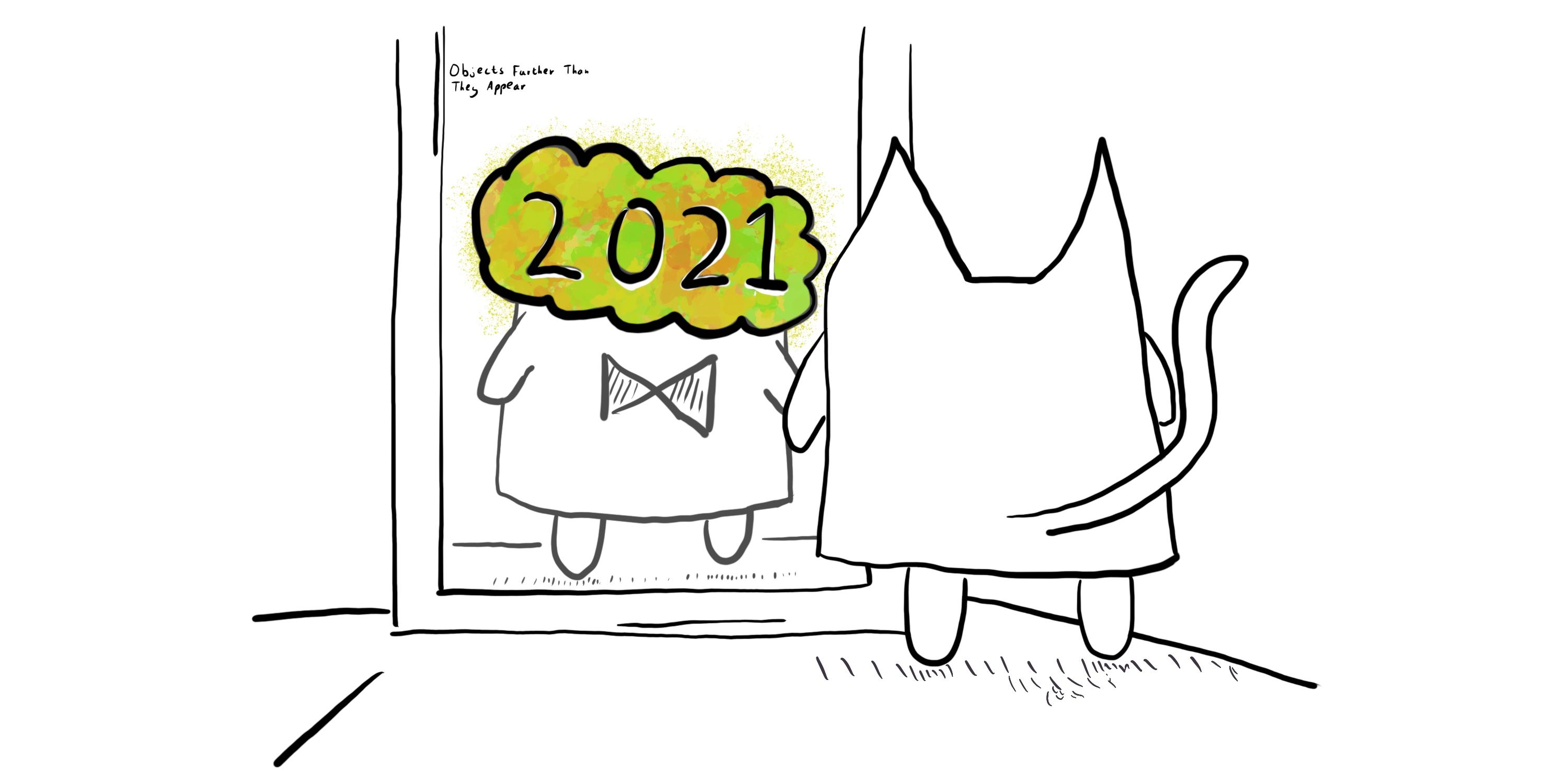 A collection of 56 ideas I came across or developed working as a product manager in 2021.
A collection of 56 ideas I came across or developed working as a product manager in 2021.
33. Principles of Product Management [NEW BOOK]
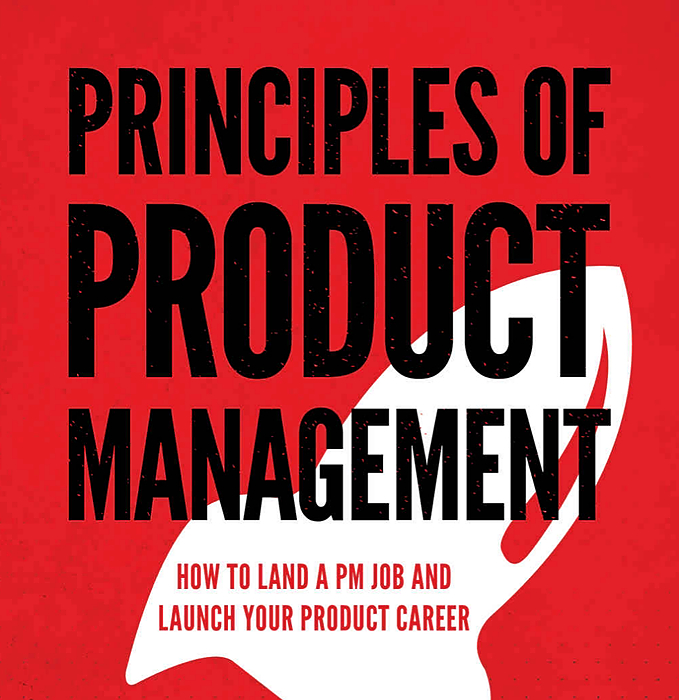 In 2019, I decided to write a book to help new and aspiring product managers land a PM job and launch their careers. My Book, Principles of Product Management, is Now Available!
In 2019, I decided to write a book to help new and aspiring product managers land a PM job and launch their careers. My Book, Principles of Product Management, is Now Available!
34. What does Agile mean to you?

35. The ROI of Git Analytics tools
 Software engineers create all those great platforms and tools for every other industry, and yet, engineering leaders struggle to understand the work of their engineering teams. They struggle to correlate engineering output to business value.
Software engineers create all those great platforms and tools for every other industry, and yet, engineering leaders struggle to understand the work of their engineering teams. They struggle to correlate engineering output to business value.
36. Why Mobile Professionals Should Use More SDK Platforms in 2020
 The number of smartphone users is exploding. This opens up SO many opportunities to be successful in mobile product management today.
The number of smartphone users is exploding. This opens up SO many opportunities to be successful in mobile product management today.
37. Double Diamond Discovery - Part 2
 In my previous post I described how to apply the Double Diamond - a tool of design thinking (https://www.designcouncil.org.uk/news-opinion/what-framework-innovation-design-councils-evolved-double-diamond) - to product discovery. In this post I will be diving deeper into diamond two (D2) where we address four types of risk as defined by SVPG:
In my previous post I described how to apply the Double Diamond - a tool of design thinking (https://www.designcouncil.org.uk/news-opinion/what-framework-innovation-design-councils-evolved-double-diamond) - to product discovery. In this post I will be diving deeper into diamond two (D2) where we address four types of risk as defined by SVPG:
38. We Ditched Jira and Started Using GitHub as Our Project Management Tool
 Developers already have GitHub open and are using it daily. Therefore, it seems only natural to use GitHub as a project management tool.
Developers already have GitHub open and are using it daily. Therefore, it seems only natural to use GitHub as a project management tool.
39. Mastering Trade-Offs for Effective Product Management
 Naturally, the responsibility of choosing the right solution by assessing every aspect of the problem and its possible solutions falls on the shoulders of product managers. As a matter of fact, most common challenges faced by product managers are hefted with the weight of trade-offs. You can learn how to deal with these tradeoffs just by keeping a few things in mind and having a structured decision-making process.
Naturally, the responsibility of choosing the right solution by assessing every aspect of the problem and its possible solutions falls on the shoulders of product managers. As a matter of fact, most common challenges faced by product managers are hefted with the weight of trade-offs. You can learn how to deal with these tradeoffs just by keeping a few things in mind and having a structured decision-making process.
40. How Should You Estimate Bugs?
 Countless hours have been spent by teams all over the world debating over this. But really, should you?
Countless hours have been spent by teams all over the world debating over this. But really, should you?
41. Shifting from a sales-led growth to product-led growth mindset
 The transition from sales-led to product-led growth model: What are the benefits and challenges of the product-led growth model.
The transition from sales-led to product-led growth model: What are the benefits and challenges of the product-led growth model.
42. User Personas in Product Management - Why They're Necessary

43. Stop Confusing Agile Development with Product Development
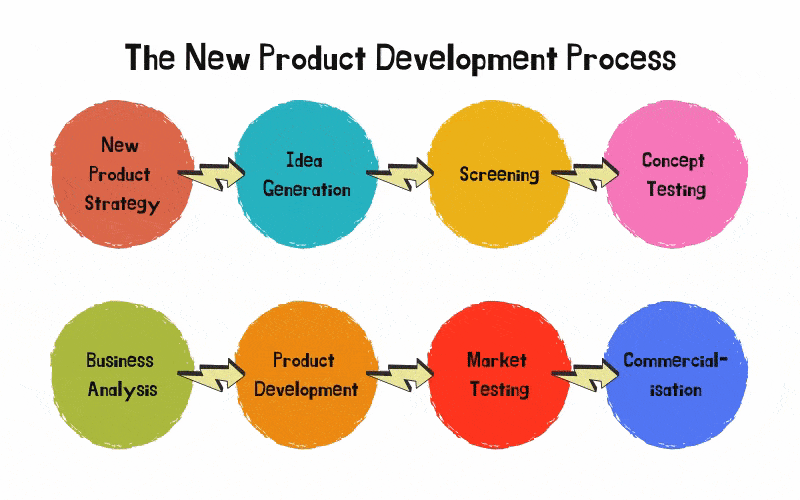 People keep confusing agile with product development but they are different concepts. It’s important to make this distinction because it actually matters. It isn’t just semantics, the confusion is causing us all problems. Understanding this difference may fundamentally change the approach most organisations take to building digital products.
People keep confusing agile with product development but they are different concepts. It’s important to make this distinction because it actually matters. It isn’t just semantics, the confusion is causing us all problems. Understanding this difference may fundamentally change the approach most organisations take to building digital products.
44. How I Use Notion to Manage My Relationship

45. 6 User Story Mistakes That Cause Confusion During Product Development
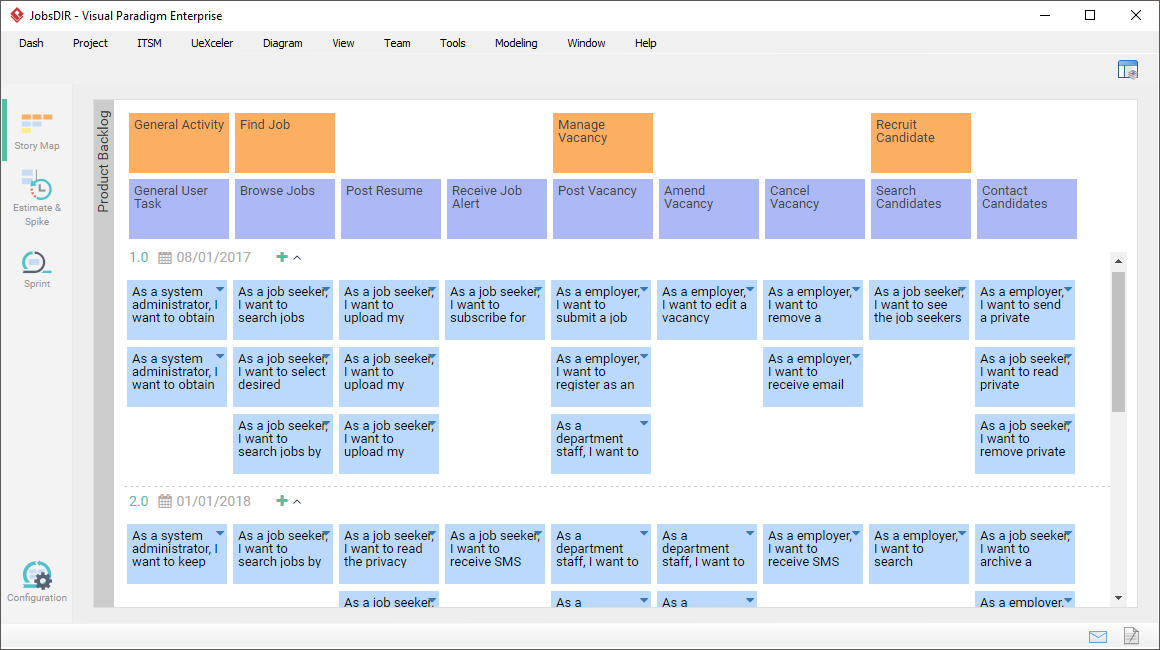 Everyone wants to go Agile today. Teams want to put the user in the center of their product development process while building products. After all, you are building the product for your users, right?
Everyone wants to go Agile today. Teams want to put the user in the center of their product development process while building products. After all, you are building the product for your users, right?
46. Ten Pillars of Every Product Roadmap
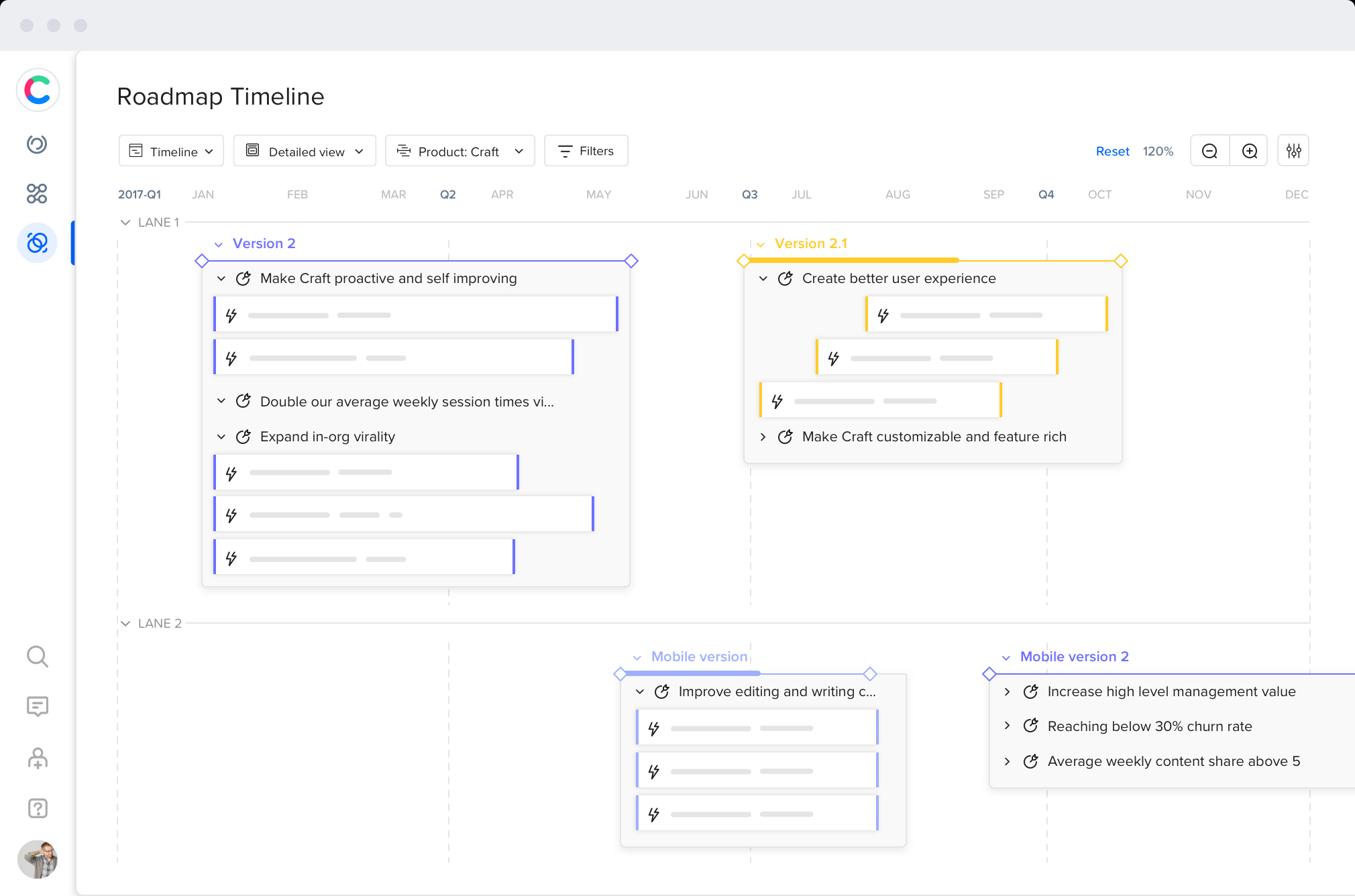 Your product roadmapping is a viable means to depict how this product is prone to develop, to adjust the stakeholders, and to procure a money related arrangement for this product. In any case, making a powerful guide is difficult, especially in agile development, where changes happen as often as possible and often out of the blue. In this way, there are things never to overlook while making your roadmap and sprint backlog. Remembering them will help you in making an intense agile product using scrum sprint backlog, the roadmap template and other powerful product management tools.
Your product roadmapping is a viable means to depict how this product is prone to develop, to adjust the stakeholders, and to procure a money related arrangement for this product. In any case, making a powerful guide is difficult, especially in agile development, where changes happen as often as possible and often out of the blue. In this way, there are things never to overlook while making your roadmap and sprint backlog. Remembering them will help you in making an intense agile product using scrum sprint backlog, the roadmap template and other powerful product management tools.
47. What Product Team Structure is Right for You?
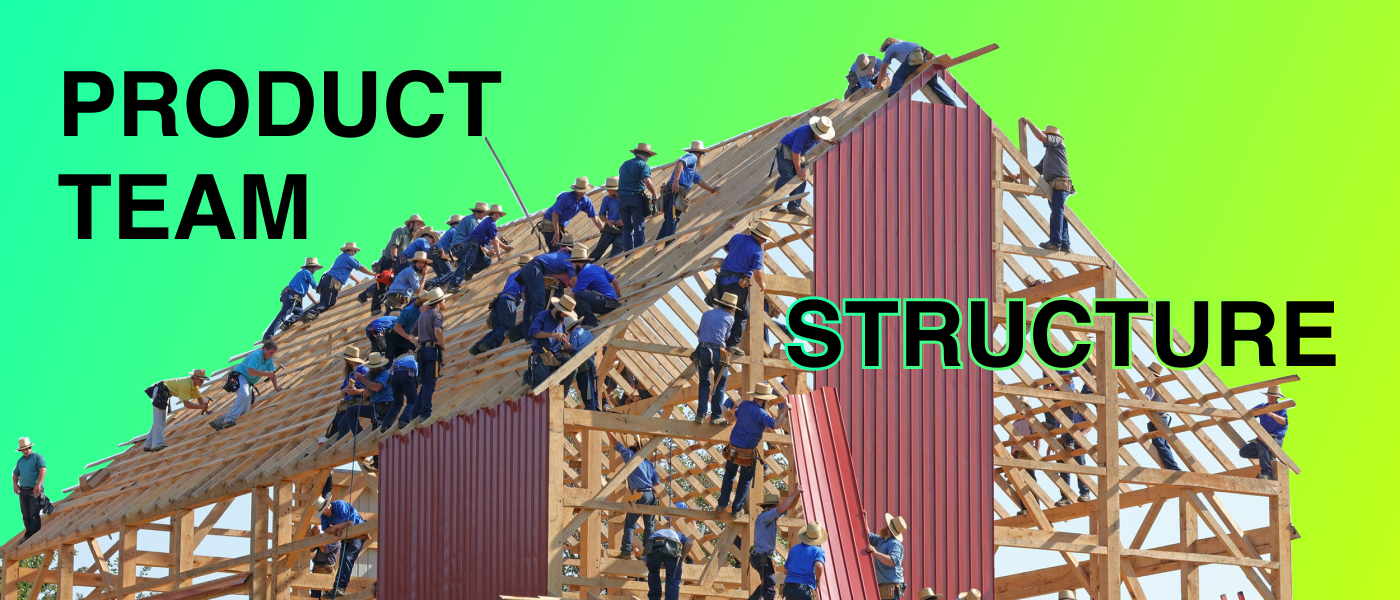 Product team goals and structure transforms together with the entire business. Follow these transformations through every stage of the company’s growth.
Product team goals and structure transforms together with the entire business. Follow these transformations through every stage of the company’s growth.
48. Are People Willing to Pay for Your Product? Here's How to Find Out
 The first step in validating a product idea is not to build a MVP.
The first step in validating a product idea is not to build a MVP.
49. 5 Acceptance Criteria Mistakes Teams Should Avoid
 Everyone wants to go Agile today. Teams want to put the user in the centre of their product development process while building products. After all, you are building the product for your users, right?
Everyone wants to go Agile today. Teams want to put the user in the centre of their product development process while building products. After all, you are building the product for your users, right?
50. How to Distinguish the Abilities of A Product Manager from A Product Engineer
 Who’s a product engineer, anyway? It’s sometimes hard to distinguish between a product manager and a product engineer. In this post, we’ll have a try to figure it out.
Who’s a product engineer, anyway? It’s sometimes hard to distinguish between a product manager and a product engineer. In this post, we’ll have a try to figure it out.
51. Minimum Viable Tool (MVT)
 There is a lot of talk about the Minimum Viable Product — a prototype with just enough features to satisfy early customers, and provide feedback for future development. But feature creep often starts much earlier, in the design & development, if not the ideation stage of a project.
There is a lot of talk about the Minimum Viable Product — a prototype with just enough features to satisfy early customers, and provide feedback for future development. But feature creep often starts much earlier, in the design & development, if not the ideation stage of a project.
52. My Best Employees Keep Leaving and I Know I'm The Reason
 I keep losing my best employees. I know I'm the reason, but I refuse to change. So how do I screw up my best people? I challenge and provide them with feedback.
I keep losing my best employees. I know I'm the reason, but I refuse to change. So how do I screw up my best people? I challenge and provide them with feedback.
53. Defeating Hydra: The Growing Problem of Complexity in Web Development
 Why web development is stupidly complicated, and why the solutions are stupidly simple
Why web development is stupidly complicated, and why the solutions are stupidly simple
54. As a Product Manager, You Need to Unlearn Your Product Every Day
 Product Managers (PM) are responsible for the growth of the product from the very first day. If the product succeeds, the whole product team gets the credit but if it fails, the PM takes complete responsibility for its failure. In this drive to make their product successful, PMs need to spend a lot of time with their product to make it simple and valuable for their users.
Product Managers (PM) are responsible for the growth of the product from the very first day. If the product succeeds, the whole product team gets the credit but if it fails, the PM takes complete responsibility for its failure. In this drive to make their product successful, PMs need to spend a lot of time with their product to make it simple and valuable for their users.
55. Double Diamond Discovery
 Large enterprises have lots of smart people with great ideas. Some of these people are charming, passionate and convincing. Some of these people are very good at lobbying for their idea with your boss’s boss. And some of these people have the patience and persistence of a Zen priest. And then of course we have our users and our customers. And governments and regulatory bodies (cough GDPR).
Large enterprises have lots of smart people with great ideas. Some of these people are charming, passionate and convincing. Some of these people are very good at lobbying for their idea with your boss’s boss. And some of these people have the patience and persistence of a Zen priest. And then of course we have our users and our customers. And governments and regulatory bodies (cough GDPR).
56. The Illusion of Productivity with Expensive Gadgets
 The curse of being a student is having a huge amount of educational fees unless you are sponsored by someone. Especially when you are having higher expenses on your educational essentials, you run short on money to manage your desk setup like the one you’ve seen on Youtube. But wait, it is really necessary to have a perfect setup?
The curse of being a student is having a huge amount of educational fees unless you are sponsored by someone. Especially when you are having higher expenses on your educational essentials, you run short on money to manage your desk setup like the one you’ve seen on Youtube. But wait, it is really necessary to have a perfect setup?
57. Zoom's Nine Year Path to Overnight Success
 Zoom has been in news a lot lately. It has gone from being an enterprise solution to a household name pretty fast.
Zoom has been in news a lot lately. It has gone from being an enterprise solution to a household name pretty fast.
58. The Secrets to Building a World-Class Software Engineering Team to Create Cutting-Edge Products
 Skilled IT workers are challenging to find and keep – and the talent shortage is bound to continue in 2022. But there’s a recipe that’s guaranteed to work...
Skilled IT workers are challenging to find and keep – and the talent shortage is bound to continue in 2022. But there’s a recipe that’s guaranteed to work...
59. How to Solve Product Design Questions|The Great PM Interview
 A comprehensive guide to Product Manager Interview questions asked in top Product companies (Facebook, Google, Whatsapp, Instagram). How to design a product ?
A comprehensive guide to Product Manager Interview questions asked in top Product companies (Facebook, Google, Whatsapp, Instagram). How to design a product ?
60. Using a Spreadsheet to Build a Mobile App (in 3 hours)
 As a product builder↗️, I built micro tools to solve my own problems. For example: article tool, portfolio tracker, SaaS tracker, habit tracker, and finance tracker
As a product builder↗️, I built micro tools to solve my own problems. For example: article tool, portfolio tracker, SaaS tracker, habit tracker, and finance tracker
61. How To Say "No" At Work Without Sounding Like A Jerk
 “No” is often equated with being mean but “no” isn’t about shutting projects and people down. Here's how to say no in a corporate setting without sounding rude.
“No” is often equated with being mean but “no” isn’t about shutting projects and people down. Here's how to say no in a corporate setting without sounding rude.
62. How Does Technical Debt Drive Up Business Expenses?
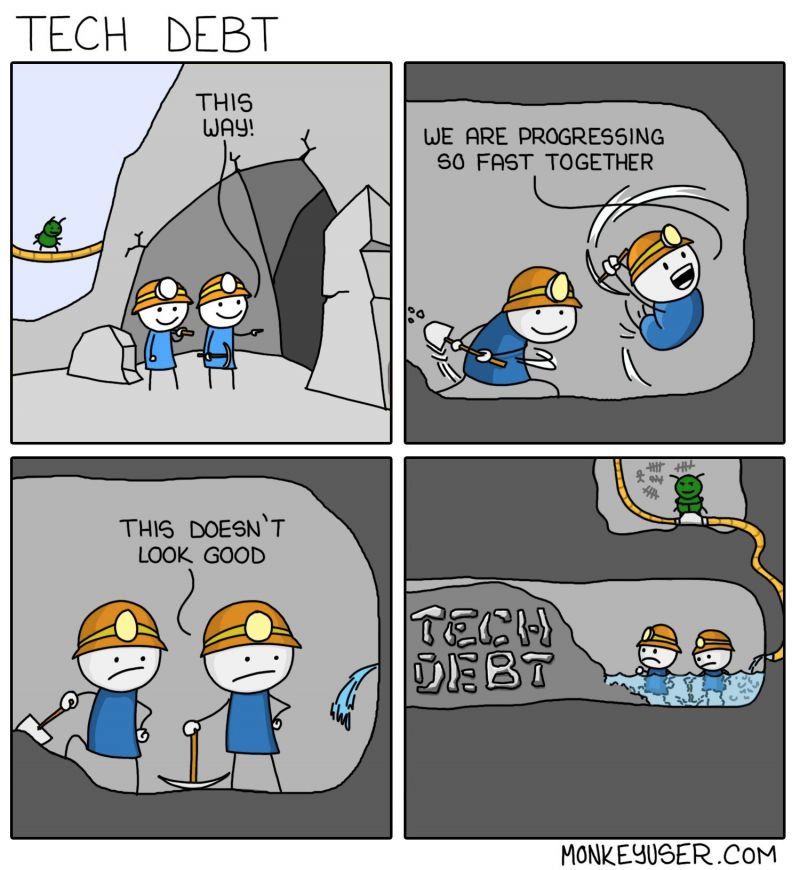 How does tech debt cost you? Here are 6 reasons why managing technical debt should be part of your business plan.
How does tech debt cost you? Here are 6 reasons why managing technical debt should be part of your business plan.
63. The Rise of MLOps: What We Can All Learn from DevOps
 The MLOps Conference took place earlier this week at Hudson Mercantile in New York City. Experts from the New York Times, Twitter, Netflix and Iguazio, the host company, spoke about best practices and machine learning implementation throughout a variety of different organizations.
The MLOps Conference took place earlier this week at Hudson Mercantile in New York City. Experts from the New York Times, Twitter, Netflix and Iguazio, the host company, spoke about best practices and machine learning implementation throughout a variety of different organizations.
64. Create an Effective Product Roadmap by Using Uncertainty Bubbles

65. Minimum Usable Product

66. Year in Review 2020: Profitable Side Project, Startup MVPs and more
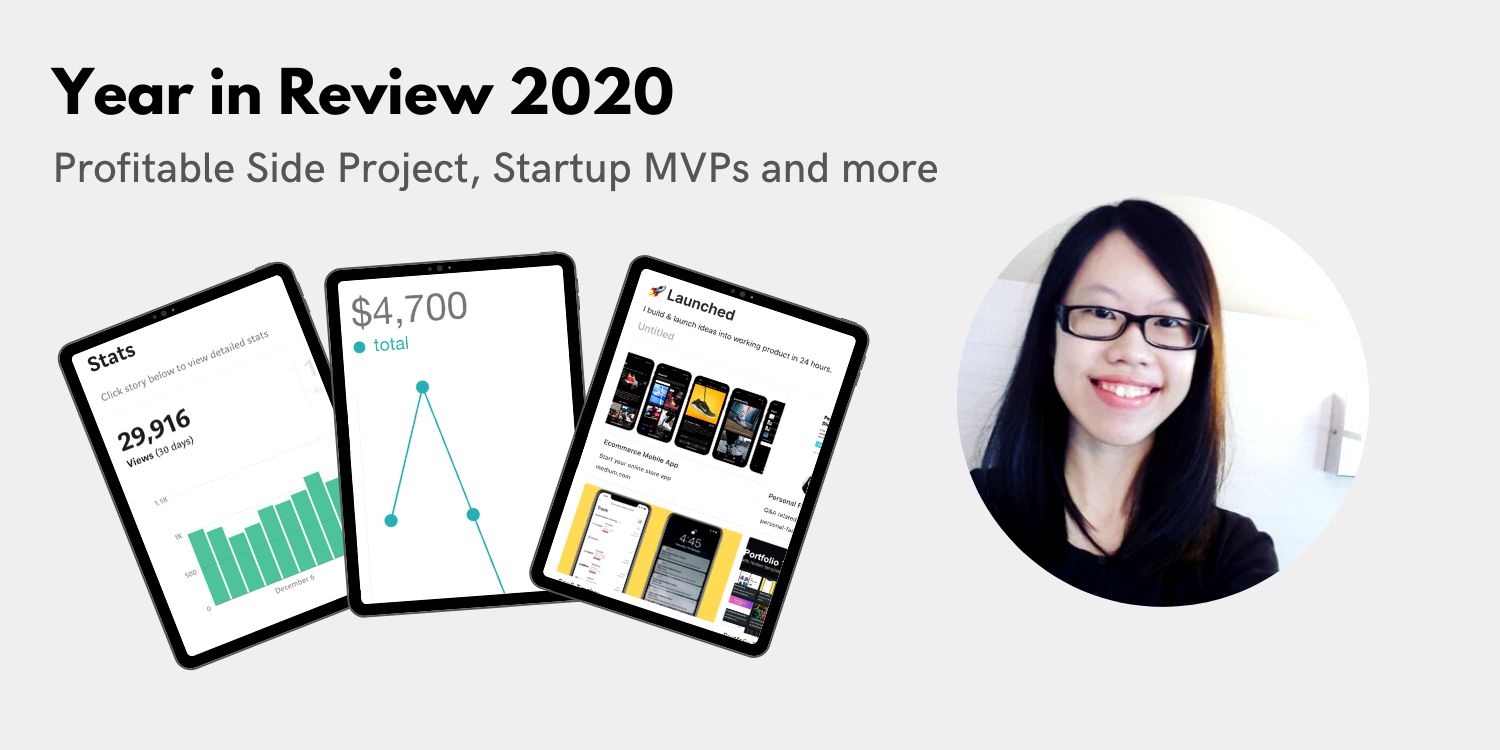 My process in building things that can invent opportunities for our business and career
My process in building things that can invent opportunities for our business and career
67. A Checklist of Questions to Ask as a New Product Manager
 Start-ups are super exciting, fun and challenging. You have a notch above of all these when you join as a product leader/manager in start-ups where the product offering is unique yet interesting, the potential is high but the road ahead is less travelled and undiscovered.
Start-ups are super exciting, fun and challenging. You have a notch above of all these when you join as a product leader/manager in start-ups where the product offering is unique yet interesting, the potential is high but the road ahead is less travelled and undiscovered.
68. How You Can Measure and Evaluate Performance of Software Engineers
 Engineers need feedback so they can improve skills and deepen knowledge. According to the editor of the Inc. Magazine, Jeff Hayden, traditional metrics can be misleading, as they do not always offer a clear result. Evaluating the work of staff used to be difficult, before Git Analytics tools, such as Waydev came up with a data-driven approach to engineering leadership to help you bring out the best in your engineers.
Engineers need feedback so they can improve skills and deepen knowledge. According to the editor of the Inc. Magazine, Jeff Hayden, traditional metrics can be misleading, as they do not always offer a clear result. Evaluating the work of staff used to be difficult, before Git Analytics tools, such as Waydev came up with a data-driven approach to engineering leadership to help you bring out the best in your engineers.
69. Build an eCommerce Mobile App using Google Sheets, Stripe And Glide
 Last week, one of my Product2kit customers who bought a no-code template asked if I can create a template for eCommerce use cases. I took his idea and came up with this online sneaker store. Here’s my app building process:
Last week, one of my Product2kit customers who bought a no-code template asked if I can create a template for eCommerce use cases. I took his idea and came up with this online sneaker store. Here’s my app building process:
70. How to Build and Validate a Startup Idea with a Landing Page MVP [In Less Than Two Hours]
 The toolkit to help you build MVP with $0 capital and 0 code
The toolkit to help you build MVP with $0 capital and 0 code
71. Double Diamond Discovery: Part 3
 Discovery is undertaken in two steps with continuous iteration within each step. Step one is ensuring we are solving the right problem and step two is ensuring we are solving the problem right. This post is about step one in this process, AKA diamond one (D1) - my previous post explains step two, AKA diamond two (D2). I started this series with an overview of how to apply the double diamond to product discovery. Again thanks to the British design council for their very awesome double diamond.
Discovery is undertaken in two steps with continuous iteration within each step. Step one is ensuring we are solving the right problem and step two is ensuring we are solving the problem right. This post is about step one in this process, AKA diamond one (D1) - my previous post explains step two, AKA diamond two (D2). I started this series with an overview of how to apply the double diamond to product discovery. Again thanks to the British design council for their very awesome double diamond.
72. Picking the Right Metrics: The Ultimate Guide for Product Managers
 This article provides definitions on what key metrics are, a framework for categorizing them, and recommendations of four basic rules to set useful metrics, using real-life examples.
This article provides definitions on what key metrics are, a framework for categorizing them, and recommendations of four basic rules to set useful metrics, using real-life examples.
73. Promises, Microservices, and Intent

74. 3 Open Source Product Information Management (PIM) Solutions
 There are many commercial Product Information Management (PIM) solutions available on the market. And there are 3 free open source solutions: Akeneo, Pimcore and OpenPIM that you can use to implement a PIM system in your company. I am going to compare these 3 solutions with each other.
There are many commercial Product Information Management (PIM) solutions available on the market. And there are 3 free open source solutions: Akeneo, Pimcore and OpenPIM that you can use to implement a PIM system in your company. I am going to compare these 3 solutions with each other.
75. Once Upon a Time In the East — A Product Manager's Story
 Disclaimer: All characters and events depicted in this article are entirely real (and represents the protagonist i.e. the author himself). Any similarity to actual events or persons, living or dead, is strictly intentional.
Disclaimer: All characters and events depicted in this article are entirely real (and represents the protagonist i.e. the author himself). Any similarity to actual events or persons, living or dead, is strictly intentional.
76. UX Takeaways From An Indian Food Delivery App That Serves 1.4 Million Orders Everyday
 “Good design is actually a lot harder to notice than poor design, in part because good designs fit our needs so well that the design is invisible,” ― Don Norman
“Good design is actually a lot harder to notice than poor design, in part because good designs fit our needs so well that the design is invisible,” ― Don Norman
77. How to Create a Converting Website for EdTech; An Analysis of 30 Landing Pages
 I analysed the TOP30 fastest growing EdTech landings to understand their conversion techniques. Result – 42 CRO techniques you could leverage for your product.
I analysed the TOP30 fastest growing EdTech landings to understand their conversion techniques. Result – 42 CRO techniques you could leverage for your product.
78. How to Launch a Product Successfully

79. 🏅year in Review: Tools That Helped my Productivity as a Software Engineer
 As a software engineer, you have to find the perfect mix of tools and templates that can help make you more efficient in your day-to-day tasks.
As a software engineer, you have to find the perfect mix of tools and templates that can help make you more efficient in your day-to-day tasks.
80. How To Develop A New Product Development Strategy: From Idea to Commercialization

81. Product Manager of the Year: Hacker Noon Awards 2019 | #Noonies
 UPDATE
UPDATE
82. Managing a Bad Product Strategy
 How to Identify and Navigate Chaos in your Product Strategy
How to Identify and Navigate Chaos in your Product Strategy
83. The No Bullshit Guide to Product Management
 Why it is sometimes confusing to read about product management and why I wrote this guide: I actually wrote this guide in reaction to reading some other product management guides. I noticed that a lot of the guides I read were from pms at larger companies and didn’t actually have what I thought were the core pathways, skills, and experiences regarding product management. The guides did have a lot of tangential anecdotes, a lot of the typical hr-approved talking points of larger companies, and a lot of “check out this cool thing we did.” I tried to write this guide like something you’d hear after getting that Google pm drunk at a bar after the conference instead of hearing his talking points during the conference.
Why it is sometimes confusing to read about product management and why I wrote this guide: I actually wrote this guide in reaction to reading some other product management guides. I noticed that a lot of the guides I read were from pms at larger companies and didn’t actually have what I thought were the core pathways, skills, and experiences regarding product management. The guides did have a lot of tangential anecdotes, a lot of the typical hr-approved talking points of larger companies, and a lot of “check out this cool thing we did.” I tried to write this guide like something you’d hear after getting that Google pm drunk at a bar after the conference instead of hearing his talking points during the conference.
84. Unprecedented Demand for Product Managers in the US...But Not Where You Thought
 Curiosity may have killed the cat but makes a better Product Manager. True to this statement, I recently conducted a study on Product Management hiring in the US. We’ve all heard hand-wavy statements about Product Management growing, I was curious to know, ‘How much is it really growing? What’s actually responsible?’ I looked at publicly available data from Indeed and LinkedIn using the Wayback Machine and Google Search respectively to answer these questions and what I found out was pretty interesting as well as surprising.
Curiosity may have killed the cat but makes a better Product Manager. True to this statement, I recently conducted a study on Product Management hiring in the US. We’ve all heard hand-wavy statements about Product Management growing, I was curious to know, ‘How much is it really growing? What’s actually responsible?’ I looked at publicly available data from Indeed and LinkedIn using the Wayback Machine and Google Search respectively to answer these questions and what I found out was pretty interesting as well as surprising.
85. Simple Framework To Document Microservices And A Bonus Tool 🚀
 Over the years of working with microservices, we discovered key points that you have to keep track of in order to maintain good ...
Over the years of working with microservices, we discovered key points that you have to keep track of in order to maintain good ...
86. How To Use My HAMMER Notion Template To Nail Product Planning
 From product vision to engaging roadmap in 5 steps.
From product vision to engaging roadmap in 5 steps.
87. A Junior Developer Explains Task Estimation
 A deep-dive into iteration planning and predicting how long something will take
A deep-dive into iteration planning and predicting how long something will take
88. Mobile App Heatmaps: A Powerful Weapon (And How to Use Them)

89. 4 Reasons You Shouldn't Use MoSCoW for Product Prioritization
 I often see MoSCoW being used to prioritise product development work, but for anything mildly complex (almost anything, really), and especially any product with more than one customer, it isn’t appropriate. Here’s why.
I often see MoSCoW being used to prioritise product development work, but for anything mildly complex (almost anything, really), and especially any product with more than one customer, it isn’t appropriate. Here’s why.
90. Why Start With The First Usable Version of Your Product, Instead of the Best Version
 There are many possible approaches to launch a new product, and just as many obstacles along the way. However, there's a way of assessing the chances of success before diving in full commitment, and that's where the Minimum Viable Product (MVP) comes in.
There are many possible approaches to launch a new product, and just as many obstacles along the way. However, there's a way of assessing the chances of success before diving in full commitment, and that's where the Minimum Viable Product (MVP) comes in.
91. "Flutter Is To Apps As Unity Is To Games" - Tim Sneath
 We talked with Tim Sneath, Google's product manager for Flutter and Dart, about how both the language and the framework have evolved over the last two years, how they're being used today, and where they're headed.
We talked with Tim Sneath, Google's product manager for Flutter and Dart, about how both the language and the framework have evolved over the last two years, how they're being used today, and where they're headed.
92. Google, the Rise of Junk Articles and Why it has Become Harder to Find Info on the Web
 You’re googling something. The first result seems promising. You open it. It’s a really long, messy article, and you can’t find your needle in this haystack.
You’re googling something. The first result seems promising. You open it. It’s a really long, messy article, and you can’t find your needle in this haystack.
93. Everything I Learned About Generating Startup Ideas in My First 10 Years as a Founder
 This article is a compilation of everything that I learned about how to generate product ideas. It’s my my way of learning and it’s not a finished work I will update it as I learn more in my journey to great great products.
This article is a compilation of everything that I learned about how to generate product ideas. It’s my my way of learning and it’s not a finished work I will update it as I learn more in my journey to great great products.
94. Double Diamond Discovery - Part 4 and final

95. Breaking Into Product Management: A Guide
 Over the last 2 weeks, 7 friends have asked me how they can break into Product Management. Additionally, I have got an opportunity to interview several people from product management roles over the last year where I see first time candidates making the same mistakes over and over again.
Over the last 2 weeks, 7 friends have asked me how they can break into Product Management. Additionally, I have got an opportunity to interview several people from product management roles over the last year where I see first time candidates making the same mistakes over and over again.
96. Stick and Move: Strategies for Fighting Technical Debt
 In the fast-paced world of software development, there is a fine line between “doing it fast,” and “doing it right.” Deadlines and time-to-market often dictate a pace that can lead engineering teams to implement features or code fixes in the easiest way possible. The benefit of this is that a product can release fast and entice users to their functionality before a competitor has the chance to usurp said prospective users. The downside, however, is a lurking foe that software teams often ignore to at their own peril: technical debt.
In the fast-paced world of software development, there is a fine line between “doing it fast,” and “doing it right.” Deadlines and time-to-market often dictate a pace that can lead engineering teams to implement features or code fixes in the easiest way possible. The benefit of this is that a product can release fast and entice users to their functionality before a competitor has the chance to usurp said prospective users. The downside, however, is a lurking foe that software teams often ignore to at their own peril: technical debt.
97. Maker vs Doer: How I Returned To Product Management
 I, Taras Zherebetskyy, Product Owner at Tradalaxy international marketplace[1], talk about transferring from service business to
work with products and launching a new one.
I, Taras Zherebetskyy, Product Owner at Tradalaxy international marketplace[1], talk about transferring from service business to
work with products and launching a new one.
98. Should You Care About Your Cover Letter?
 Few years ago, when I was leading one of the top Belgian Applicant Tracking System, I had the opportunity to work closely with many HR professionals. Throughout my career I also hired a lot of people myself both for my companies and for others. As I keep seeing this topic arising on LinkedIn I went back to my blogging archives to republish an article on cover letters. I can’t wait to get your feedback.
Few years ago, when I was leading one of the top Belgian Applicant Tracking System, I had the opportunity to work closely with many HR professionals. Throughout my career I also hired a lot of people myself both for my companies and for others. As I keep seeing this topic arising on LinkedIn I went back to my blogging archives to republish an article on cover letters. I can’t wait to get your feedback.
99. Reddit's Origin Story and Persistent Path to Product Market Fit
 Welcome to the first edition of Product Stories. The first product that I have chosen is Reddit — a company that thousands of startups have tried to emulate but always failed to do so. Let’s look at why that is and what’s so special about Reddit.
Welcome to the first edition of Product Stories. The first product that I have chosen is Reddit — a company that thousands of startups have tried to emulate but always failed to do so. Let’s look at why that is and what’s so special about Reddit.
100. Main 5 Uncommon Traits of a Product Manager Role

101. The Chicken, The Egg, and The Product Manager
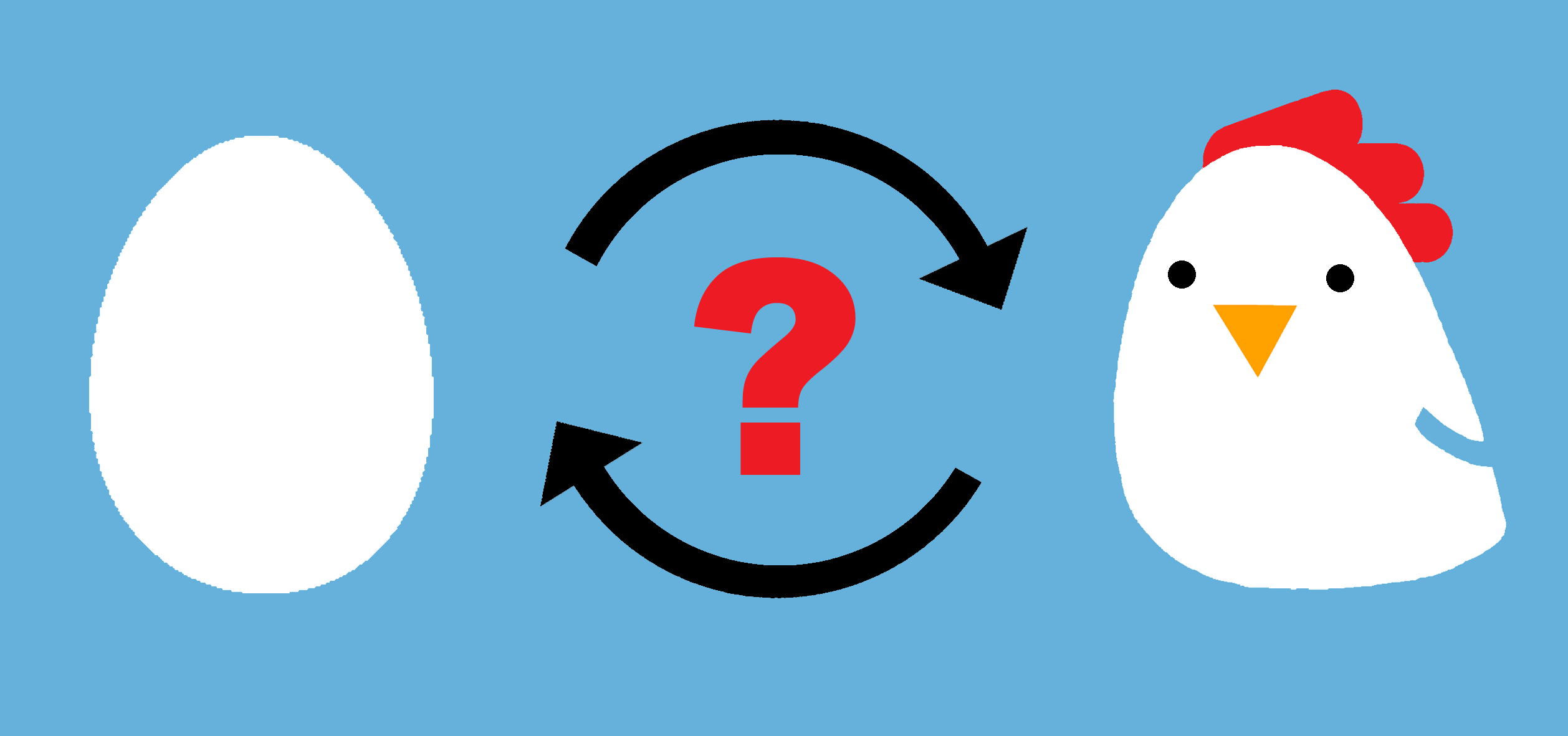 Here’s a scenario you might be familiar with. Say you’re starting a new role as a PM in a startup company (congrats!). You find that the startup has created a robust product with many different features and capabilities. Trying to gain some clarity and focus you ask: “which of those features are most/least used?”. Turns out, nobody knows. So you implement basic analytics mechanisms, wait for a week or two and then come back to the team equipped with a bunch of fancy graphs.
Here’s a scenario you might be familiar with. Say you’re starting a new role as a PM in a startup company (congrats!). You find that the startup has created a robust product with many different features and capabilities. Trying to gain some clarity and focus you ask: “which of those features are most/least used?”. Turns out, nobody knows. So you implement basic analytics mechanisms, wait for a week or two and then come back to the team equipped with a bunch of fancy graphs.
102. You Need To Introduce Machine Learning to Your Business, Period.
 Neural networks are often generated to be larger than is strictly necessary for initialization and then pruned after training to a core group of nodes. Today, machine learning is now considered to be one of the biggest innovations used in a wide range of applications.
Neural networks are often generated to be larger than is strictly necessary for initialization and then pruned after training to a core group of nodes. Today, machine learning is now considered to be one of the biggest innovations used in a wide range of applications.
103. 5 Lessons from My First 90 Days in Tech
 Advice and lessons learned from 3 months working as a product manager in the technology industry.
Advice and lessons learned from 3 months working as a product manager in the technology industry.
104. A Principal Software Engineer's Guide to Planning Projects Painlessly
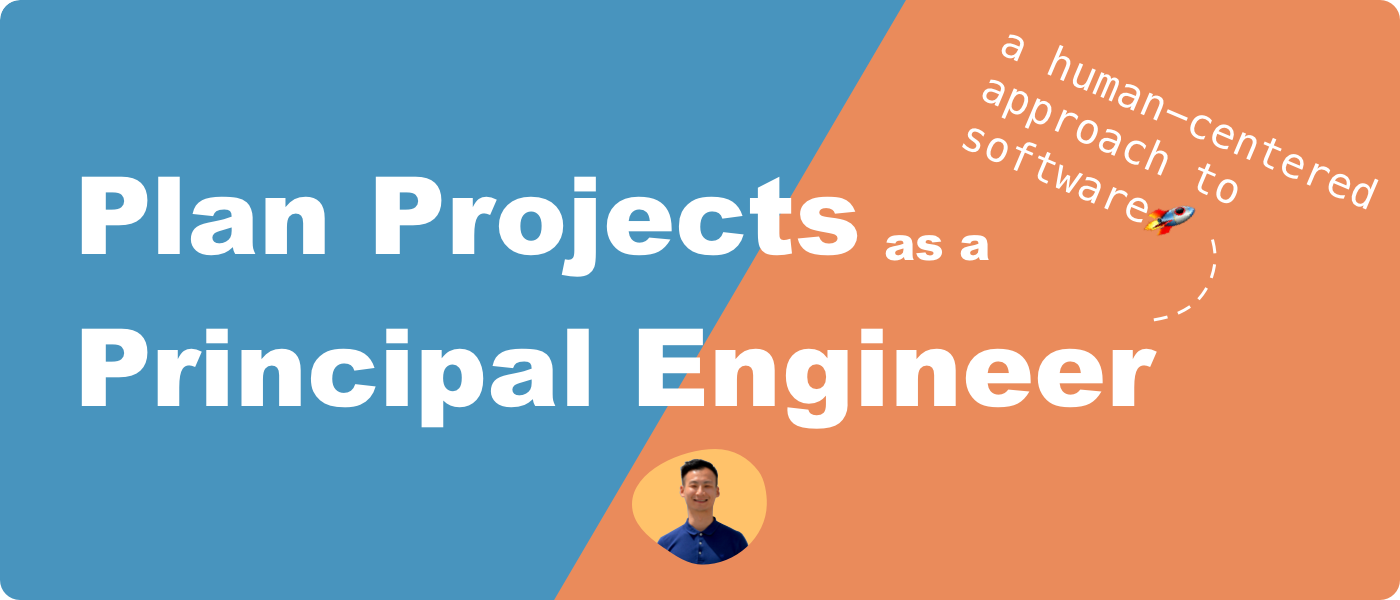 Planning as a principal engineer is all about bringing engineering, business, and people close together. Here are the things to consider.
Planning as a principal engineer is all about bringing engineering, business, and people close together. Here are the things to consider.
105. A Systematic Approach to Building Products (Template)
 If you’re working on something new, there are so many directions your work and product can take.
If you’re working on something new, there are so many directions your work and product can take.
106. Do Product Managers Need to Understand SQL and Python?
 We asked our Product Management community, ‘Do Product Managers Need SQL/ Python?' Read all about what they had to say.
We asked our Product Management community, ‘Do Product Managers Need SQL/ Python?' Read all about what they had to say.
107. Git-Flow is the Source of Productivity, Not Confusion

108. A Brief Guide to the Laws of UX for Product Managers
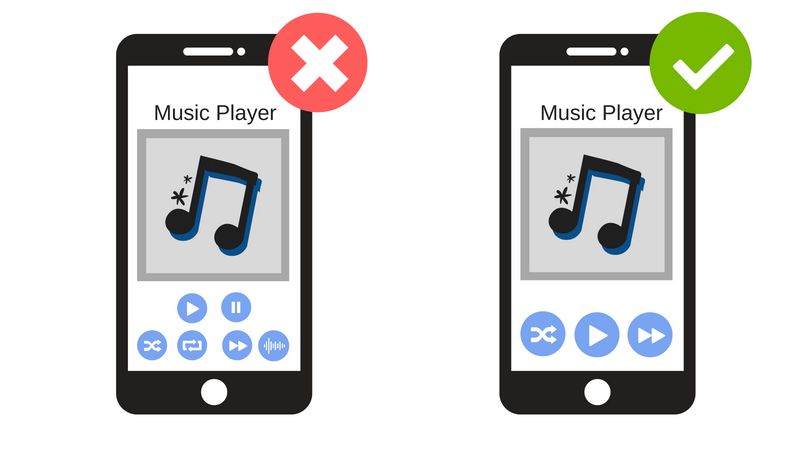 The Laws of UX categorized under heuristics help us understand the cognitive and behavioral ways that humans generally interact with products. Let’s delve in!
The Laws of UX categorized under heuristics help us understand the cognitive and behavioral ways that humans generally interact with products. Let’s delve in!
109. Don't Give Us MVPs, We Want MJPs (Minimally enJoyable Products): An Analysis
 Minimally Viable Products are a myth or, if you prefer a mental model. Always wrong but sometimes useful.
Minimally Viable Products are a myth or, if you prefer a mental model. Always wrong but sometimes useful.
110. Engineering Management: The Nine Challenges
 “I would describe an engineering manager as a Sergeant Major. They are very much part of the mission delivery team and manage a group of experts to perform specific tasks,” says David Ives, Engineering Manager at Pusher.
“I would describe an engineering manager as a Sergeant Major. They are very much part of the mission delivery team and manage a group of experts to perform specific tasks,” says David Ives, Engineering Manager at Pusher.
111. Using Low Code Tools to Ship Products Faster
 In this era of digital transformation, the ability to ship products quickly is a precious trait. Embracing the changes in technology and the newest innovations is no longer limited to the high-flying startups in Silicon Valley. Now, every company is becoming a technology company in some way.
In this era of digital transformation, the ability to ship products quickly is a precious trait. Embracing the changes in technology and the newest innovations is no longer limited to the high-flying startups in Silicon Valley. Now, every company is becoming a technology company in some way.
112. How We Manage Editorial At Hacker Noon
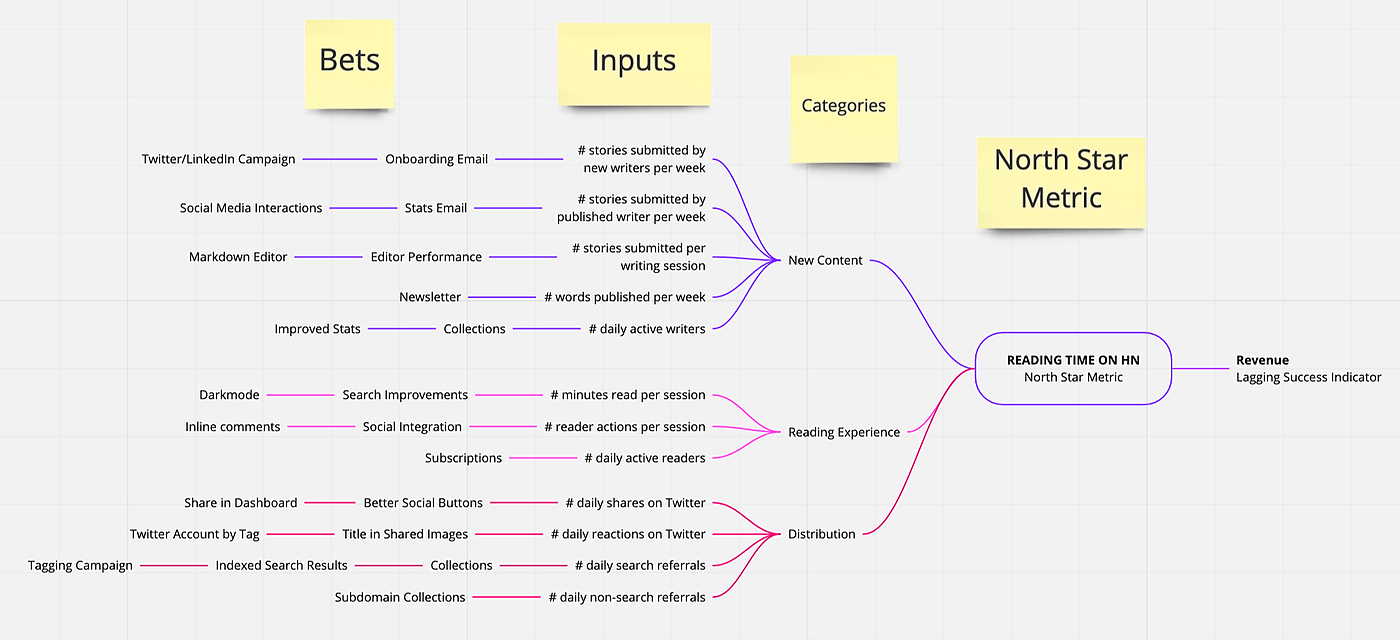 At Hacker Noon's first All-Hands company meeting for 2020, CPO Dane Lyons talked the team through how the North Star framework applies to Hacker Noon. Since the term is pretty self-explanatory, I'll get straight to the story of how we're using this framework to prioritize activity.
At Hacker Noon's first All-Hands company meeting for 2020, CPO Dane Lyons talked the team through how the North Star framework applies to Hacker Noon. Since the term is pretty self-explanatory, I'll get straight to the story of how we're using this framework to prioritize activity.
113. Build Your Product Roadmap for 2020 Today With One of These Great Tools
 What is a Product Roadmap?
What is a Product Roadmap?
114. Agile Is Not Enough: Empowered On Innovation
 How do tech's top companies innovate at scale? It's not just Agile. According to Empowered, it's product discovery, a focus on problems, and coaching culture.
How do tech's top companies innovate at scale? It's not just Agile. According to Empowered, it's product discovery, a focus on problems, and coaching culture.
115. How Doing Product Discovery Can Help You Build A Truly Invincible Company
 Many teams and organisations jump into build mode too early. Then they build something that customers reject, they miss the mark, or they need extra budget to get it there. When you suggest a Product Discovery as a way to help get better results it gets rejected. This article is a way to answer the question: “Why do Product Discovery?”
Many teams and organisations jump into build mode too early. Then they build something that customers reject, they miss the mark, or they need extra budget to get it there. When you suggest a Product Discovery as a way to help get better results it gets rejected. This article is a way to answer the question: “Why do Product Discovery?”
116. 5 Reasons to Deploy Six Sigma for Startups in 2021
 All large organizations be it multinational corporations, big corporate houses, or global production units are applying Six Sigma techniques to better their business processes, nowadays. However, a huge misconception that ‘Six Sigma methodology doesn’t work for startups’ spins around it. Well, the universal nature of Six Sigma techniques and their effectiveness in process optimization and quality control make them an indispensable tool for organizations of all sizes.
All large organizations be it multinational corporations, big corporate houses, or global production units are applying Six Sigma techniques to better their business processes, nowadays. However, a huge misconception that ‘Six Sigma methodology doesn’t work for startups’ spins around it. Well, the universal nature of Six Sigma techniques and their effectiveness in process optimization and quality control make them an indispensable tool for organizations of all sizes.
117. 6 Practical Ways Products Get Their First 100 Users

118. How to Implement DevOps for E-commerce Companies
 In the e-commerce industry, the key to success is instant delivery and constant updates. DevOps is a methodology for software development processes.
In the e-commerce industry, the key to success is instant delivery and constant updates. DevOps is a methodology for software development processes.
119. AccuFit Founder Logan Koshenka is Making Personalized Workouts Free for Everybody
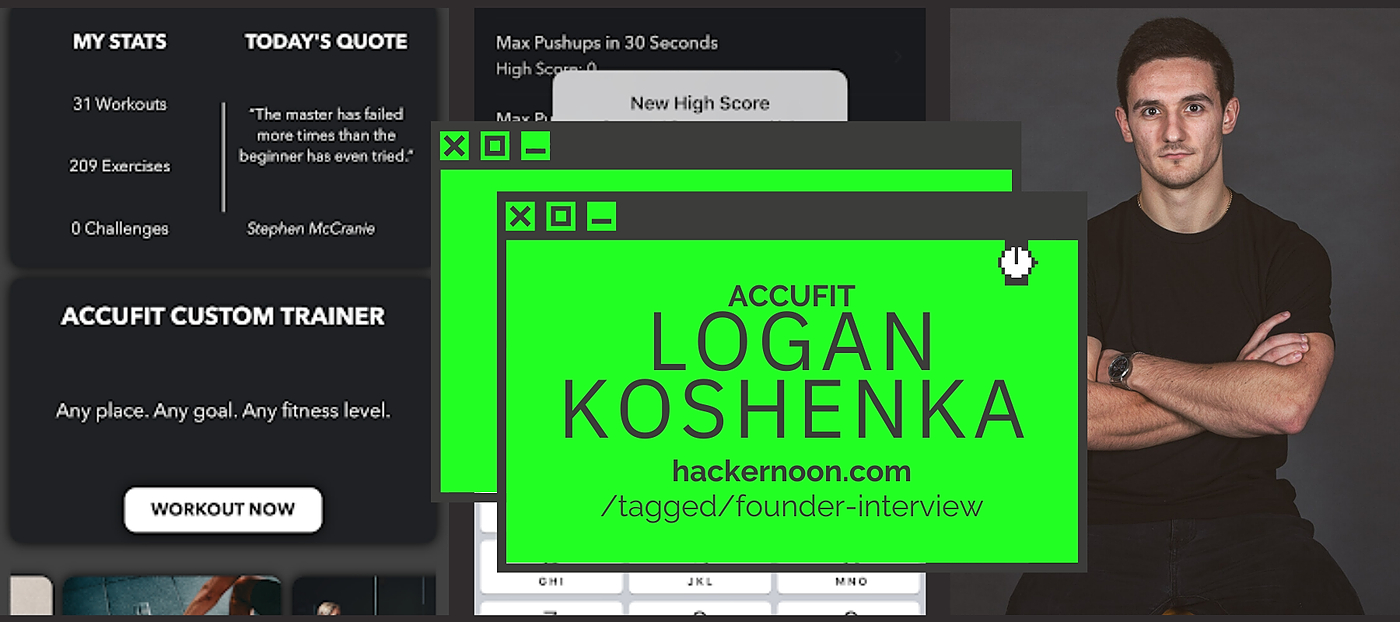 Logan Koshenka is a software engineer who graduated from Ohio University in 2018 and founded AccuFit, a custom workout app.
Logan Koshenka is a software engineer who graduated from Ohio University in 2018 and founded AccuFit, a custom workout app.
120. What I Learned From 3.5 Years as a Product Leader at a VC Backed SaaS Startup
 I first heard of Elium, formerly known as Knowledge Plaza, in 2011. I was attending a very small startup event where Gregory Culpin presented the company and its market vision.
I first heard of Elium, formerly known as Knowledge Plaza, in 2011. I was attending a very small startup event where Gregory Culpin presented the company and its market vision.
121. The Only Way to Know What Customers Want is to Release Your Product
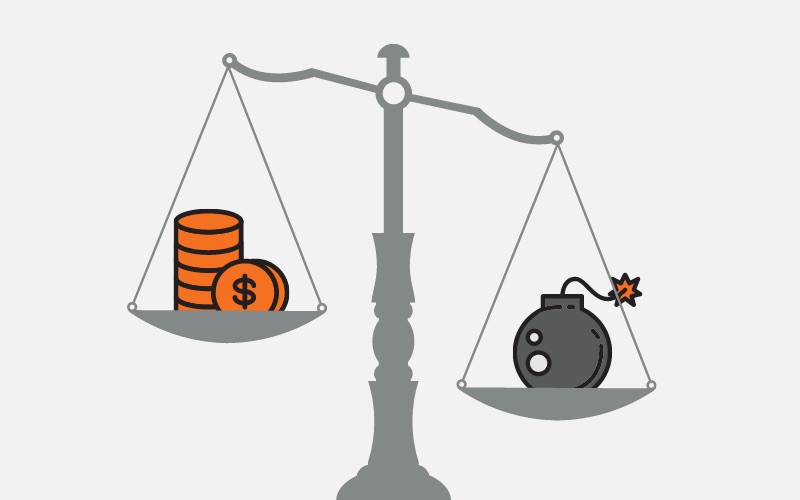 Let's weigh up the risks of releasing vs. the risks of not releasing. Many organisations worry about the risk of releasing more than the risks of not releasing. People focus on what will go wrong if you release a product instead of what opportunities you will miss if you don’t release. If you want to ship great products, you need to have a more balanced and constructive conversation.
Let's weigh up the risks of releasing vs. the risks of not releasing. Many organisations worry about the risk of releasing more than the risks of not releasing. People focus on what will go wrong if you release a product instead of what opportunities you will miss if you don’t release. If you want to ship great products, you need to have a more balanced and constructive conversation.
122. Product, Marketing, and the Art of Managing Expectations

123. Your Complete Guide to Meaningful User Research—Without Interviews
 First, we need to talk about user research conducted with interviews.
First, we need to talk about user research conducted with interviews.
124. 3 Things I Wish I Knew When I Was Still An Engineer

125. If Your Product Roadmap is a Gantt Chart, You’ve Got Another Thought Coming
 It’s been nearly four decades since Microsoft developed their Project application as an internal management tool to organize their various software development projects. In 1984, they released it to the public (on floppy disk…CDs didn’t really become a software download mechanism until the mid-90s), and within a few years it became the dominant project-management software for the PC universe.
It’s been nearly four decades since Microsoft developed their Project application as an internal management tool to organize their various software development projects. In 1984, they released it to the public (on floppy disk…CDs didn’t really become a software download mechanism until the mid-90s), and within a few years it became the dominant project-management software for the PC universe.
126. The Product Manager's Guide To Identifying and Managing Project Stakeholders
 We discuss a framework for categorizing stakeholders. We also recommend different communication methods for each type of stakeholder to save you time and effort
We discuss a framework for categorizing stakeholders. We also recommend different communication methods for each type of stakeholder to save you time and effort
127. Start with a Prototype, Follow with an MVP and Then Get to the Final Product
 Your Guide to the Main Stages of Tech Startup Development
Your Guide to the Main Stages of Tech Startup Development
128. Interview with a Product Manager at Microsoft
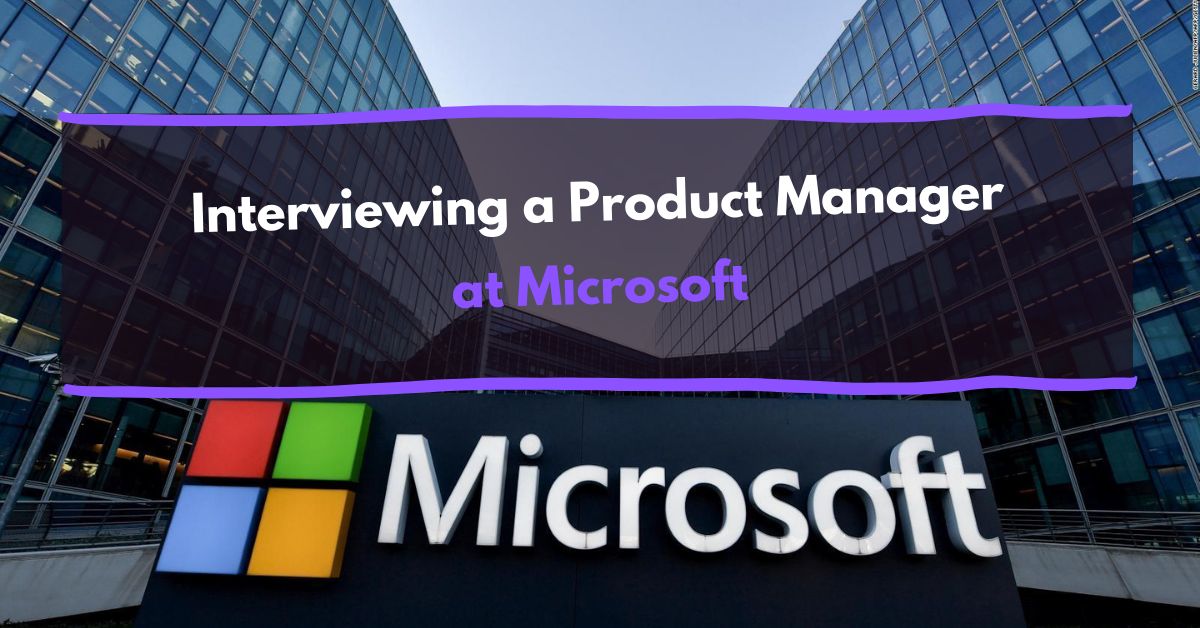 Felix is a Product Manager at Microsoft in the Azure cloud services organization. He’s got a very cool background: he’s started his own company and has gone to business school amongst a lot of other things. I had the chance to ask him some questions about his job.
Felix is a Product Manager at Microsoft in the Azure cloud services organization. He’s got a very cool background: he’s started his own company and has gone to business school amongst a lot of other things. I had the chance to ask him some questions about his job.
129. I Built An Online Subscription Tracker App in Coda—Here's The Template
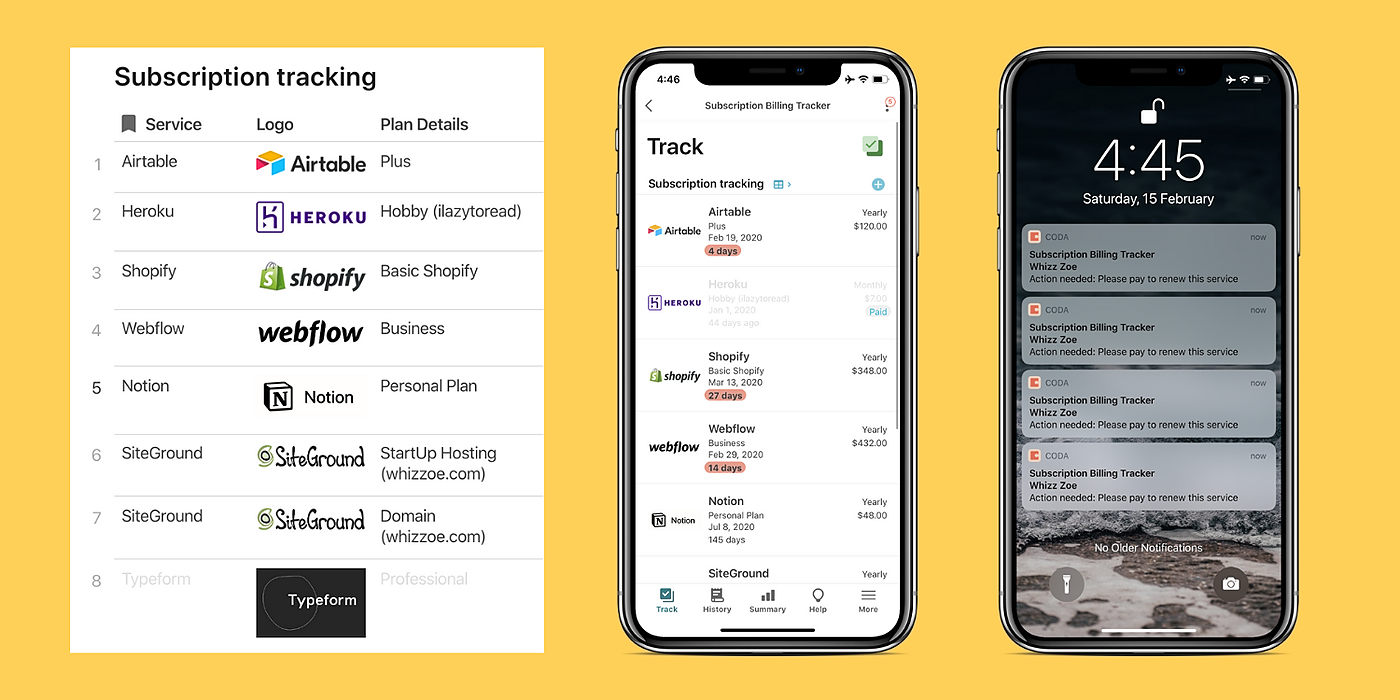 Simple app to manage your online subscriptions in one place.
Simple app to manage your online subscriptions in one place.
130. A Deep Dive Into Product Manager Roles and Responsibilities
 Product Manager as a function or practice is fairly old now. It has been around since 1931 (well at least in theory). It originated from a memo written by Neil McElroy, an Advertising Manager at Proctor and Gamble. He wrote this memo to the Executive Team of P&G suggesting the need of a “brand man”, a person solely responsible for the product and not the business.
Product Manager as a function or practice is fairly old now. It has been around since 1931 (well at least in theory). It originated from a memo written by Neil McElroy, an Advertising Manager at Proctor and Gamble. He wrote this memo to the Executive Team of P&G suggesting the need of a “brand man”, a person solely responsible for the product and not the business.
131. Monetizing the Curation Economy, Social Communities and Online Learning
 3 big startup opportunities for your next venture.
3 big startup opportunities for your next venture.
132. Is ‘bias for action’ making product managers lazier?
 Let me preface this by saying I’m a big believer in the bias for action principle popularised by Amazon. I’ve used it as a guideline whenever I didn’t have enough data to make an informed decision.
Let me preface this by saying I’m a big believer in the bias for action principle popularised by Amazon. I’ve used it as a guideline whenever I didn’t have enough data to make an informed decision.
133. Making Product Roadmaps Like You Mean It
 The state of affairs
The state of affairs
134. Breaking Into Product Management

135. Top Seven Chrome Extensions for Product Managers
 Top Chrome extensions for Product Managers – 2021
Top Chrome extensions for Product Managers – 2021
136. How to Manage Machine Learning Products [ Part II]
 Best practices and things I’ve learned along the way.
Best practices and things I’ve learned along the way.
137. How to Transition to Product Management [Part 2- From Zero to Product Manager]
 This article is Part 2 of the ongoing series From Zero to Product Manager. A set of articles that help you transition to a Product Management role.
In this post, I provide four essential steps to transition to a PM role
This article is Part 2 of the ongoing series From Zero to Product Manager. A set of articles that help you transition to a Product Management role.
In this post, I provide four essential steps to transition to a PM role
138. Startup’s Secrets: How to Run Remote Sprint Planning
 Every battle is won before it is fought.
~ Sun Tzu
Every battle is won before it is fought.
~ Sun Tzu
139. Product Managers Can Avoid Delays By Reducing Technical Debt
 PMs are ideally placed to create a workplace culture around preventing and responding to technical debt. Here are 7 actionable strategies to help PMs.
PMs are ideally placed to create a workplace culture around preventing and responding to technical debt. Here are 7 actionable strategies to help PMs.
140. Testimonial Driven Development
 Build your products based on the testimonials you want to get from your customers
Build your products based on the testimonials you want to get from your customers
141. Scoping Out The Elements Involved In Effective Product Management
 Product management has seen a lot of takers in the last few years. This field is so varied and versatile that putting bounds to it is a daunting task. Nevertheless, based on my experience and knowledge gained from the circles of product community; I have listed down different fundamental elements of product management.
Product management has seen a lot of takers in the last few years. This field is so varied and versatile that putting bounds to it is a daunting task. Nevertheless, based on my experience and knowledge gained from the circles of product community; I have listed down different fundamental elements of product management.
142. Decoding APIs for Product Managers
 A Product Manager and a Software Engineer walk into a bar.
A Product Manager and a Software Engineer walk into a bar.
143. How to Write An Epic User Stories
 Since the rise of the Agile Era, putting the user in the center of product definition process became the standard for most companies. User stories are one of the basic tools that help us keep the user in mind while defining the product and its features.
Since the rise of the Agile Era, putting the user in the center of product definition process became the standard for most companies. User stories are one of the basic tools that help us keep the user in mind while defining the product and its features.
144. Change Management: How To Use Narratives To Make Better Products
 The Unavoidable Essence of a Product Manager Role: How to succeed as a Change Manager through the power of Narratives.
The Unavoidable Essence of a Product Manager Role: How to succeed as a Change Manager through the power of Narratives.
145. A Step by Step Guide to Early Customer Interviews
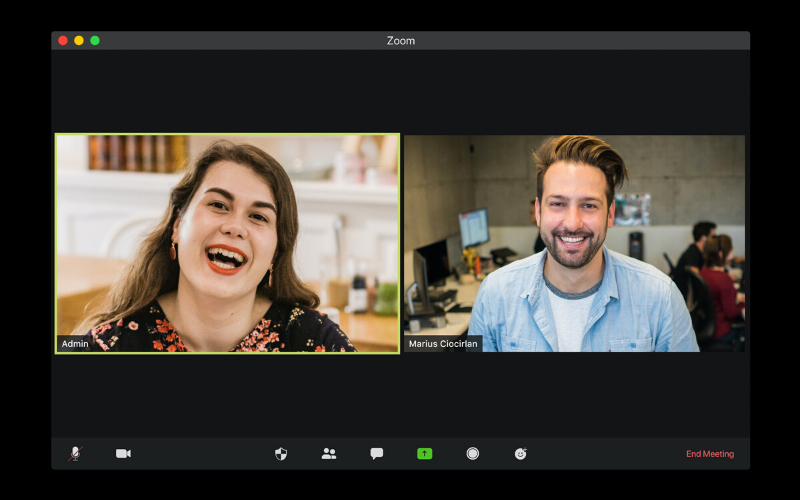 As soon as you have a new product idea that you think is worth pursuing you need to workout whether the problem you plan to solve is worth solving. Early Customer Interviews are one of the best and fastest first steps to figuring out whether your new idea will succeed.
As soon as you have a new product idea that you think is worth pursuing you need to workout whether the problem you plan to solve is worth solving. Early Customer Interviews are one of the best and fastest first steps to figuring out whether your new idea will succeed.
146. 13 API Metrics That Every Platform Team Should be Tracking
 A list of the most important API metrics every API product manager and engineer should know, especially when you are looking into API analytics and reporting.
A list of the most important API metrics every API product manager and engineer should know, especially when you are looking into API analytics and reporting.
147. Make it Sticky, then Acquire: 4 Pricing Lessons From My First 0-100 Users
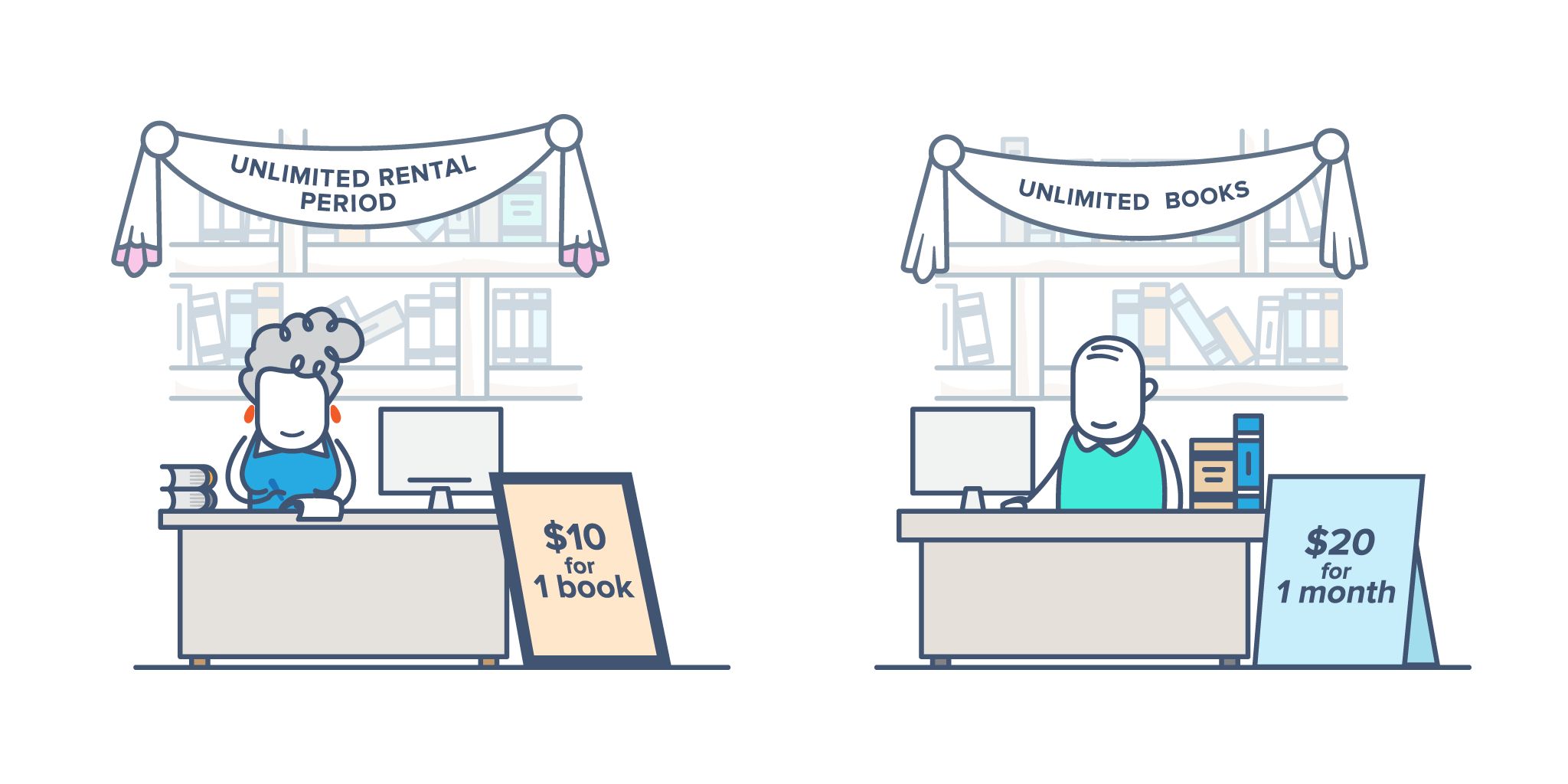 In an ideal world, the goal of any business starting up is to make money. In most cases, the profitability of a product is closely tied to how you as a product manager choose to price your product. Apart from building a product that provides real value to its customers, profitable monetization is the second most important aspect of running a successful business.
In an ideal world, the goal of any business starting up is to make money. In most cases, the profitability of a product is closely tied to how you as a product manager choose to price your product. Apart from building a product that provides real value to its customers, profitable monetization is the second most important aspect of running a successful business.
148. Google Wave’s Misfire Is A Lesson for Today's Real-Time Collaboration Tools
 When Google Wave previewed at the 2009 I/O conference, it was a tool like no other. Not only was it the first unified workspace and collaboration platform before the remote-work boom happened, but it also tried to solve many of the same problems we’re facing today.
When Google Wave previewed at the 2009 I/O conference, it was a tool like no other. Not only was it the first unified workspace and collaboration platform before the remote-work boom happened, but it also tried to solve many of the same problems we’re facing today.
149. 4 Surprisingly Easy Steps To Make Your Product Into A Habit For Customers
 I did a survey this summer: I asked the founders what they want help with for their startup. I created a long list of options including sales, metrics, marketing, and product development.
I did a survey this summer: I asked the founders what they want help with for their startup. I created a long list of options including sales, metrics, marketing, and product development.
150. The Blind Game: A Decision-Making Framework
 A step by step decision making process to help you choose the best option
A step by step decision making process to help you choose the best option
151. How I Used a Product Management Process to Start a Yoga Business [Part 1]
 The purpose of this article to share my process and journey launching Lund Yoga Community — Sweden’s first sustainable donation-based yoga studio.
The purpose of this article to share my process and journey launching Lund Yoga Community — Sweden’s first sustainable donation-based yoga studio.
152. Venture Report: How to Monetize This Year's Big 3 Market Opportunities
 In this 2021 venture report, I break down 3 startup ideas or monetization opportunities, starting with private wealth management and family offices.
In this 2021 venture report, I break down 3 startup ideas or monetization opportunities, starting with private wealth management and family offices.
153. How Amazonian Thinking Turned Me Into a Remote Work Optimist
 How Amazonian thinking and communication tools are turning me into a remote work optimist.
How Amazonian thinking and communication tools are turning me into a remote work optimist.
154. Move Business Logic out of Application Using Hyperon Engine
 Well-written multitier applications consist of multiple layers. The most widespread three-tier architecture divides our code into a presentation, business and data access tiers. Like it or not, but the business layer is where we, developers, spend the most time on a daily basis. This is the place where all processes and decisions our application depends on take place. Therefore, requirements for the business layer change more often than in any other layer. What hurts us, developers, most is that with every change, even the smallest ones, we need to recompile and rebuild our app. It usually takes a piece of the valuable time that we could use for more interesting things. What if we could move a business logic out of our code and let non-technician people change it?
Well-written multitier applications consist of multiple layers. The most widespread three-tier architecture divides our code into a presentation, business and data access tiers. Like it or not, but the business layer is where we, developers, spend the most time on a daily basis. This is the place where all processes and decisions our application depends on take place. Therefore, requirements for the business layer change more often than in any other layer. What hurts us, developers, most is that with every change, even the smallest ones, we need to recompile and rebuild our app. It usually takes a piece of the valuable time that we could use for more interesting things. What if we could move a business logic out of our code and let non-technician people change it?
155. Prototyping: Expeditious Way to Make Money From Startup Idea
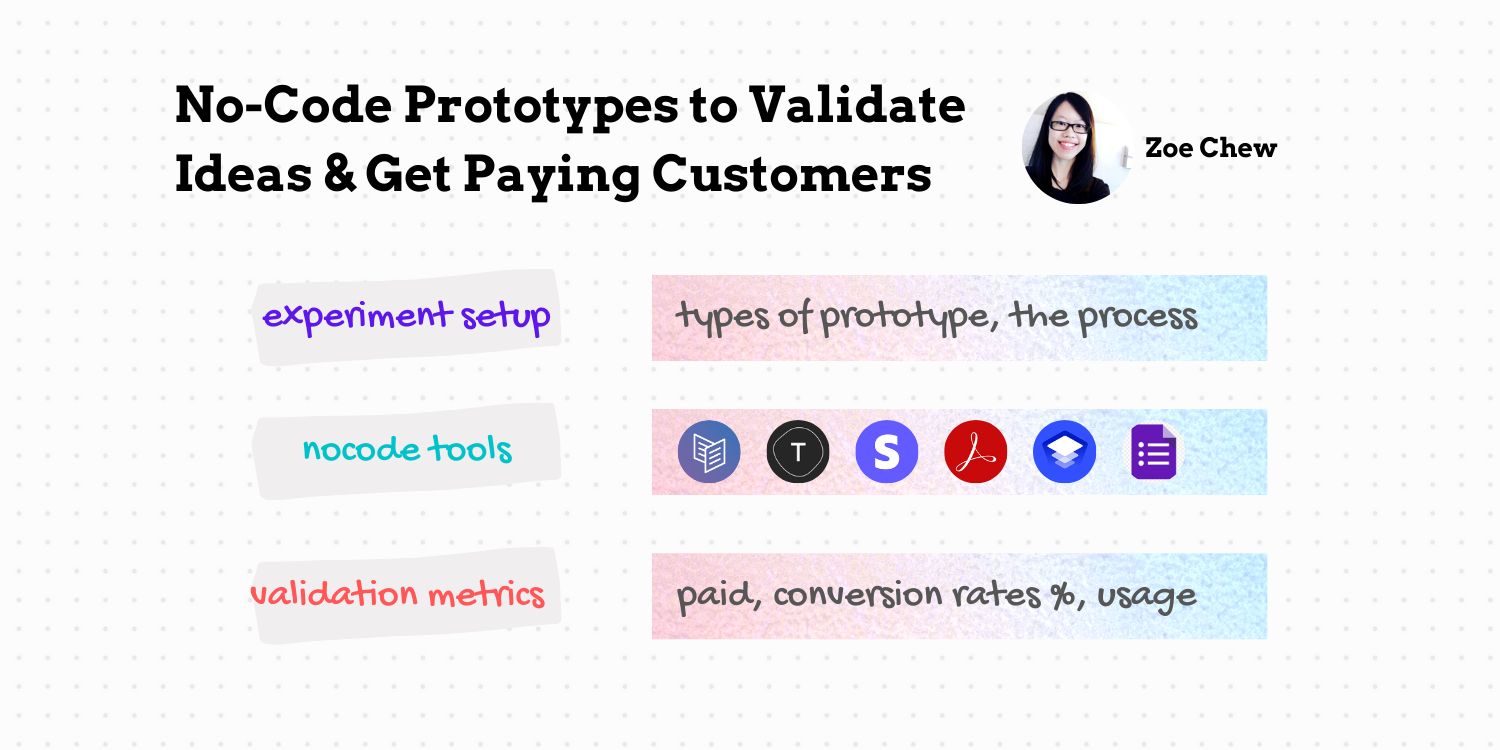 Learn how you can expeditiously and economically test startup ideas through prototyping. Explore different tools for prototyping your product.
Learn how you can expeditiously and economically test startup ideas through prototyping. Explore different tools for prototyping your product.
156. What Do Product Managers Do?
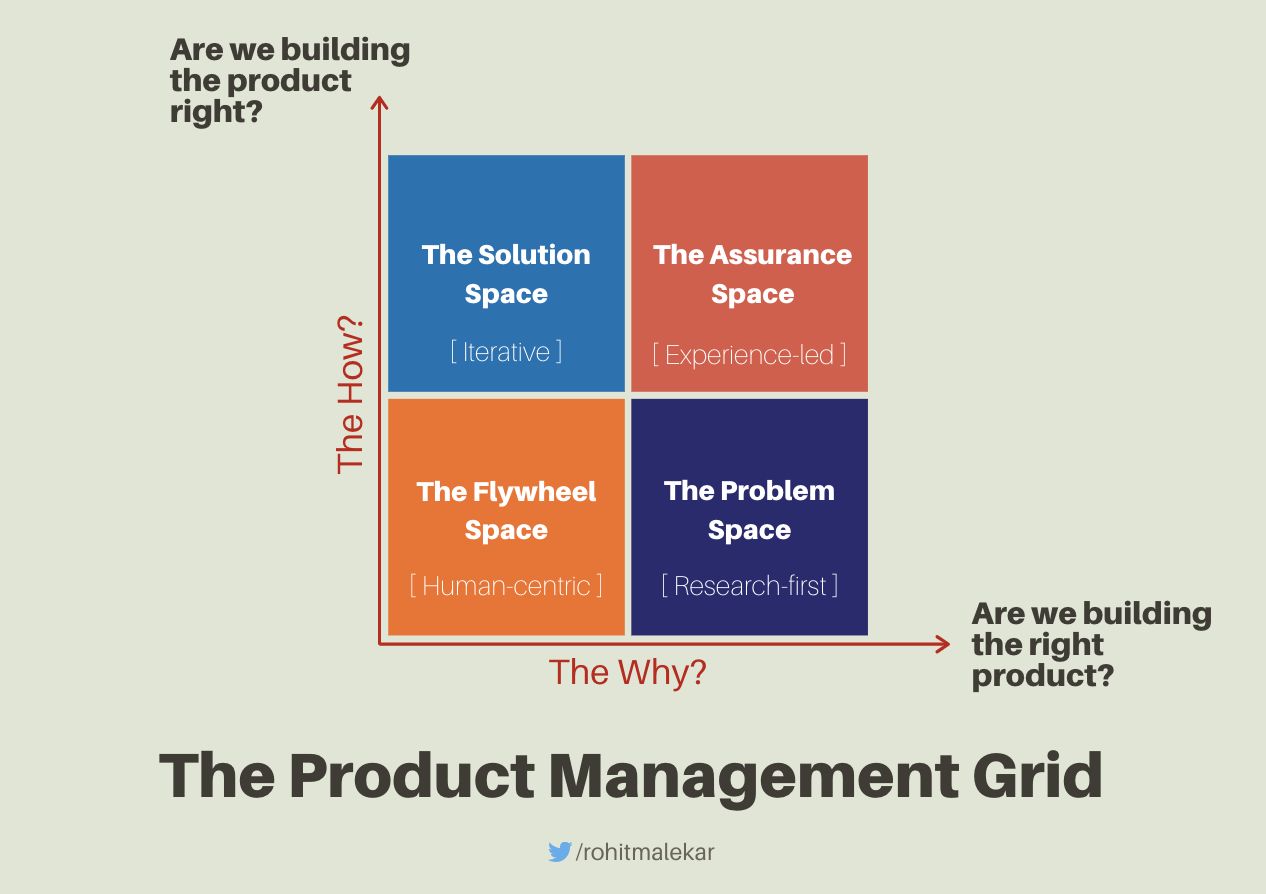 I no longer assume I know what someone actually does when they say they are a Product Manager. This year, I had a chance to have over 40 or so 1:1s with folks from outside of work in different stages of their product management journey. No two roles were the same. I distilled our conversations into one picture in an attempt to put a unifying model to the various flavors of product management discipline out there.
I no longer assume I know what someone actually does when they say they are a Product Manager. This year, I had a chance to have over 40 or so 1:1s with folks from outside of work in different stages of their product management journey. No two roles were the same. I distilled our conversations into one picture in an attempt to put a unifying model to the various flavors of product management discipline out there.
157. Top Players in the Hyperconverged Infrastructure Software Market for 2022
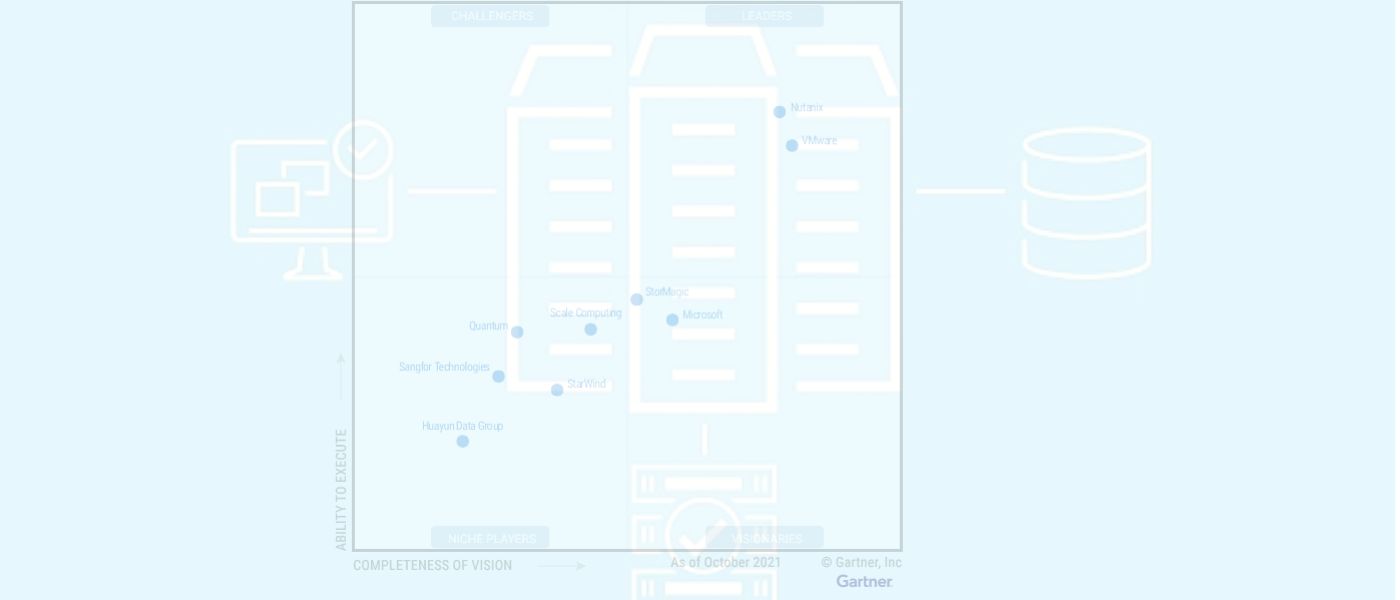 This blog examines the top players in the Hyperconverged Infrastructure software market for 2022, key trends in the market, and investigates their impact.
This blog examines the top players in the Hyperconverged Infrastructure software market for 2022, key trends in the market, and investigates their impact.
158. Building AI Products with Big Data
 Credits: Thanks to our sponsor Amazon, the Advancing Women in Product Team: Keshav Attrey, Reeba Monachan Attrey, Kanika Kapoor, Alok Gupta, Jackie Yen, our AWIP volunteers and our panelists.
Credits: Thanks to our sponsor Amazon, the Advancing Women in Product Team: Keshav Attrey, Reeba Monachan Attrey, Kanika Kapoor, Alok Gupta, Jackie Yen, our AWIP volunteers and our panelists.
159. Covid-19: What Can Product Managers Do?
 This blog post should not be considered authoritative in any way. It simply an imperfect attempt to highlight some guiding principles. I am convinced these guiding principles could be useful for you, your dear-ones and your team.
This blog post should not be considered authoritative in any way. It simply an imperfect attempt to highlight some guiding principles. I am convinced these guiding principles could be useful for you, your dear-ones and your team.
160. Unpopular Opinion: 10 Ways Asana Lowers your Productivity
 Abhor online project management tools? They are an unrelenting aspect of remote work. Meet Slack, Asana, and WhatsApp, the three horsemen of the WFHpocalypse.
Abhor online project management tools? They are an unrelenting aspect of remote work. Meet Slack, Asana, and WhatsApp, the three horsemen of the WFHpocalypse.
161. The Developer's Guide to Preparing Django Applications for Production
 Configuration of production and development settings in Django.
Can we read from different databases? What about getting notifications on view exceptions?
Configuration of production and development settings in Django.
Can we read from different databases? What about getting notifications on view exceptions?
162. Dear Product Managers, Stop Building Things
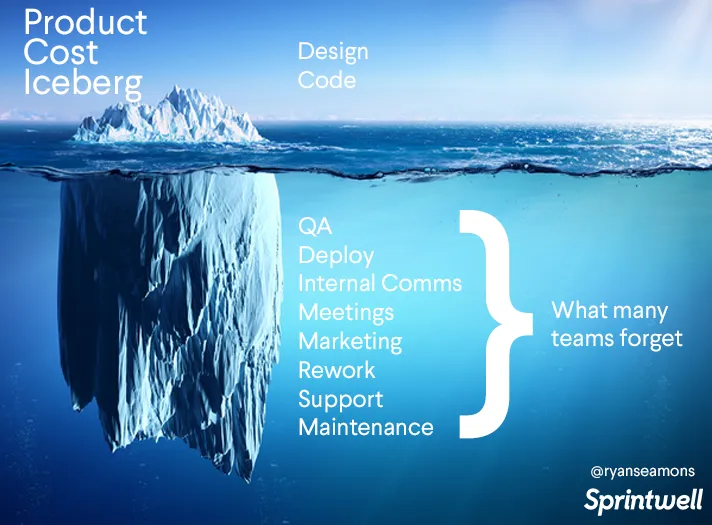 Product managers have a dangerous role because of one oft-missed truth: Decisions about what to build are far more costly than most teams realize.
Product managers have a dangerous role because of one oft-missed truth: Decisions about what to build are far more costly than most teams realize.
163. 8 Lessons Product Managers Need to Learn From Clayton Christensen
 Clayton Christensen is one of the greatest business minds of our time. His recent passing caused me to reflect on all I learned from him. His life was dedicated to his family, his faith, and the theories he taught. He personified servant leadership.
Clayton Christensen is one of the greatest business minds of our time. His recent passing caused me to reflect on all I learned from him. His life was dedicated to his family, his faith, and the theories he taught. He personified servant leadership.
164. How We Made a Slack App in 11 Days
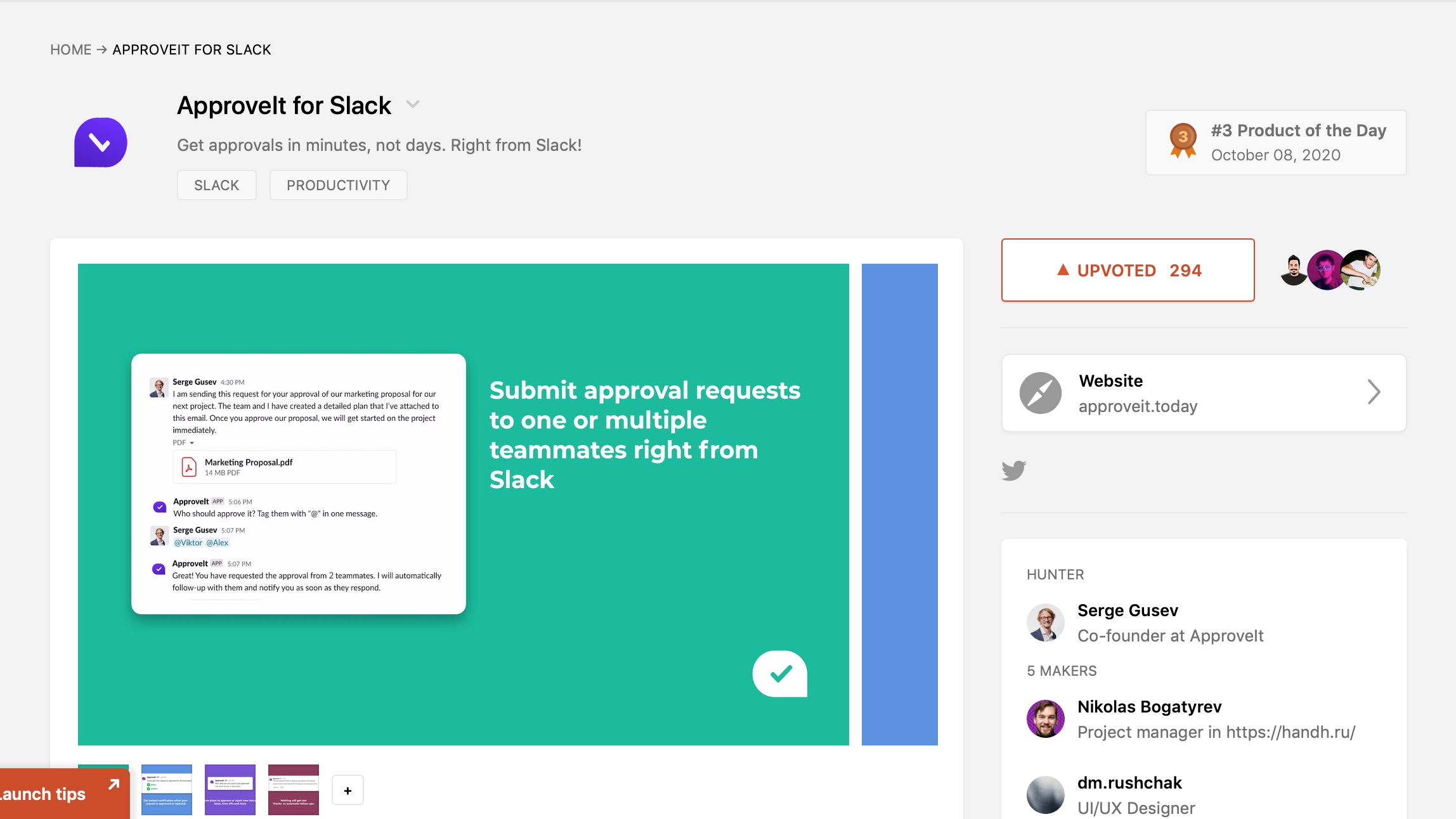 Hey, everyone! We, the Indie Hackers SPB Community, organized a one-week Bootcamp: in our free time, we built a product from scratch and launched it on Product Hunt. We got the #3 Product of the Day badge and over 30 installs of our app in the Slack Workspaces. Now, I want to share our experience. At the end of this article, I will share our Notion checklist, that we found extremely helpful for the launch preparation :)
Hey, everyone! We, the Indie Hackers SPB Community, organized a one-week Bootcamp: in our free time, we built a product from scratch and launched it on Product Hunt. We got the #3 Product of the Day badge and over 30 installs of our app in the Slack Workspaces. Now, I want to share our experience. At the end of this article, I will share our Notion checklist, that we found extremely helpful for the launch preparation :)
165. The 9 Character Traits of Great Product Leaders
 What are the key leadership qualities that inspire teams to build amazing products?
What are the key leadership qualities that inspire teams to build amazing products?
166. How Data-Driven Agile Helps Deliver Better Software Faster
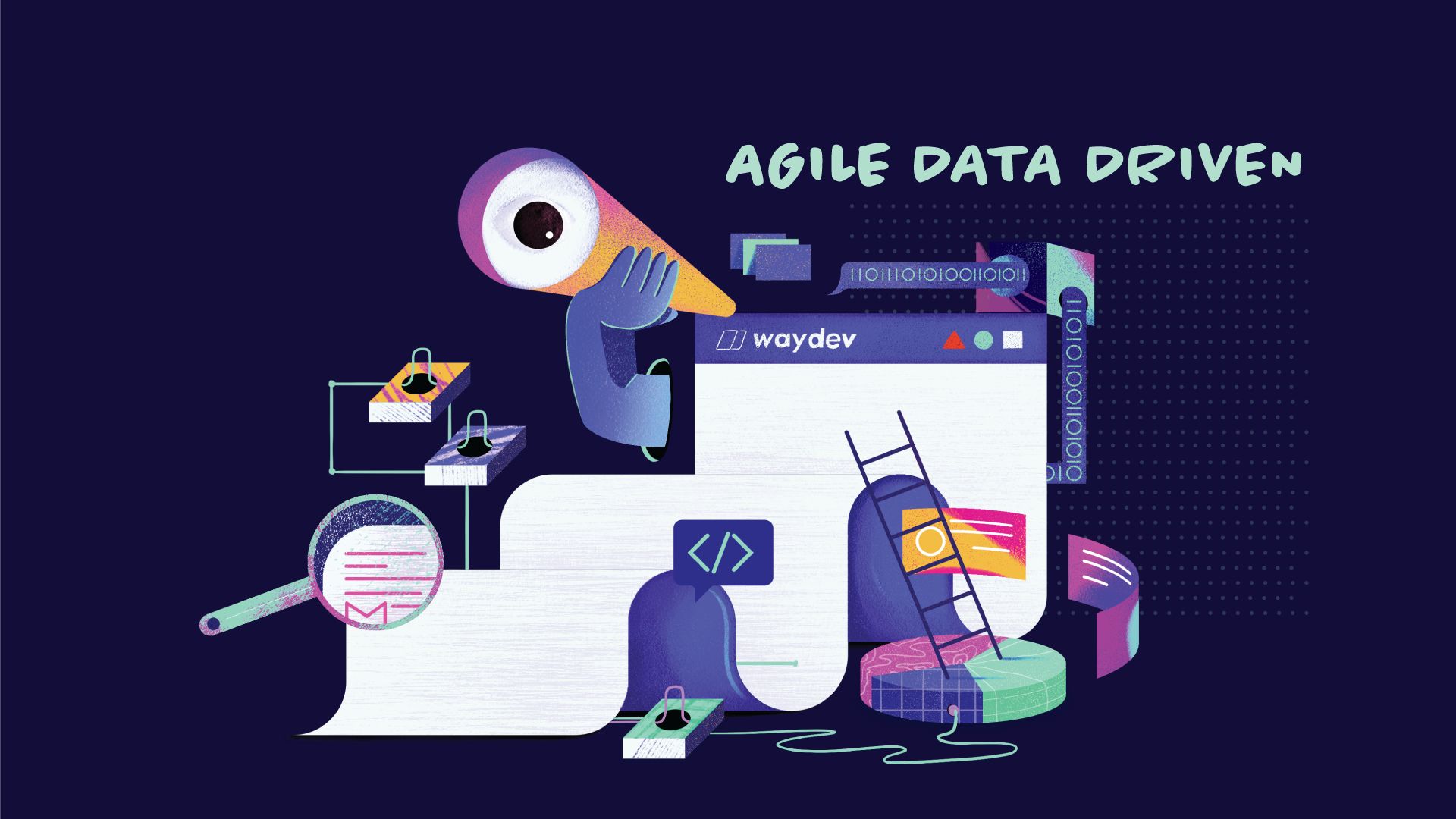 What is Agile Data-Driven?
What is Agile Data-Driven?
167. I Built a “Personal FAQ” Directory on How to Get Into Product/Tech
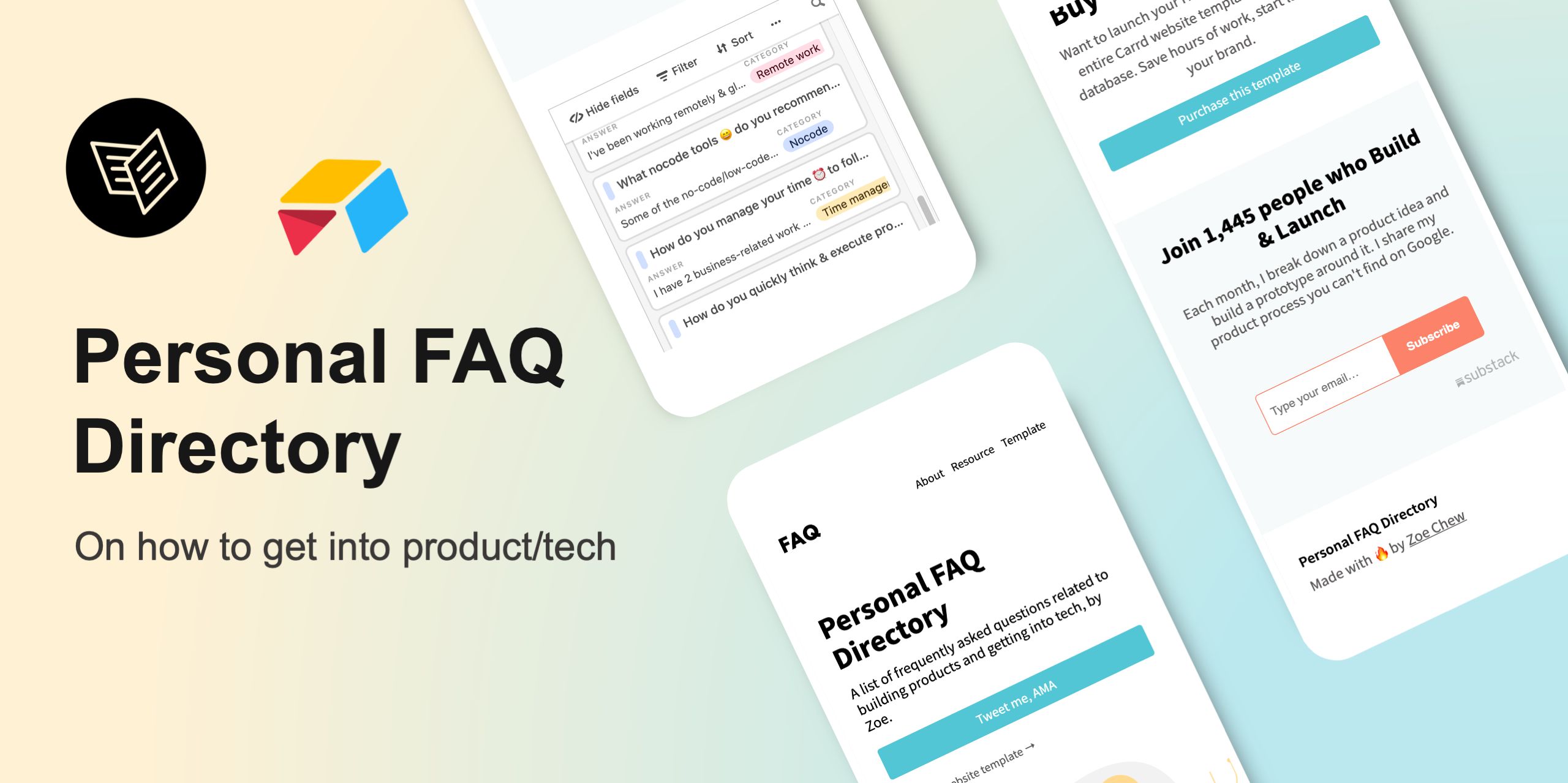 As a product builder, I built micro tools to solve my own problems. For example: article tool, event app, meal box app, finance tracker, SaaS tracker, and habit tracker.
As a product builder, I built micro tools to solve my own problems. For example: article tool, event app, meal box app, finance tracker, SaaS tracker, and habit tracker.
168. The Complete Guide to Nailing Customer Feedback
 By far, the top reason startups fail is the lack of market need (42% of the cases). Many startups are founded based on unique technologies, or on problems that are interesting to solve, but don’t necessarily answer a real market need. Understanding what market you are serving, and the problem you are addressing is key. The basis for that is early, continuous feedback from the right people who fit the early adopter profile.
By far, the top reason startups fail is the lack of market need (42% of the cases). Many startups are founded based on unique technologies, or on problems that are interesting to solve, but don’t necessarily answer a real market need. Understanding what market you are serving, and the problem you are addressing is key. The basis for that is early, continuous feedback from the right people who fit the early adopter profile.
169. 5 Best PIM Software To Add To Your Web Stack
 Product information management (PIM) software is necessary for eCommerce businesses to manage their customer-facing product strategy.
Product information management (PIM) software is necessary for eCommerce businesses to manage their customer-facing product strategy.
170. From Developer To PM: The Untold Truth About Growing Your Career
 Developers with a strong understanding of company strategy rise faster, despite the misconception that engineers should only focus on technical details.
Developers with a strong understanding of company strategy rise faster, despite the misconception that engineers should only focus on technical details.
171. Here's Why You Should Take The AWS Certified Cloud Practitioner Exam
 In 2004, I was eager for a challenge. I embarked on an adventure of completing a Computer Science Bachelors degree. Fast forward to today and the adventure continues. I’ve been building products for 12 years for a variety of industries from finance to ecommerce, retail, real estate, hospitality and more.
In 2004, I was eager for a challenge. I embarked on an adventure of completing a Computer Science Bachelors degree. Fast forward to today and the adventure continues. I’ve been building products for 12 years for a variety of industries from finance to ecommerce, retail, real estate, hospitality and more.
172. Technical Debt and Prioritization
 This week Product School Slack's community members discussed issues regarding technical debt when it comes to prioritization. Check it out!
This week Product School Slack's community members discussed issues regarding technical debt when it comes to prioritization. Check it out!
173. How I Pre-sold my SaaS Start-up Idea and Grew to 10 Customers in One Year
 Here's how I stumbled upon an idea and turned it into a SaaS start-up with 10 customers and over 4000 users, and everything I've learnt along the way.
Here's how I stumbled upon an idea and turned it into a SaaS start-up with 10 customers and over 4000 users, and everything I've learnt along the way.
174. "All of my successful projects were the ones where I overcommunicated everything"
 There was no room for assumptions and different expectations.
There was no room for assumptions and different expectations.
175. Want to Break into Product Management? – Here's How I Started
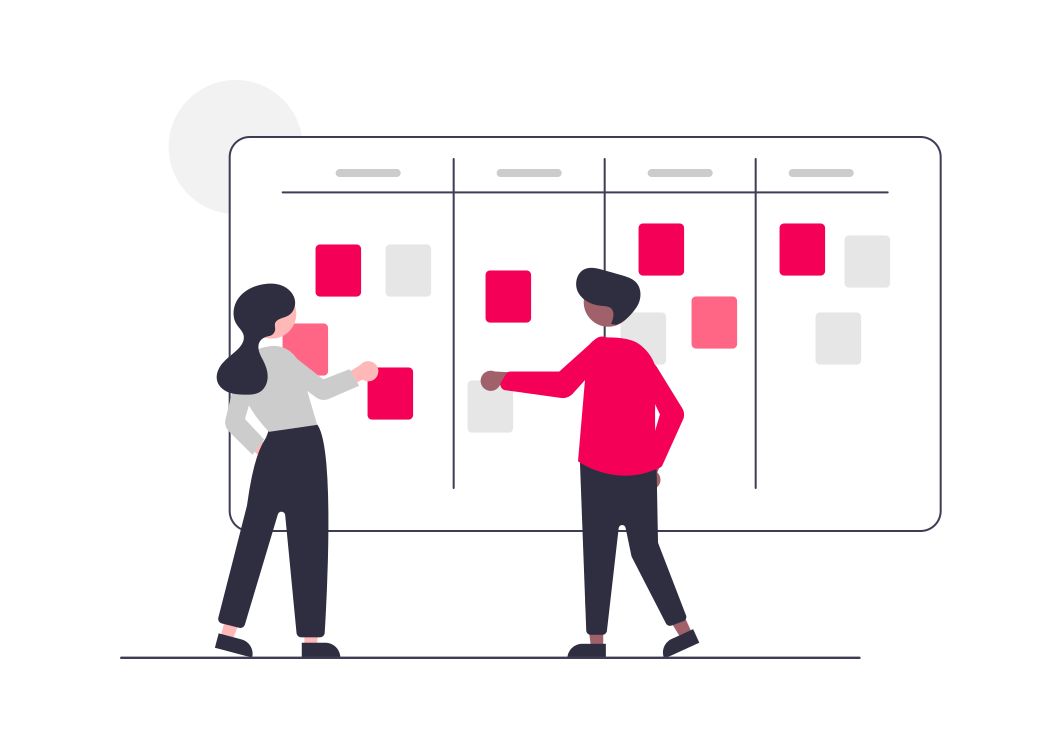 To become a product manager, I had to first ascertain what transferrable skills I had that would be relevant in product management and was ready to develop new ones that I did not yet have.
To become a product manager, I had to first ascertain what transferrable skills I had that would be relevant in product management and was ready to develop new ones that I did not yet have.
176. Transitioning from Engineer to Product Manager: My Founder's Story
 In this post, I'll try to share my experience on learning product manager’s job as a software engineer. What the job is like, what’s involved, as an introvert can you be a become a product manager, and many other questions you might have. I am a technical co-founder of a product management app called Shipit and needed to put myself into the role of product manager to learn the intricacies of the job.
In this post, I'll try to share my experience on learning product manager’s job as a software engineer. What the job is like, what’s involved, as an introvert can you be a become a product manager, and many other questions you might have. I am a technical co-founder of a product management app called Shipit and needed to put myself into the role of product manager to learn the intricacies of the job.
177. Insurance and Blockchain: An A-Z Guide
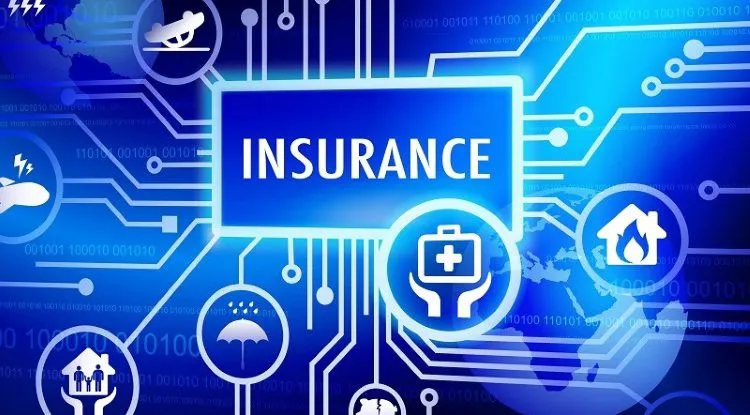 The insurance industry is a huge market. In the United States, in 2019, the volume of paid insurance premiums amounted to a trillion dollars. However, despite such volumes, the industry is experiencing great difficulties, because of which insurance companies are losing more than $100 billion every year.
The insurance industry is a huge market. In the United States, in 2019, the volume of paid insurance premiums amounted to a trillion dollars. However, despite such volumes, the industry is experiencing great difficulties, because of which insurance companies are losing more than $100 billion every year.
178. Technical Debt Management is Important: You Can’t Keep Building on a Broken System
 Every software company has some amount of technical debt, which is additional development work created in the long-term by taking a shortcut in the short-term to get code out the door. Technical debt can take the form of poor design decisions, much-needed refactorings, technology upgrades, and outstanding bugs.
Every software company has some amount of technical debt, which is additional development work created in the long-term by taking a shortcut in the short-term to get code out the door. Technical debt can take the form of poor design decisions, much-needed refactorings, technology upgrades, and outstanding bugs.
179. Speed Up Your Updates Delivery: This Method Really Works
 A development method to bring value quickly while not slowing down the pace of software releases.
A development method to bring value quickly while not slowing down the pace of software releases.
180. 5 Great Tools To Create an MVP Without Coding [Bonus Included]
 How to build a start-up or product MVP without coding
How to build a start-up or product MVP without coding
181. How Data Teams Can Benefit From Running Like a Product Team
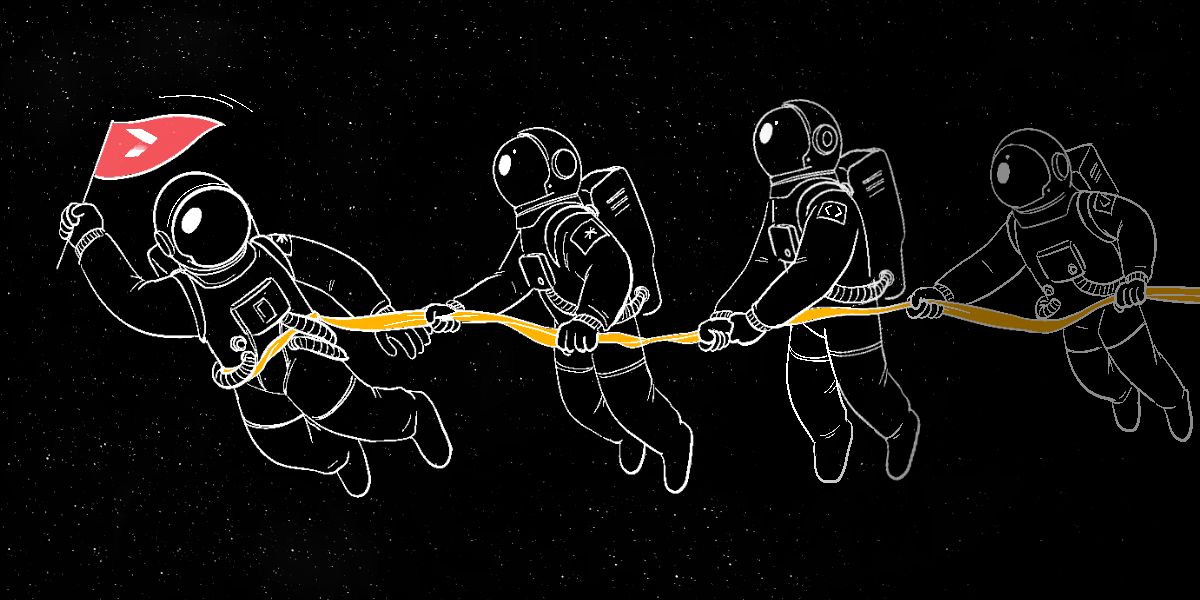 Product teams have a lot of great practices that data teams would benefit from adopting. Namely: user-centricity and proactivity.
Product teams have a lot of great practices that data teams would benefit from adopting. Namely: user-centricity and proactivity.
182. Shippable Stories

183. These Capability Assessments Help in Focused Product Development
 Deciding on what to build inhouse vs. buy off the shelf requires product prioritization. Build a capability assessment to improve your product strategy.
Deciding on what to build inhouse vs. buy off the shelf requires product prioritization. Build a capability assessment to improve your product strategy.
184. Shaping Tomorrow’s Product Teams: Noonies Nominee Timoté Geimer
 Read the backstory behind Timoté Geimer's career and the growth of dualoop, a product management consulting firm.
Read the backstory behind Timoté Geimer's career and the growth of dualoop, a product management consulting firm.
185. Secrets Your Parents Never Told You About Creating High-Performing Teams
 How can teams perform at their full potential?
How can teams perform at their full potential?
186. How to Approach Project Estimation in a Healthy Way
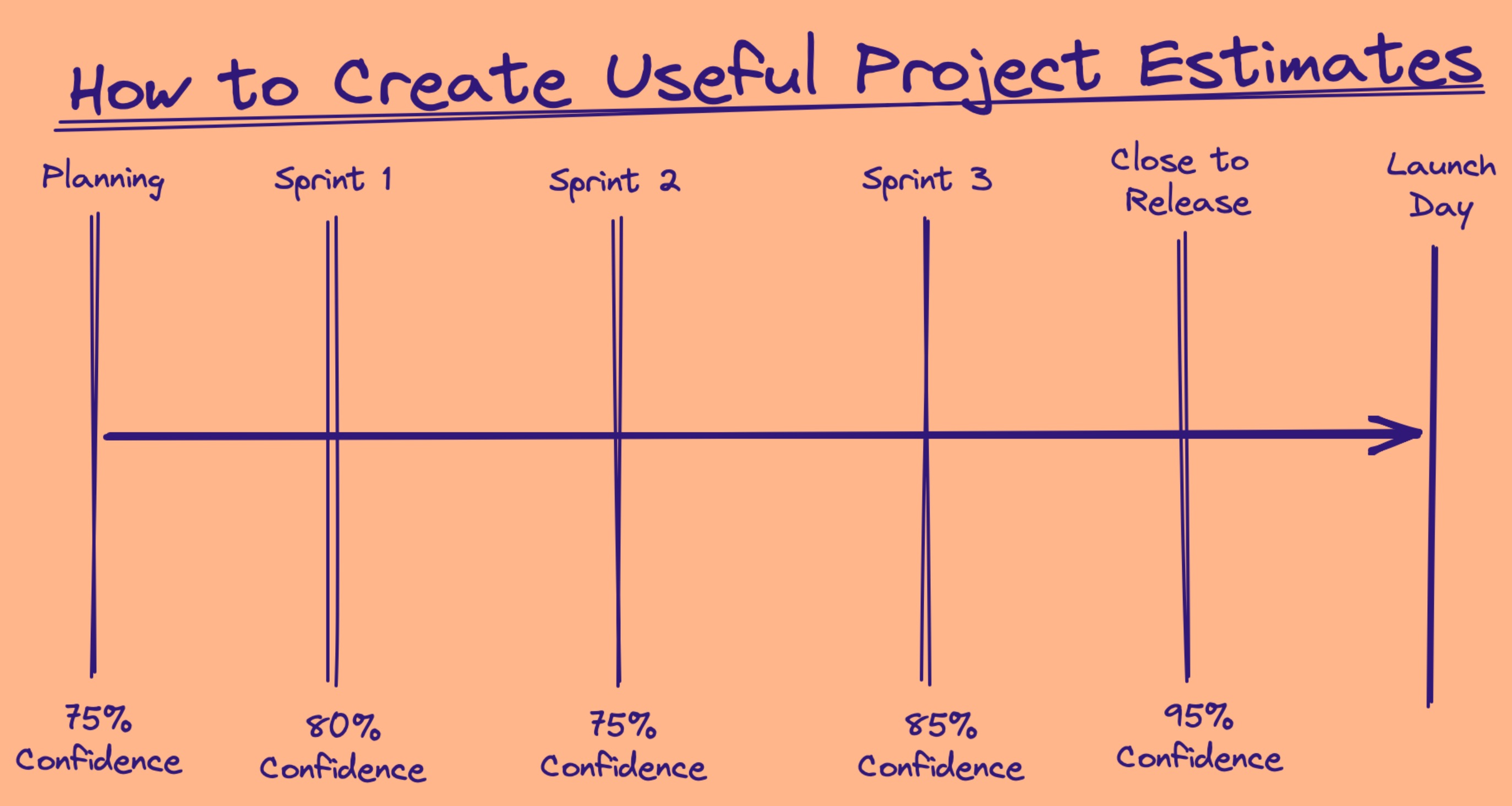 Learn how to do project estimation that removes deadlines and avoids stress from a successful software engineering leader.
Learn how to do project estimation that removes deadlines and avoids stress from a successful software engineering leader.
187. Say Goodbye to Scrum and Kanban: Welcome 6-week Product Cycle

188. There’s more to Standups than meets the eye (especially for remote teams)
 A common debate in the Agile community is how important or not Standups are, and what their structure should be.
A common debate in the Agile community is how important or not Standups are, and what their structure should be.
189. The Future of Product Management is No-Code Development
 Three months ago I decided to immerse myself in the rapidly growing world of no-code development. This is what I’ve learned.
Three months ago I decided to immerse myself in the rapidly growing world of no-code development. This is what I’ve learned.
190. The "5 to 9 Product Manager"
 What to look for when hiring Product Managers. What Product Managers can do to stand out from the crowd.
What to look for when hiring Product Managers. What Product Managers can do to stand out from the crowd.
191. Product manager dead after ‘taking a step back’ off cliff

192. Top 10 Software Engineering Metrics To Track If You Lead An Agile Team
 Every conversation I have with CTOs, Engineering Managers, and Tech Leaders eventually gets to the “Which Metrics Should We Measure?” discussion.
Every conversation I have with CTOs, Engineering Managers, and Tech Leaders eventually gets to the “Which Metrics Should We Measure?” discussion.
193. 10 Best Business Tips to Learn from Mom & Pop Stores
 10 Important Psychology lessons from Mom and Pop Stores
10 Important Psychology lessons from Mom and Pop Stores
194. How I Built a Meal Kit Delivery App In a Day Using Stripe, Google Sheets, Glide and Carrd
 Note: This article is part of my toolkit newsletters↗️ where I share resources about building things. Join me :)
Note: This article is part of my toolkit newsletters↗️ where I share resources about building things. Join me :)
195. An Intro to AI Powered Product Development
 The global product development services industry was close to $8 billion in 2020.
The global product development services industry was close to $8 billion in 2020.
196. SaaS, it's time we learn from the Gaming Industry

197. Build Products, Not Fluff: How To Prioritize Your Backlog

198. The Joys and the Struggles of a New Product Manager - How To Manage Expectations
 What becoming a Product Manager is really like and how you can adjust your expectations to survive your first days, according to the unfiltered view of 5 new Product Managers
What becoming a Product Manager is really like and how you can adjust your expectations to survive your first days, according to the unfiltered view of 5 new Product Managers
199. How to Plan your First 90 Days as a New Product Manager
 There is always that new product manager who is wondering what the next 3 months will look like. The successes, learnings, adaptations, expectations, and the list goes on and on.
There is always that new product manager who is wondering what the next 3 months will look like. The successes, learnings, adaptations, expectations, and the list goes on and on.
200. Setting KPIs for Platform Products
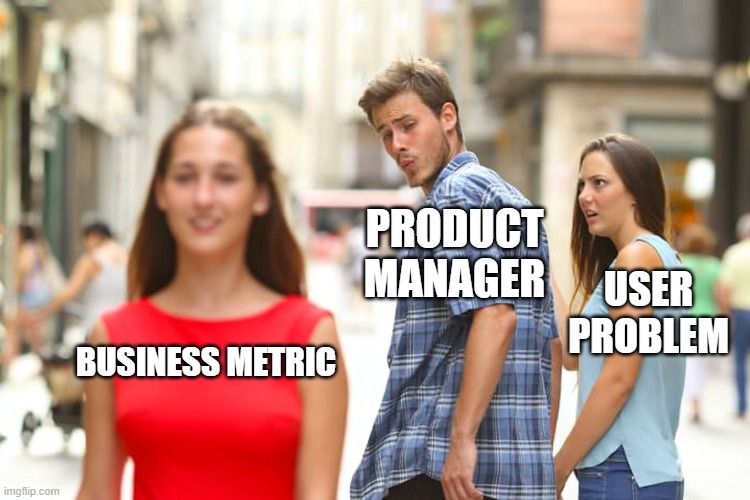 Here's everything I wish I knew five years ago when a startup entrusted all of their internal tooling to me (a startup co-founder who had only built consumer products). To make this article actionable, you can start measuring the success of platform products using the checklist at the end of the post.
Here's everything I wish I knew five years ago when a startup entrusted all of their internal tooling to me (a startup co-founder who had only built consumer products). To make this article actionable, you can start measuring the success of platform products using the checklist at the end of the post.
201. The Product-Led Approach: Principles, Benefits, Examples, Alternatives
 Some of us in product take it for granted that a product-led approach is the way to operate. However, all too often our stakeholders – sales, marketing, our boss’s boss, even our own team – may need some convincing.
Some of us in product take it for granted that a product-led approach is the way to operate. However, all too often our stakeholders – sales, marketing, our boss’s boss, even our own team – may need some convincing.
202. 5 Pieces of Terrible Advice That New Product Managers Get
 There is an abundance of great advice offered to new/aspiring Product Managers. There is also some easy to spot bad advice doing the rounds. The most dangerous type, however, is advice that looks good at the surface but is actually bad. I like to call such advice as, ‘terrible advice’.
There is an abundance of great advice offered to new/aspiring Product Managers. There is also some easy to spot bad advice doing the rounds. The most dangerous type, however, is advice that looks good at the surface but is actually bad. I like to call such advice as, ‘terrible advice’.
203. Growing Business In Crisis: Automate to Accelerate

204. Product Management Between Coasts: Adapting to NYC and Silicon Valley Philosophies
 Product Manager responsibilities can vary depending on the company size, industry, and location. On 10/16, our NYC chapter launch focused on exploring the unique qualities that define Product Management in Silicon Valley and New York. Despite heavy rain and the accompanying subway delays, we had a good showing with highly engaged attendees for our discussion on Contrasting PM Disciplines Between Coasts with a distinguished panel of successful women in product who were selected for their experience in operating across both coasts. The panelists were:
Product Manager responsibilities can vary depending on the company size, industry, and location. On 10/16, our NYC chapter launch focused on exploring the unique qualities that define Product Management in Silicon Valley and New York. Despite heavy rain and the accompanying subway delays, we had a good showing with highly engaged attendees for our discussion on Contrasting PM Disciplines Between Coasts with a distinguished panel of successful women in product who were selected for their experience in operating across both coasts. The panelists were:
205. What are the most essential tools for new tech entrepreneurs?
 This Slogging thread by Yuvraj Malik, Akshay M. Bharadwaj, Will Fang, Jiani wei, Evan Leong and Ansley Miller occurred in product-school's official #06_product_tools channel, and has been edited for readability.
This Slogging thread by Yuvraj Malik, Akshay M. Bharadwaj, Will Fang, Jiani wei, Evan Leong and Ansley Miller occurred in product-school's official #06_product_tools channel, and has been edited for readability.
206. There Is More Good Than Bad in the Startup World: Prashant Mahajan, Zeda.io
 Startup interview with Prashant, founder and CEO Zeda.io.
Startup interview with Prashant, founder and CEO Zeda.io.
207. The Pros and Cons To Losing Yourself in a Problem
 You find yourself fully committed to solving a problem, you think if I just do x then it's smooth sailings and it'll all be done. A couple hours pass and you've nailed x, but actually y and z seem pretty challenging, and now you have to fix x in order to make y and z as slick as possible.
You find yourself fully committed to solving a problem, you think if I just do x then it's smooth sailings and it'll all be done. A couple hours pass and you've nailed x, but actually y and z seem pretty challenging, and now you have to fix x in order to make y and z as slick as possible.
208. Why Open-Source Products Are More Popular Than Kim Kardashian
 Developing and releasing open-source solutions is a common practice that has been adopted by companies like Red Hat, Facebook, Google, and Amazon. IT companies that make products available as open-source software have become a sensation in the investment environment. Confluent, Neo4j, HashiCorp, and GitLab are just a few examples of companies that have managed to attract large investments.
Developing and releasing open-source solutions is a common practice that has been adopted by companies like Red Hat, Facebook, Google, and Amazon. IT companies that make products available as open-source software have become a sensation in the investment environment. Confluent, Neo4j, HashiCorp, and GitLab are just a few examples of companies that have managed to attract large investments.
209. 7 Main Takeaways from 2020 Developer Relations Report
 Developer relations is a growing practice of engaging with external developers. In simple words, the job of a DevRel team is to make sure that developers working with the software or API are happy, which positively affects the image of the platform and leads to its popularity.
Developer relations is a growing practice of engaging with external developers. In simple words, the job of a DevRel team is to make sure that developers working with the software or API are happy, which positively affects the image of the platform and leads to its popularity.
210. ‘Ford Vs. Ferrari’: A Film About Product Leadership Lessons
 Sharing my observation from watching Ford Vs Ferrari, how a Ford sports car team wins a 24 hours long car race and their journey to build solid product.
Sharing my observation from watching Ford Vs Ferrari, how a Ford sports car team wins a 24 hours long car race and their journey to build solid product.
211. User Segmentation: Do’s and Dont’s
 In this article, we’ll dive deep into what you should do and shouldn’t when it comes to user segmentation.
In this article, we’ll dive deep into what you should do and shouldn’t when it comes to user segmentation.
212. The Best Leadership Advice? Don't Create Chaos
 One of the most harmful behaviors I’ve observed in ineffective leadership is a tendency to add chaos when one enters a room. Chaos comes in many flavors: A decision was reached about an important architecture question weeks ago, but someone suddenly insists that you revisit the project’s fundamental goals at the 11th hour. An executive insists that their project is most important, and pushes it onto the roadmap. Or maybe you leave a productive meeting without concrete next steps, and are right back where you started in a week.
One of the most harmful behaviors I’ve observed in ineffective leadership is a tendency to add chaos when one enters a room. Chaos comes in many flavors: A decision was reached about an important architecture question weeks ago, but someone suddenly insists that you revisit the project’s fundamental goals at the 11th hour. An executive insists that their project is most important, and pushes it onto the roadmap. Or maybe you leave a productive meeting without concrete next steps, and are right back where you started in a week.
213. The Discovery Phase of a Project: A Practical Guide
 We often get the itch of wanting to turn it into a functional app right away. But diving into development without the so-called discovery phase might be fatal.
We often get the itch of wanting to turn it into a functional app right away. But diving into development without the so-called discovery phase might be fatal.
214. The Pointless TaskMaster: Why Product Management Might be a BS Job
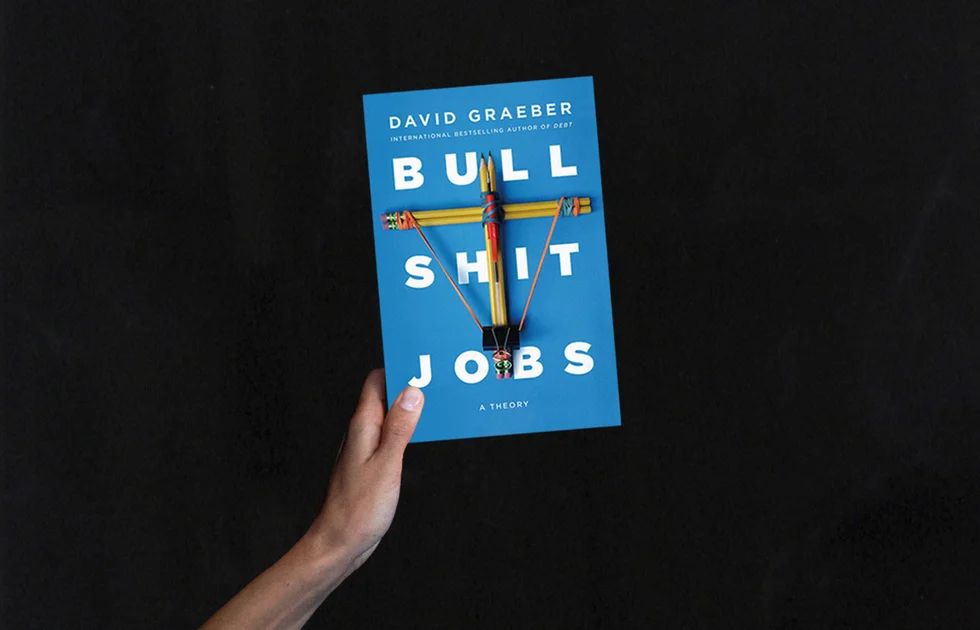 Explore the concept of the Bullshit job made popular by David Graeber – see how it applies to Product Management.
Explore the concept of the Bullshit job made popular by David Graeber – see how it applies to Product Management.
215. The Best Way to Measure Real KPIs? - DON'T Add a Link to your Product
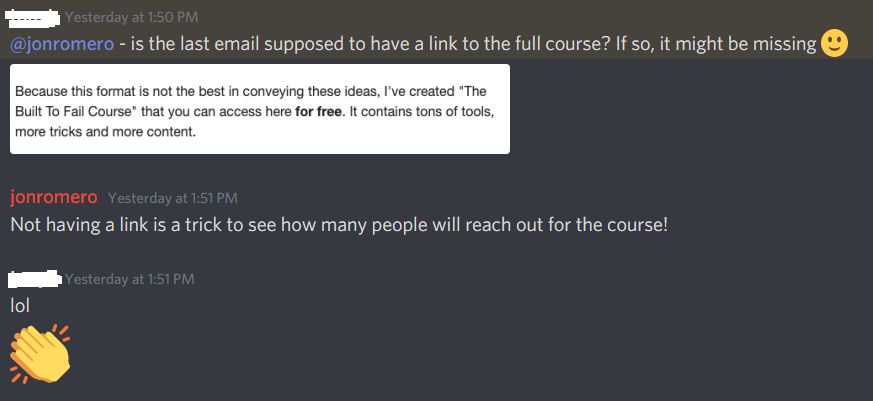 How many people will click to check out the website shouldn't matter when you are trying to validate a product.
How many people will click to check out the website shouldn't matter when you are trying to validate a product.
216. How To Perform a Successful Incident Postmortem
 An incident postmortem is a meeting that brings together all of the people that were directly or indirectly involved in a project to discuss and document it.
An incident postmortem is a meeting that brings together all of the people that were directly or indirectly involved in a project to discuss and document it.
217. How Product Manager Solve Complex Problems

218. Product Roadmaps reloaded

219. On Product and Parkour
 Product, Parkour, and Pioneering: how the role of product management varies by stage of company
Product, Parkour, and Pioneering: how the role of product management varies by stage of company
220. A Guide to Sentiment Analysis APIs for SaaS Product Managers
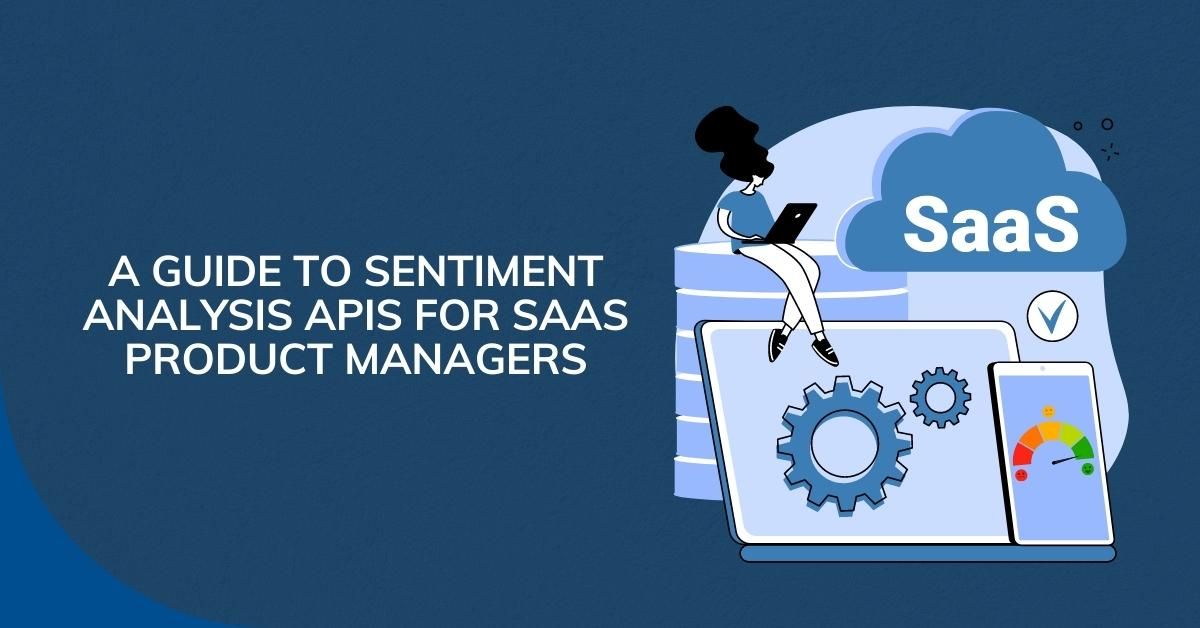 A sentiment analysis API can be instrumental in helping you ace business strategy for growth. Check out the guide to sentiment analysis APIs for SaaS Managers
A sentiment analysis API can be instrumental in helping you ace business strategy for growth. Check out the guide to sentiment analysis APIs for SaaS Managers
221. Five Obligatory Books to Read for Product Managers
 Nothing compares to the value of opening yourself to inspiration by reading what others working in your field have to say. Looking up from your work to learn and stay updated on current trends is immensely important. New ideas don’t just pop into your head during meetings, you need to invest in seeking them out. And yet, taking the time to browse new titles is one of those things that always seems to get pushed to the bottom of the list. In a world of stressing deadlines and constant multitasking, actually sitting down to do “nothing but reading” takes some special effort.
Nothing compares to the value of opening yourself to inspiration by reading what others working in your field have to say. Looking up from your work to learn and stay updated on current trends is immensely important. New ideas don’t just pop into your head during meetings, you need to invest in seeking them out. And yet, taking the time to browse new titles is one of those things that always seems to get pushed to the bottom of the list. In a world of stressing deadlines and constant multitasking, actually sitting down to do “nothing but reading” takes some special effort.
222. Find a Hard Metric From the Start
 To succeed at sales, you need to know the value of your product.
To succeed at sales, you need to know the value of your product.
223. 12 Powerful Books And Courses To Help You Shift Into PM Or UI/UX Designer Role
 Resources that can help you transition into your new role as a Product Manager or UI/UX Designer.
Resources that can help you transition into your new role as a Product Manager or UI/UX Designer.
224. 6 Ways to Improve Inventory Management
 A business's inventory is one of its most important and valuable assets. In this article, you will explore six ways to improve inventory management.
A business's inventory is one of its most important and valuable assets. In this article, you will explore six ways to improve inventory management.
225. Will AI Put Product Managers Out of Work?
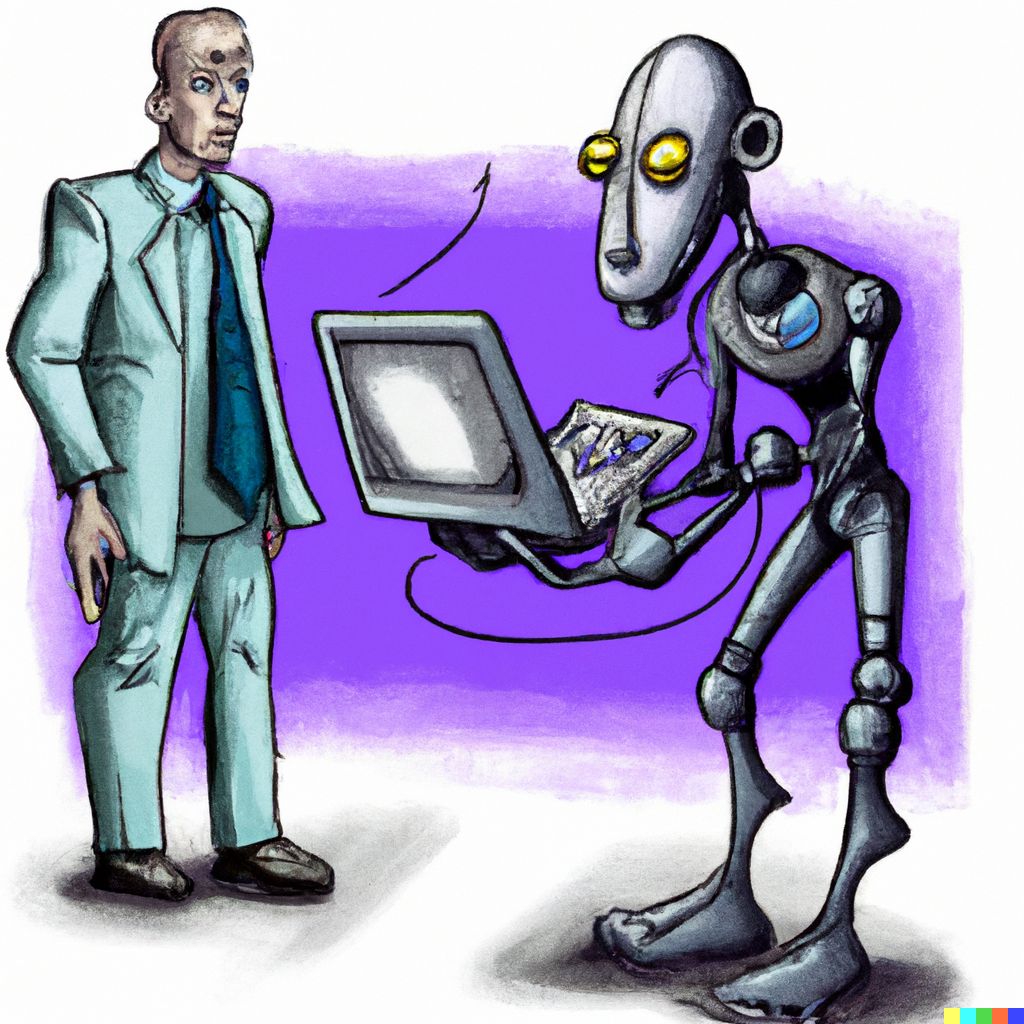 Many people believe that AI might eventually take over our jobs. But is this really true? Can AI do everything as well as humans can?
Many people believe that AI might eventually take over our jobs. But is this really true? Can AI do everything as well as humans can?
226. Product Manager Tips from 2020 for a Better 2021
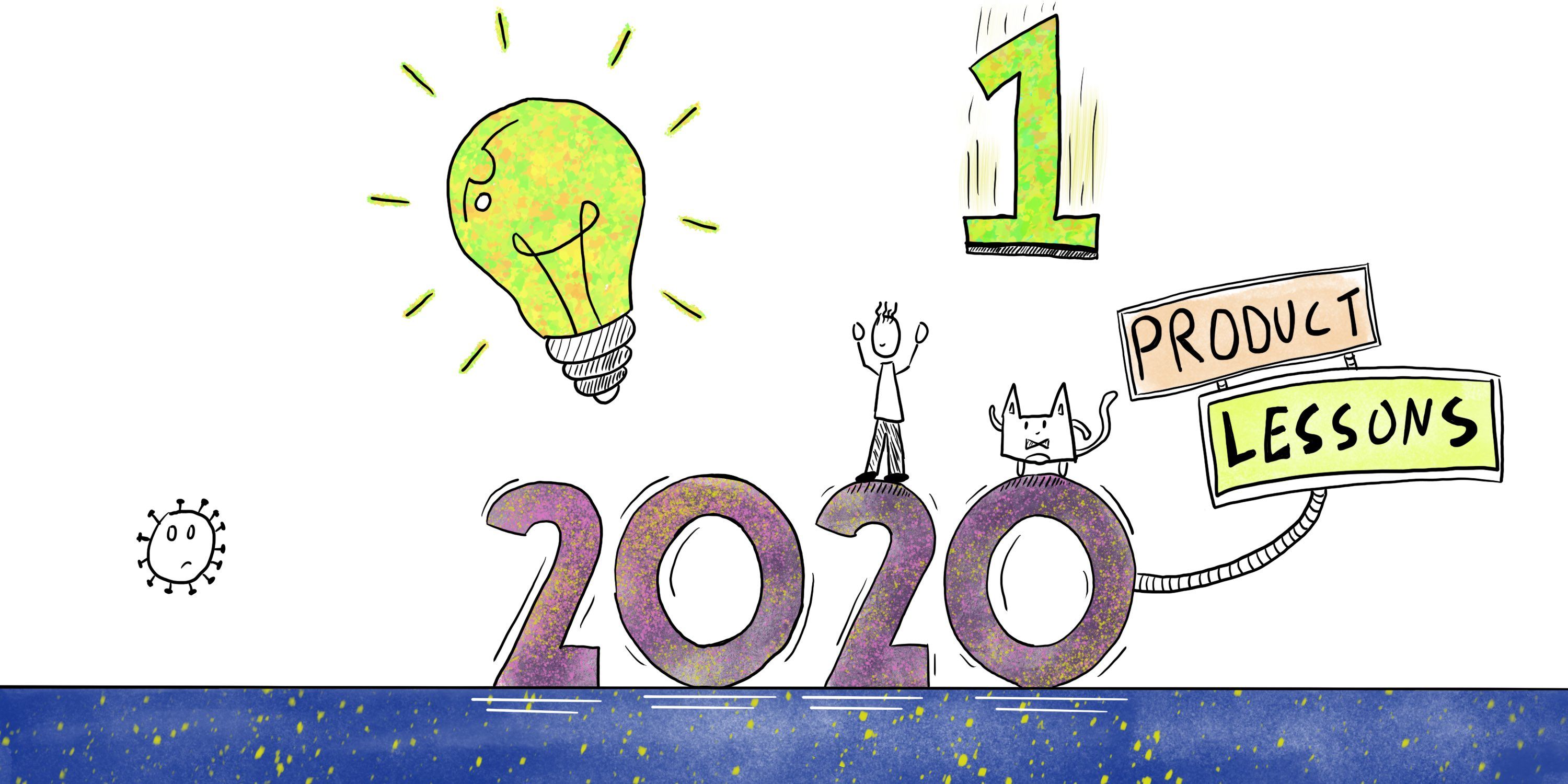 “Difficulty is what wakes up the genius” has become my mantra of 2020 (thanks Nassim Taleb). If that's true then what follows should be pure gold: a collection of my best ideas for a challenging year.
“Difficulty is what wakes up the genius” has become my mantra of 2020 (thanks Nassim Taleb). If that's true then what follows should be pure gold: a collection of my best ideas for a challenging year.
227. Stop “Running” your Design Sprints: Prioritizing Results Over Process
 5 tips on how to run result-focused design sprints from a designer at Meta & Google. Take your design sprints to another level.
5 tips on how to run result-focused design sprints from a designer at Meta & Google. Take your design sprints to another level.
228. How the Best Product Managers Handle “Downtime”
 Over the past 7 years in Product, I’ve worked with a lot of Product Managers. Some were great at being unreasonable, many were extreme generalists, and most were great at saying no.
Over the past 7 years in Product, I’ve worked with a lot of Product Managers. Some were great at being unreasonable, many were extreme generalists, and most were great at saying no.
229. IOT Product Management: 4 Critical Success Factors
 It's been over 6 months since I joined KritiLabs. The learning that I have had been very steep and intense, considering its a career shift for me from a services based pre-sales to a product based pre-sales and product management.
It's been over 6 months since I joined KritiLabs. The learning that I have had been very steep and intense, considering its a career shift for me from a services based pre-sales to a product based pre-sales and product management.
230. Product Experimentation Wonderland
 In “Alice in Wonderland” we are invited to escape reality by tumbling into a whimsical world of nonsense. I found in this story a good analogy for PMs.
In “Alice in Wonderland” we are invited to escape reality by tumbling into a whimsical world of nonsense. I found in this story a good analogy for PMs.
231. Scrum Introduction: Agile Put Into Practice
 In our previous blog post, we wrote about Agile, a philosophy for managing projects and teams. In that text, we mentioned Agile methods, one of them being Scrum.
In our previous blog post, we wrote about Agile, a philosophy for managing projects and teams. In that text, we mentioned Agile methods, one of them being Scrum.
232. Scrum Vs. Waterfall: What is the Difference?
 The software development market is gigantic and has a lot to offer us
The software development market is gigantic and has a lot to offer us
233. Scaling An Engineering Team Effectively: SVP Raji Arasu's Advice
 Raji Arasu is the visionary mind and engineering leader that occupies the position of SVP of Engineering at Intuit, making her one of the few female leaders at a major technology company. She is aware of this thing and supports women leaders in technology both within the company and across the industry.
Raji Arasu is the visionary mind and engineering leader that occupies the position of SVP of Engineering at Intuit, making her one of the few female leaders at a major technology company. She is aware of this thing and supports women leaders in technology both within the company and across the industry.
234. 16 Valuable Lessons From My Career Transition To Product Management
 In October 2019 with the mentorship of a dear friend, I made the decision to become a Product Manager starting with a PM certification course and the knowledge that I would have to start my career afresh and work my way up from the lowest rank on the totem. This is what I’ve done. I transitioned from my usual Executive Assistant role which was great but not very challenging creatively.
In October 2019 with the mentorship of a dear friend, I made the decision to become a Product Manager starting with a PM certification course and the knowledge that I would have to start my career afresh and work my way up from the lowest rank on the totem. This is what I’ve done. I transitioned from my usual Executive Assistant role which was great but not very challenging creatively.
235. A Failed Trip in the MVP World: 'I Thought I Knew Relativity, but Reality is Different'
 Entering your first towards an MVP (minimum viable product) can cause confusion if you focus on outcomes as planned. Plan to learn with the trip instead.
Entering your first towards an MVP (minimum viable product) can cause confusion if you focus on outcomes as planned. Plan to learn with the trip instead.
236. Measuring Product Maturity: Frameworks for Early Stage VCs, Founders
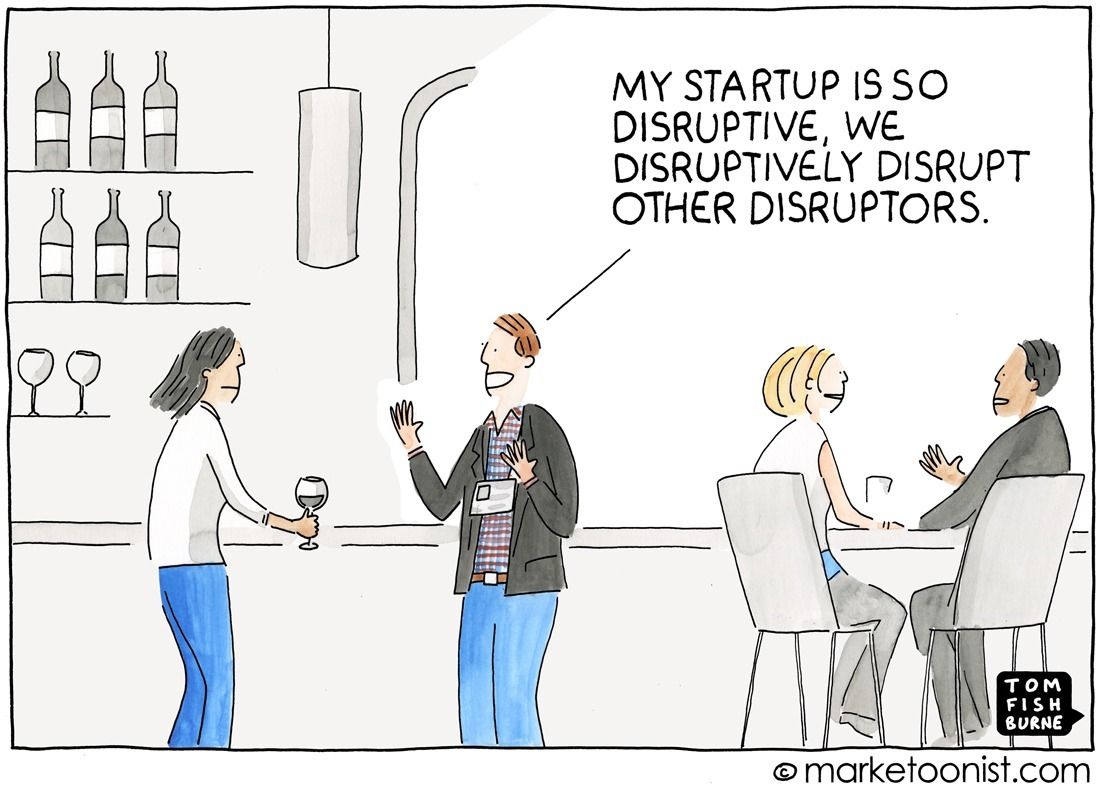 In most new products today, the technological risk is minuscule in comparison with the risk of not achieving product-market fit.
In most new products today, the technological risk is minuscule in comparison with the risk of not achieving product-market fit.
237. What We've Learnt From 3000 Bug Reports
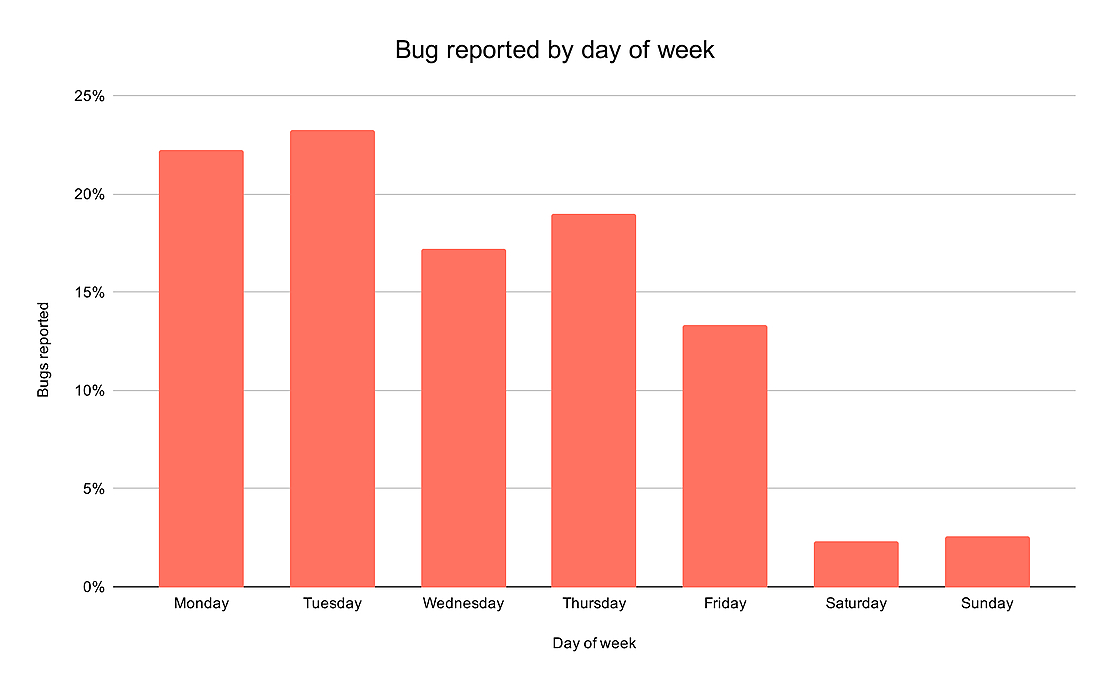 When do people report bugs? You probably never asked yourself that question, which was one of the reasons we wanted to answer it. The second reason was that we had the right type of data available, since our tool helps teams report and fix bugs. Long story short, we decided to learn more about the way software development teams approach the bug reporting process. For that exercise we've taken a random sample of 3000 bug recordings uploaded to our database in the last 2 months. Here's what we found.
When do people report bugs? You probably never asked yourself that question, which was one of the reasons we wanted to answer it. The second reason was that we had the right type of data available, since our tool helps teams report and fix bugs. Long story short, we decided to learn more about the way software development teams approach the bug reporting process. For that exercise we've taken a random sample of 3000 bug recordings uploaded to our database in the last 2 months. Here's what we found.
238. Prompt Engineering for ChatGPT and Generative AI
 The quality and relevance of results that can be derived from ChatGPT is highly dependent on the quality and contextual mapping of prompts or requests.
The quality and relevance of results that can be derived from ChatGPT is highly dependent on the quality and contextual mapping of prompts or requests.
239. Indispensable Advice That Will Make Any PM A Guru In Staying Focused
 How to tell between important and unimportant and don’t get lost in data smog.
How to tell between important and unimportant and don’t get lost in data smog.
240. What is an MVP for Software Development?
 Why is a Minimum Viable Product Important for Software Development Projects? Discover in this article!
Why is a Minimum Viable Product Important for Software Development Projects? Discover in this article!
241. How to Stay User-Focused as a Product Manager? 👥
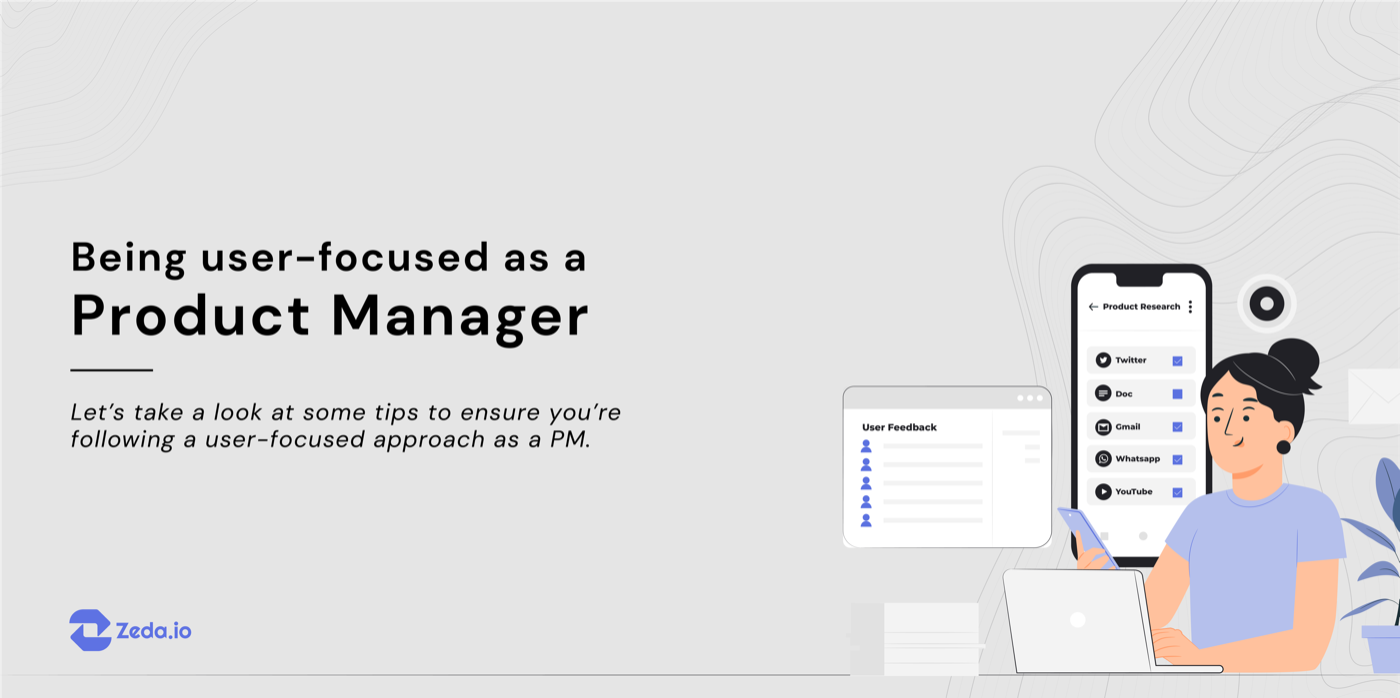 From being transparent, validating assumptions and co-creating with users, here are some easy-to-execute ways to stay user-focused as a Product Manager.
From being transparent, validating assumptions and co-creating with users, here are some easy-to-execute ways to stay user-focused as a Product Manager.
242. 7 Deadly Vices in Product Management
 Working as a product manager at a IOT startup, I realised that the IOT Product Management is a bit different from the Product Management of a typical Software / SaaS product. To equip myself better, I started scouting for product management books from a hardware / IOT standpoint. In that process came across this amazing book called Prototype to Products by Alan Cohen. This book clearly articulates what goes into IOT / hardware Product Management and what needs to be done additionally.
Working as a product manager at a IOT startup, I realised that the IOT Product Management is a bit different from the Product Management of a typical Software / SaaS product. To equip myself better, I started scouting for product management books from a hardware / IOT standpoint. In that process came across this amazing book called Prototype to Products by Alan Cohen. This book clearly articulates what goes into IOT / hardware Product Management and what needs to be done additionally.
243. How Did Pocket Create a Habit Forming Product?
 A simple analyses of Pocket app using the infamous Hook Framework
A simple analyses of Pocket app using the infamous Hook Framework
244. Why is the Documentation of Tech Products So Hard to Use? (in the User’s Point of View)
 Documenting tech products is a key part of making a project sustainable in the long term. Despite that, properly documenting them is incredibly difficult.
Documenting tech products is a key part of making a project sustainable in the long term. Despite that, properly documenting them is incredibly difficult.
245. A Weekly Project Plan so Good You Will Want to Frame It
 Use weekly project plans to improve your agile team's ability to plan and reason about the future.
Use weekly project plans to improve your agile team's ability to plan and reason about the future.
246. Startup Mantras (Not the "HBS" Kind)
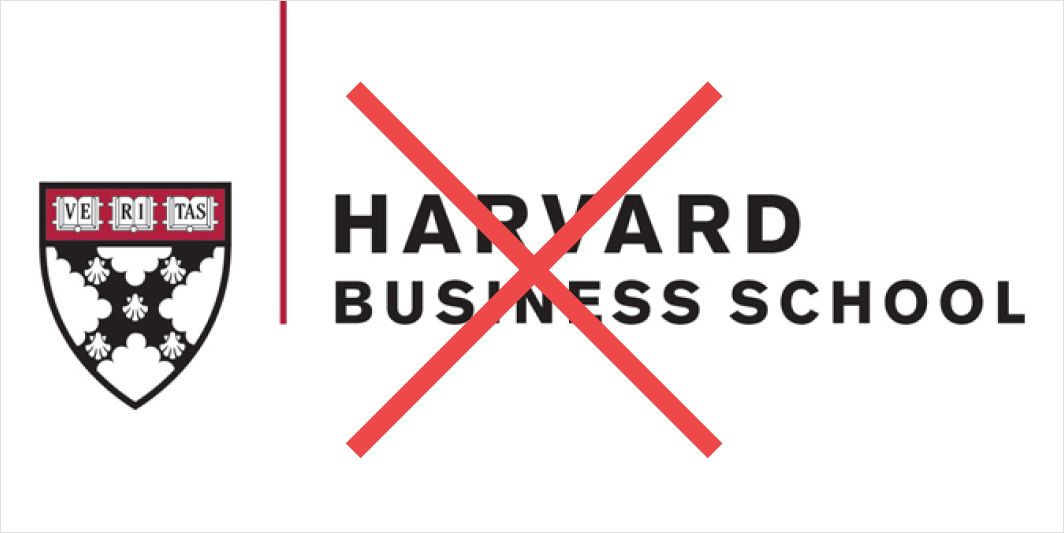 I used to think mission statements were laughably gratuitous and "frou-frou". Over time I realized a good mantra can save your company.
I used to think mission statements were laughably gratuitous and "frou-frou". Over time I realized a good mantra can save your company.
247. What Is Product Management And How It Can Help You Drive Growth
 While product management enjoys unquestioned support in the world’s most successful tech companies, other organisations that could substantially benefit from product management are still yet to adopt and embrace the discipline. So, I want to go through why you need product management in your tech or digital organisation.
While product management enjoys unquestioned support in the world’s most successful tech companies, other organisations that could substantially benefit from product management are still yet to adopt and embrace the discipline. So, I want to go through why you need product management in your tech or digital organisation.
248. Notion: Superior Productivity For All
 Notion is an All-In-One workspace. Notion’s platform allows you to create task-oriented lists and projects, wikis, databases, lightweight CRM’s, tables & more!
Notion is an All-In-One workspace. Notion’s platform allows you to create task-oriented lists and projects, wikis, databases, lightweight CRM’s, tables & more!
249. Improving Accessibility And Inclusion In UX By Understanding Exclusionary Aspects of Design

250. What it Takes to Build a Really Great Search Engine
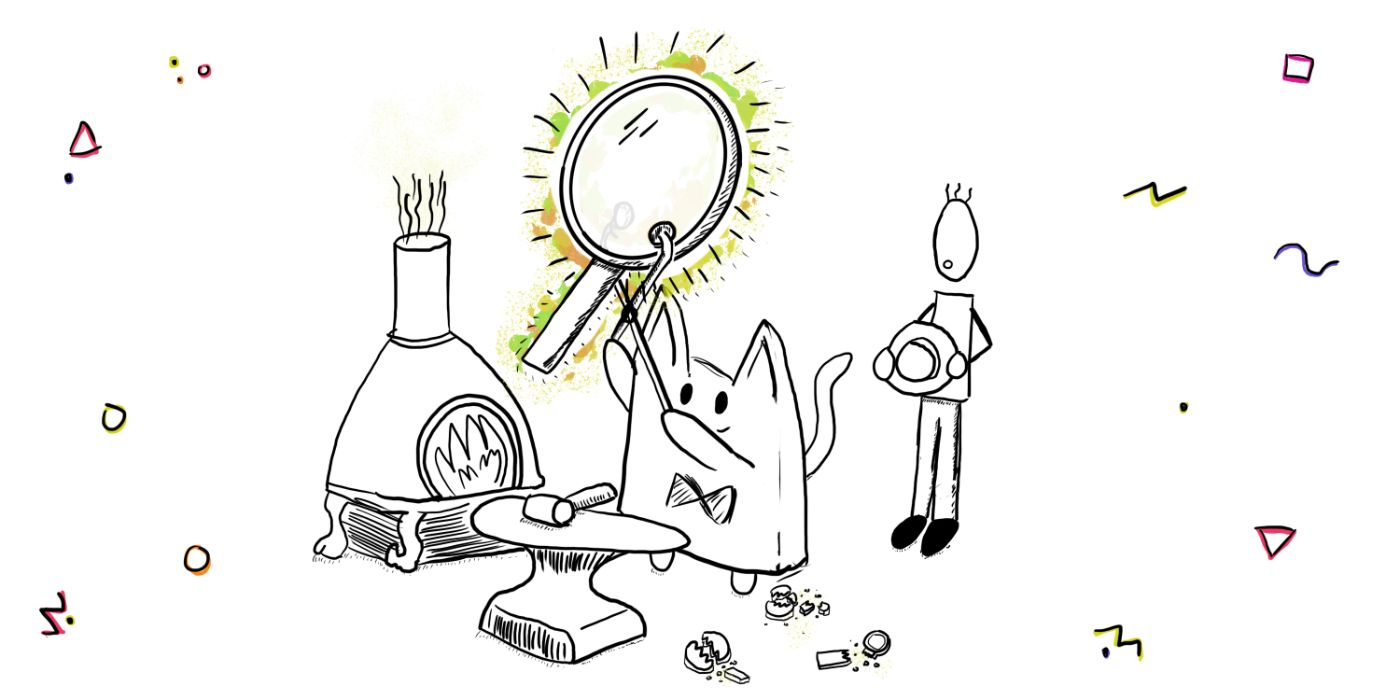 Building a successful search takes more than technical smarts, but if done right is one of the most rewarding products you could work on.
Building a successful search takes more than technical smarts, but if done right is one of the most rewarding products you could work on.
251. Gantt Charts Can Change your Understanding of Project Management
 In this article we will talk about using Gantt charts for Project Management. How this tool functions, and outlines its main benefits and drawbacks.
In this article we will talk about using Gantt charts for Project Management. How this tool functions, and outlines its main benefits and drawbacks.
252. How to Not Screw Up Your Product Strategy
 Engineers often complain about product strategy, but this post goes through why it is so hard and how to avoid common pitfalls.
Engineers often complain about product strategy, but this post goes through why it is so hard and how to avoid common pitfalls.
253. What was the Product Masterclass by Product School all about?

254. 3 Tools to Help Your Remote Team Stay Productive

255. How To Manage A Small Project With 4-5 Peoples

256. Using AI To Enhance Your Calendar And Other Productivity Hacks & Tools for Manager
 Here are a few tools that help make your Google Calendar work a little harder for you! These tools use AI tech to enhance the value you get from your Calendar.
Here are a few tools that help make your Google Calendar work a little harder for you! These tools use AI tech to enhance the value you get from your Calendar.
257. Tackling The Technical Debt in Five Steps
 Recognizing that you have technical debt is easy. And if you don’t recognize it already, one of your engineers will likely tell you:)
Recognizing that you have technical debt is easy. And if you don’t recognize it already, one of your engineers will likely tell you:)
258. The Engineer's Complete Guide to Backlog Grooming📝
 Without organization, backlogs get messy quickly, and issues can’t be prioritized.
Without organization, backlogs get messy quickly, and issues can’t be prioritized.
259. Scale Economies, Network Effects, Branding, and More: The 7 Powers of Product Strategy [Part II]
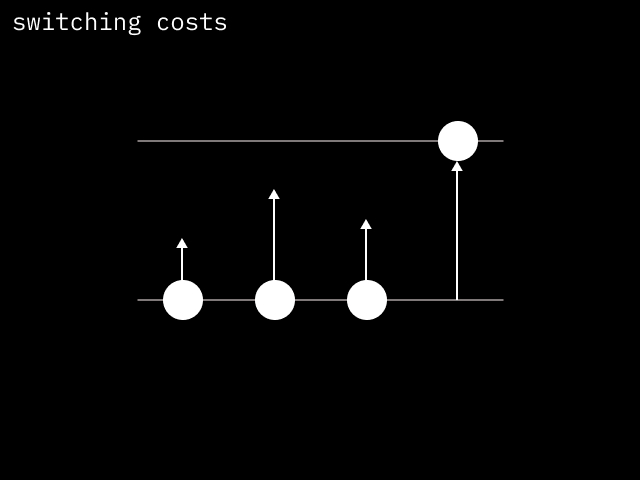 In the last post we looked at what strategy is and the false contradiction between planning for strategy and letting your product emerge through rapid experimentation and fast feedback loops, which often combine and compound in unforeseen ways. We talked at how writing it down can help you clarify your future thinking and crystallize your product definition and the strategy that underlies it.
In the last post we looked at what strategy is and the false contradiction between planning for strategy and letting your product emerge through rapid experimentation and fast feedback loops, which often combine and compound in unforeseen ways. We talked at how writing it down can help you clarify your future thinking and crystallize your product definition and the strategy that underlies it.
260. How Nigeria's BuyCoins Can Solve Their UI/UX Problems #YouAreWelcome
 What BuyCoins can do better: My UX analysis of BuyCoins, a Nigerian cryptocurrency exchange platform
What BuyCoins can do better: My UX analysis of BuyCoins, a Nigerian cryptocurrency exchange platform
261. The Next Generation of Scrum: No Sprints Needed. Just Deliver
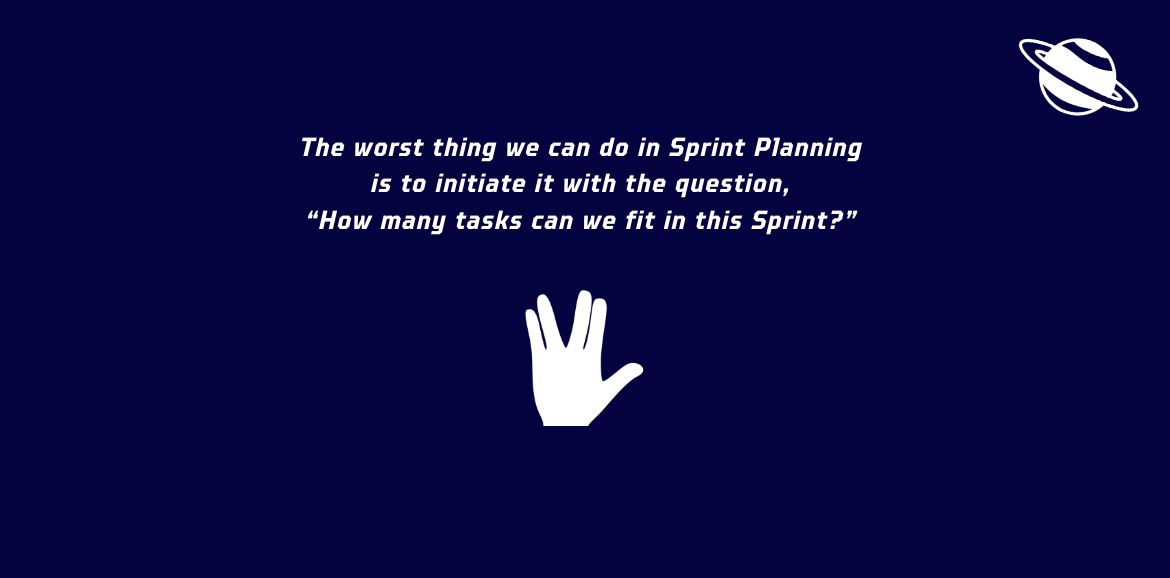 The worst thing we can do in Sprint Planning is to initiate it with the question, “How many tasks can we fit in this Sprint?”
The worst thing we can do in Sprint Planning is to initiate it with the question, “How many tasks can we fit in this Sprint?”
262. How Agencies Approach Software Development
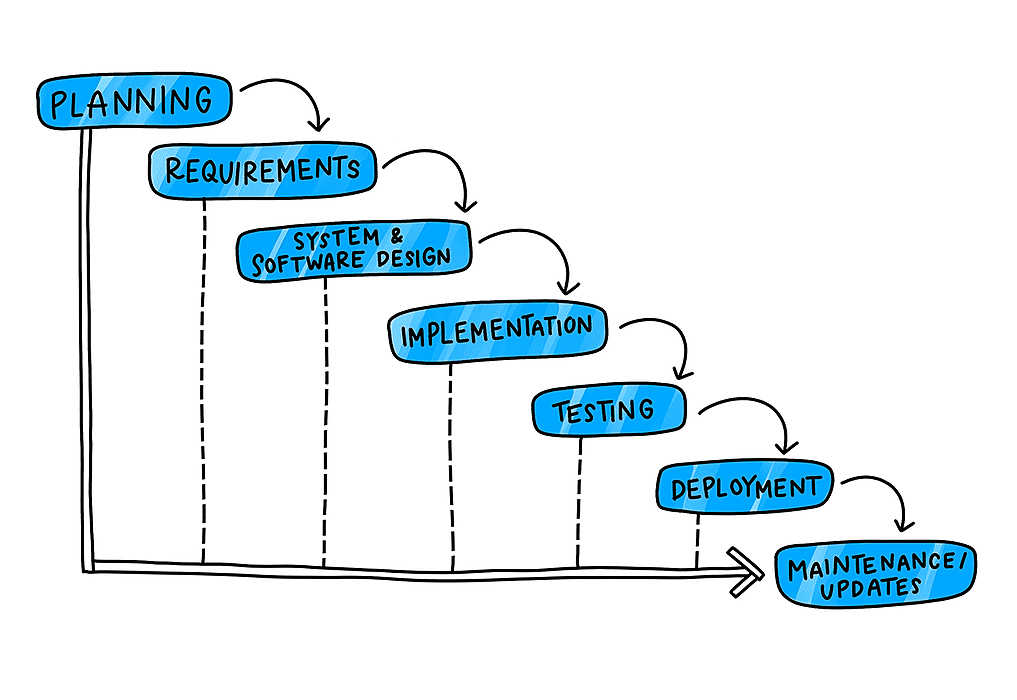 If you decide to outsource the development of the project, you must understand the specifics of this format of cooperation with the agency. You cannot fully control the “inner kitchen” of the project creation, will it be a startup or software for a large enterprise. But this is not necessary, as experienced agencies ensure the transparency and continuity of all work processes. They maintain constant communication with the client and resolve issues as they become available.
If you decide to outsource the development of the project, you must understand the specifics of this format of cooperation with the agency. You cannot fully control the “inner kitchen” of the project creation, will it be a startup or software for a large enterprise. But this is not necessary, as experienced agencies ensure the transparency and continuity of all work processes. They maintain constant communication with the client and resolve issues as they become available.
263. How To Improve Software Product Development With Machine Learning
 A guide on how to Improve your Product Development Cycle using clever applications of ML and AI.
A guide on how to Improve your Product Development Cycle using clever applications of ML and AI.
264. How Loop Is Building A Virtual Restaurant Operating System
 Sundar Annamalai and Vinod Pachipulusu about starting Loop as a virtual restaurant platform to help restaurants with their business.
Sundar Annamalai and Vinod Pachipulusu about starting Loop as a virtual restaurant platform to help restaurants with their business.
265. The Growth Marketing Writing Contest by mParticle and HackerNoon
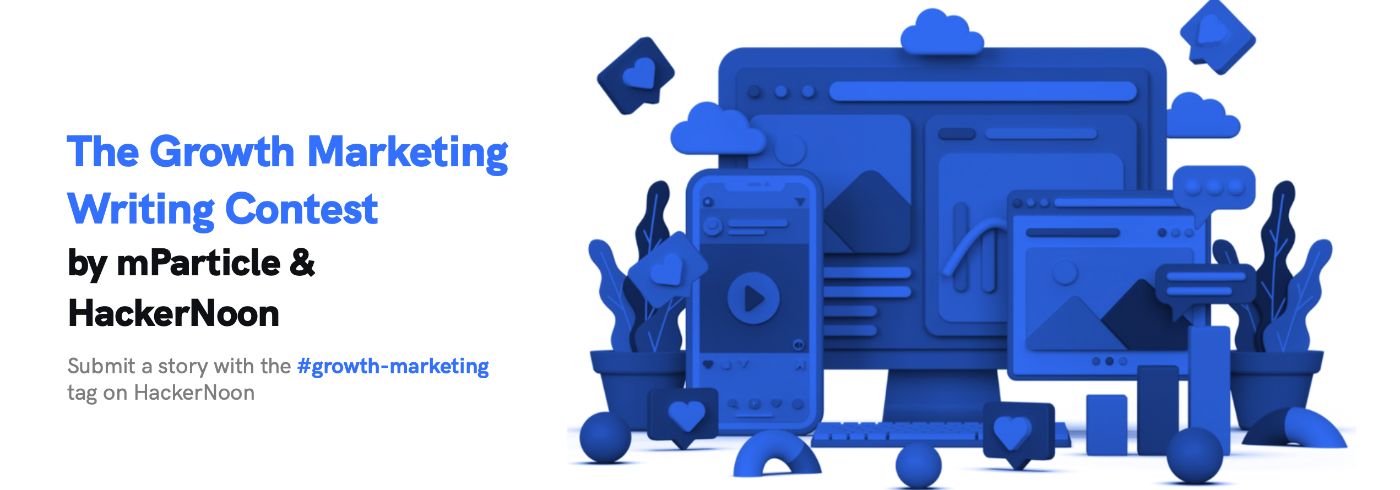 mParticle & HackerNoon are excited to host a Growth Marketing Writing Contest. Here’s your chance to win money from a whopping $12,000 prize pool!
mParticle & HackerNoon are excited to host a Growth Marketing Writing Contest. Here’s your chance to win money from a whopping $12,000 prize pool!
266. Why Amazon's Working Backwards Framework Works — But Not at Your Company
 Amazon's Working Backwards process is well documented across the internet. But why don't more companies use this for their innovation?
Amazon's Working Backwards process is well documented across the internet. But why don't more companies use this for their innovation?
267. Working With Creatives Doesn't Have to Be Hard

268. Is Your Data Biased? How To Overcome Survivorship Bias
 In this post, we study the Survivorship bias — the danger to concentrate your data analysis solely on existing power users
In this post, we study the Survivorship bias — the danger to concentrate your data analysis solely on existing power users
269. 50 Shades of Lead Time: Measuring Each Part of the Development Process
 I have read multiple definitions for Lead Time and Cycle Time over the last years. Recently, I shared why I prefer using the first over the later.
I have read multiple definitions for Lead Time and Cycle Time over the last years. Recently, I shared why I prefer using the first over the later.
270. How the Right Problem Statement Can Save you From Unnecessary Work

271. How I Became a Product Manager From A Sales Executive
 I am grateful to you for reading my article. Through my trials, I have found that it is not enough to know what to do - we must act on that knowledge to have what we want.
I am grateful to you for reading my article. Through my trials, I have found that it is not enough to know what to do - we must act on that knowledge to have what we want.
272. 3 Questions Founders Should Answer to Scale and Raise VC Investment
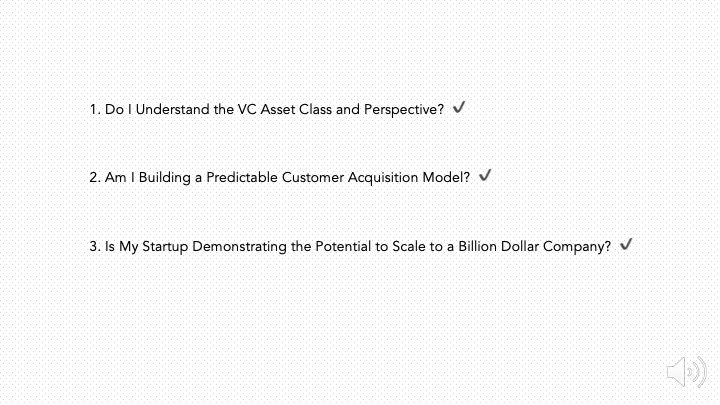
- Do I Understand the VC Asset Class and Perspective?
- Am I Building a Predictable Customer Acquisition Model?
- Is My Startup a Billion Dollar Company?
273. 25 Products Google Sent To Their Graveyard: A Brief History
 Google is generally at innovation’s forefront, and a large number of its items and administrations have become industry pioneers. Be that as it may, not all things google conjures up goes to gold. The tech goliath has created a couple of clunkers, yet Google doesn’t stop for a second to cut its misfortunes. Here’s a voyage through the Google Graveyard, with a glance at certain items and administrations Google has executed off as the years progressed.
Google is generally at innovation’s forefront, and a large number of its items and administrations have become industry pioneers. Be that as it may, not all things google conjures up goes to gold. The tech goliath has created a couple of clunkers, yet Google doesn’t stop for a second to cut its misfortunes. Here’s a voyage through the Google Graveyard, with a glance at certain items and administrations Google has executed off as the years progressed.
274. Developing Software Quality Metrics as a Data Scientist - 5 Lessons Learned
 Software quality metrics are essential tools in ensuring a product provides the best experience to its users. Here are some tips for (not only) data scientists.
Software quality metrics are essential tools in ensuring a product provides the best experience to its users. Here are some tips for (not only) data scientists.
275. How To Write a Killer Resume
 A resume is a brief which tells about you before the interviewer gets to meet you in person. So it should be interesting & informative enough.
A resume is a brief which tells about you before the interviewer gets to meet you in person. So it should be interesting & informative enough.
276. The Most Important Stages of SaaS Application Design
 While every startup has their journey, SaaS application designing and development has their SDLC. Here's what you need to learn about them.
While every startup has their journey, SaaS application designing and development has their SDLC. Here's what you need to learn about them.
277. How to Solve Real Problems so that Great Products Build Themselves
 Natasha from hackernoon.com asks Product Strategist Dani Laity to unpack the sustainable tech product strategies and monetization models powering Aurora Sustainability—2020 Noonie Nominee in for Best Use of Tech for Good in hackernoon.com’s annual internet awards! 🚀
Natasha from hackernoon.com asks Product Strategist Dani Laity to unpack the sustainable tech product strategies and monetization models powering Aurora Sustainability—2020 Noonie Nominee in for Best Use of Tech for Good in hackernoon.com’s annual internet awards! 🚀
278. Top 5 Effective Product Positioning Strategies
 Product positioning is one of the most discussed topics in product marketing, and it could either make or mar the performance of any product that you developed.
Product positioning is one of the most discussed topics in product marketing, and it could either make or mar the performance of any product that you developed.
279. 10 Ideas To Make You A Better Product Manager

280. What I Learned Working 6 Weeks on a Sh*tty Side Project
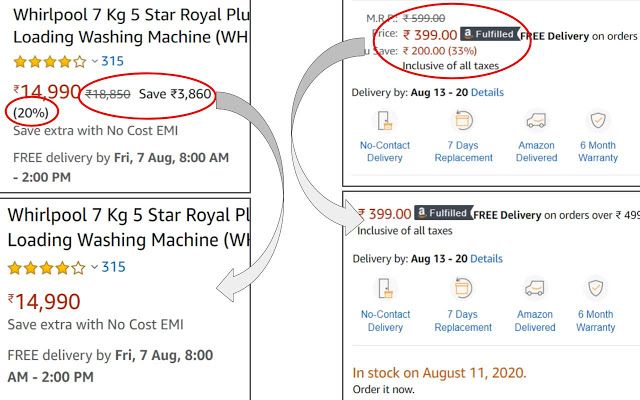 About a month ago, I started working on Unfluence! It was going to be the perfect side project. In fact, Here is a list of things why it was going to be a perfect side project.
About a month ago, I started working on Unfluence! It was going to be the perfect side project. In fact, Here is a list of things why it was going to be a perfect side project.
281. Learning New Skills as a Developer By Building Your Side-Project
 Since 2018 I've been involved in building close to a dozen products. Most of them I've shut down, some of them I've sold to others – and some are still alive! I credit a lot to this time – I believe these products are a major factor in my personal and professional development.
Since 2018 I've been involved in building close to a dozen products. Most of them I've shut down, some of them I've sold to others – and some are still alive! I credit a lot to this time – I believe these products are a major factor in my personal and professional development.
282. Why This Product Manager Uses n8n for His Mental Healthcare App
 Mani Kumar, co-founder of The Mind Clan, has been using n8n for both personal and professional purposes. He has been advocating about process automation and how it can bring about a lot of benefits for individuals and companies. We talked to him to learn more about his experience with workflow automation and why he decided to use n8n.
Mani Kumar, co-founder of The Mind Clan, has been using n8n for both personal and professional purposes. He has been advocating about process automation and how it can bring about a lot of benefits for individuals and companies. We talked to him to learn more about his experience with workflow automation and why he decided to use n8n.
283. Notifications That Don’t Suck: React Inbox and React Toast Components
 We are excited to announce the availability of Courier’s newest provider, Courier Push! We have released Inbox and Toast; two open-source React components
We are excited to announce the availability of Courier’s newest provider, Courier Push! We have released Inbox and Toast; two open-source React components
284. Startup Costs: Can the MVP Route Save You a Lot of Money?
 Entrepreneurship is getting popular with every passing day, leading to an increase in rising startups. But how many have tasted success?
Entrepreneurship is getting popular with every passing day, leading to an increase in rising startups. But how many have tasted success?
285. All you Need to Know About Building a B2B Product (Example Case Study Included)
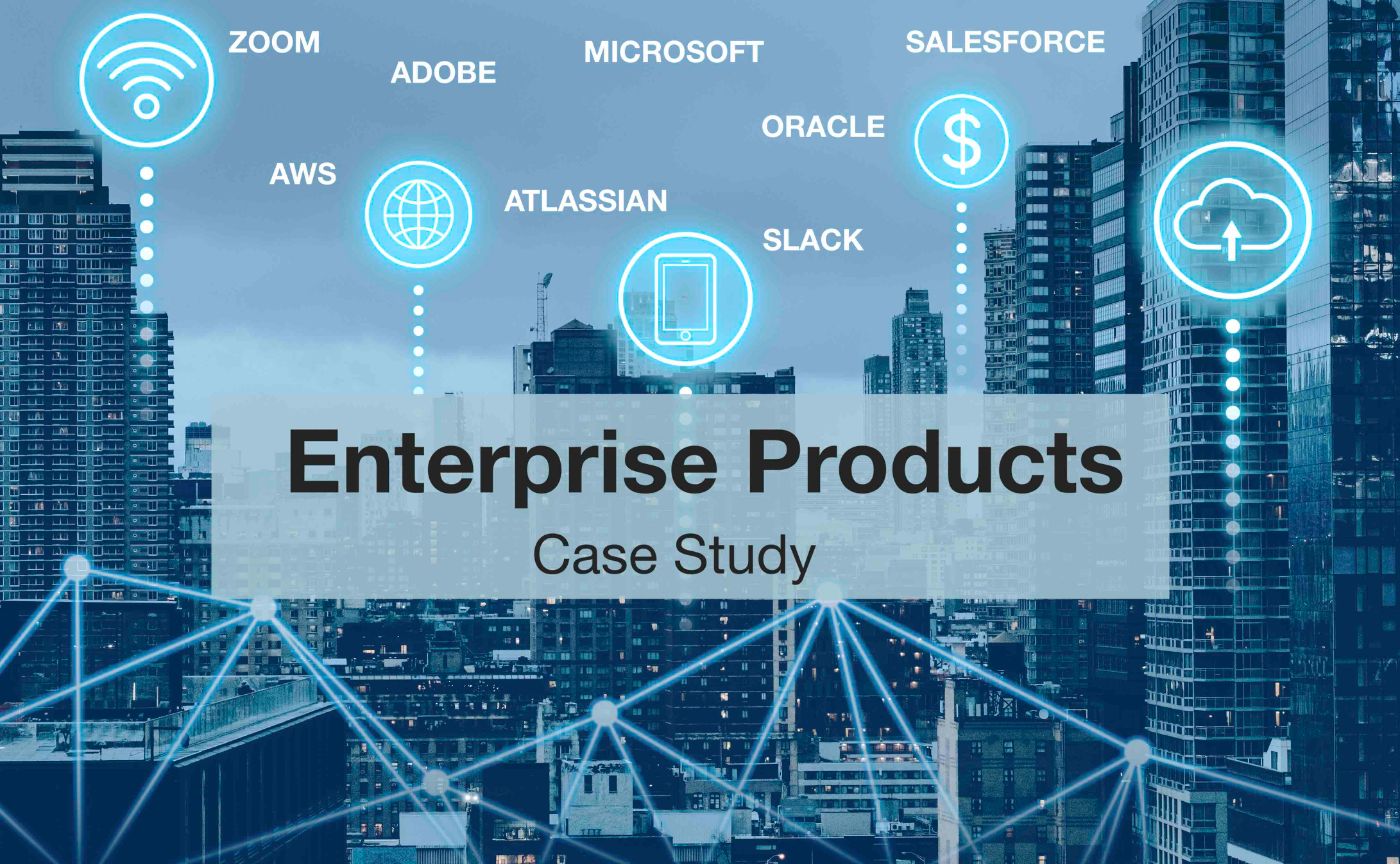 Learn how B2B and SaaS product managers solve business users problems by building features for enterprise solutions
Learn how B2B and SaaS product managers solve business users problems by building features for enterprise solutions
286. 5 Steps to Build a Data-Driven Product Development Culture
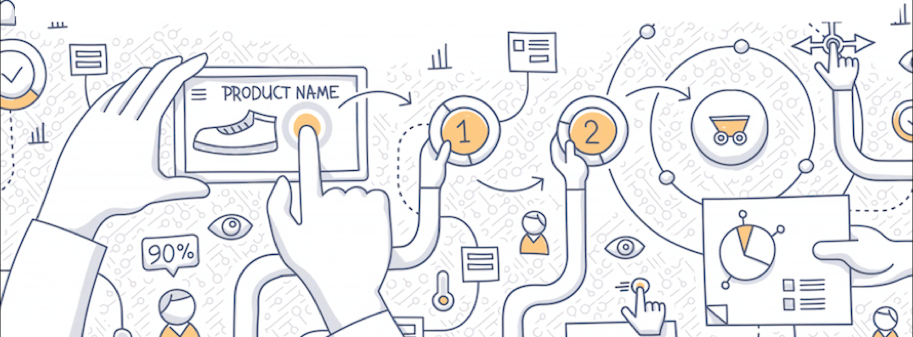 Early stages of product development are one of the most exciting times to be a part of the company as a product manager. One of the most important factors that drive the growth and success of the product is how quickly it acquires a large and loyal base of customers. You want these customers to use your product as frequently as possible with minimum friction.
Early stages of product development are one of the most exciting times to be a part of the company as a product manager. One of the most important factors that drive the growth and success of the product is how quickly it acquires a large and loyal base of customers. You want these customers to use your product as frequently as possible with minimum friction.
287. Learning When and When Not to Leverage AI in Your Products
 You need to go from your house to the Airport. Do you take a Limo or a bike? Of course a Limo? The road is bad and the traffic worse... A Limo is not always the right choice.
You need to go from your house to the Airport. Do you take a Limo or a bike? Of course a Limo? The road is bad and the traffic worse... A Limo is not always the right choice.
288. Problem Solving Questions During PM Interview
 Problem-solving question is the most frequent and recurring question asked PM interview. Here's a way on how shall one approach it.
Problem-solving question is the most frequent and recurring question asked PM interview. Here's a way on how shall one approach it.
289. How To Pivot to Product Management?
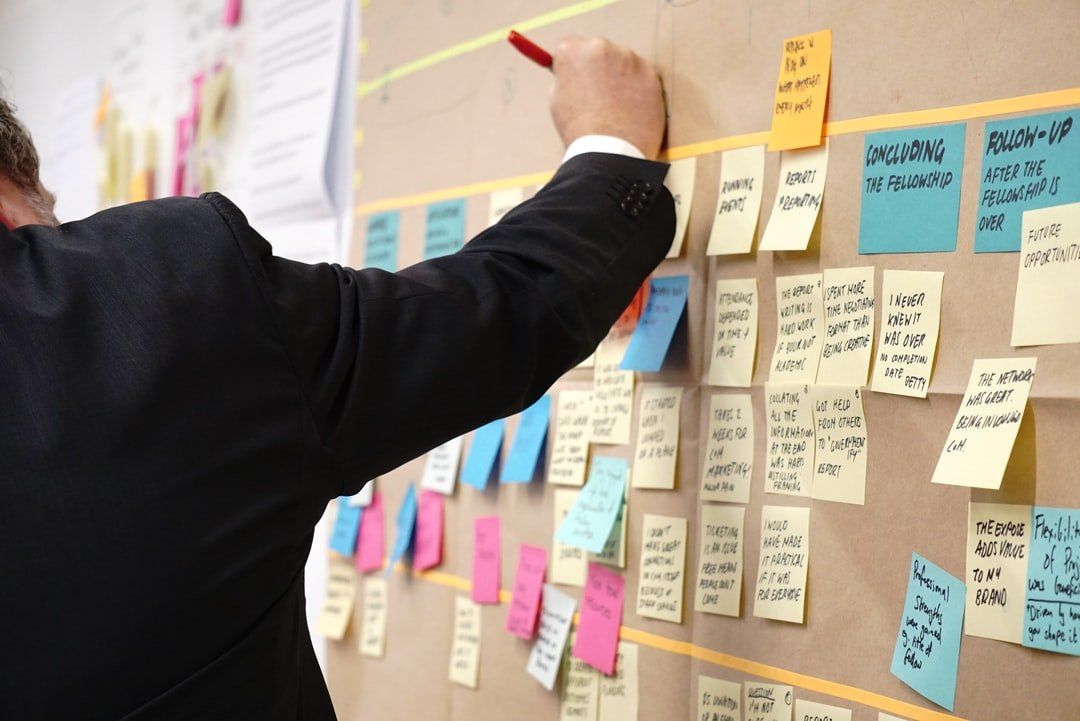 By now, my assumption is that you have given your pivot into product management, some thought, per-chance even simulated your foray end to end. No surprises. I was you, in February 2010, with countless sleepless nights digging hundreds of product management blogs and resources. Why Product Management? Was I aware it was called product management?
By now, my assumption is that you have given your pivot into product management, some thought, per-chance even simulated your foray end to end. No surprises. I was you, in February 2010, with countless sleepless nights digging hundreds of product management blogs and resources. Why Product Management? Was I aware it was called product management?
290. How I Quit My Job to Start My Online Business
 I quit my job. I'm now unemployed. It feels great to finally be able to write this blog post.
I quit my job. I'm now unemployed. It feels great to finally be able to write this blog post.
291. Improving Focus and Productivity Using the Pomodoro Technique
 Have you ever gotten to the end of your day and while you've completed tasks, you don't feel you accomplished what you set out to do? Are you're working hard at a list of tasks that you're trying to finish but you're not able to give 100%? Do you have no idea where time has gone and you have nothing to showcase your work? Do you procrastinate? Do you lose time in your day scrolling social media feeds, your inbox or YouTube? There may be a solution that could help you. The Pomodoro Technique and it could transform your life.
Have you ever gotten to the end of your day and while you've completed tasks, you don't feel you accomplished what you set out to do? Are you're working hard at a list of tasks that you're trying to finish but you're not able to give 100%? Do you have no idea where time has gone and you have nothing to showcase your work? Do you procrastinate? Do you lose time in your day scrolling social media feeds, your inbox or YouTube? There may be a solution that could help you. The Pomodoro Technique and it could transform your life.
292. 5 Steps To Build A Cool Legal Marketplace Startup In 24 Hrs
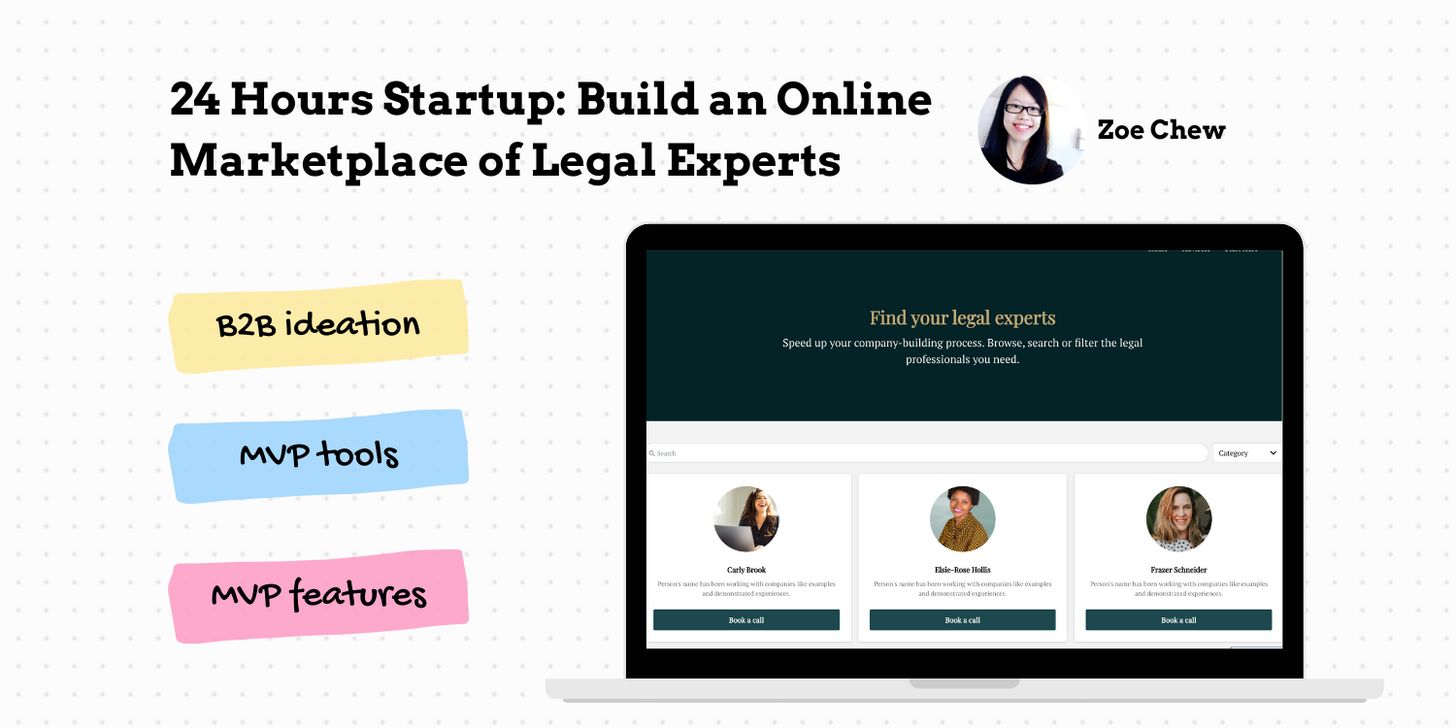
293. Why Feature Prioritization Will Always Be an Art
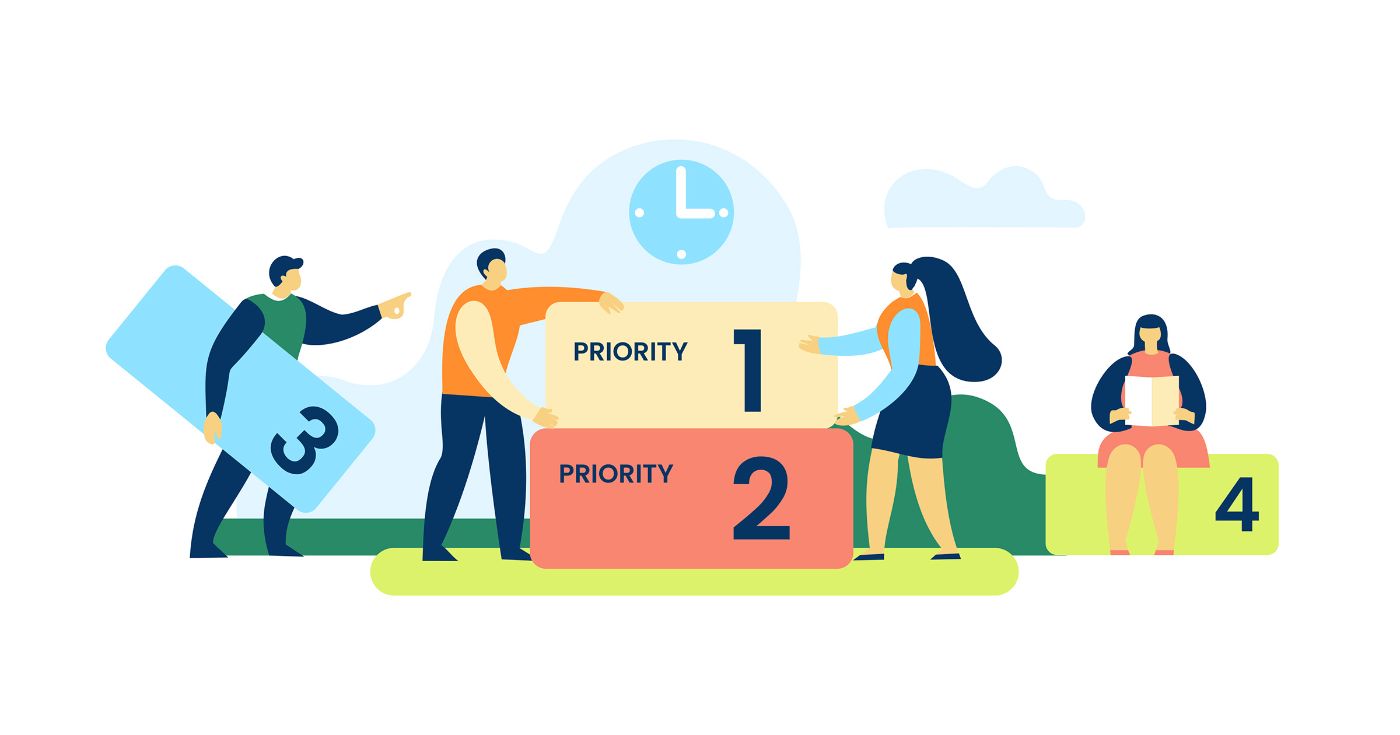 Product management is more of an art than a science, and its unique deliverables depend largely on the personality of the product manager.
Product management is more of an art than a science, and its unique deliverables depend largely on the personality of the product manager.
294. 5 Ways And Resources to Get Into Product Management
 What’s stopping you?
What’s stopping you?
295. Sprint Planning Minus Estimation Efforts
 This week Product School Slack's community members uncovered ways to properly plan product sprints.
This week Product School Slack's community members uncovered ways to properly plan product sprints.
296. How to Consistently Deliver Your Projects on Time: 5 Tips to Follow
 The bread and butter of knowledge work is figuring out what needs to be done, in what order, and what can be cut.
The bread and butter of knowledge work is figuring out what needs to be done, in what order, and what can be cut.
297. What I Learned from My Microsoft Product Management Internship

298. "Never Be Afraid to Say: I Don't Know" — Vindhya C (2019 Noonies Winner: PM of the Year)
 Vindhya C won 2019's coveted Noonie Award for Product Manager of the Year. Nominations for the 2020 Award for Product Manager of the Year are OPEN UNTIL 12 AUGUST AT NOON! Nominate someone you admire for a Hacker Noon Tech Award and make a PM's day today!
Vindhya C won 2019's coveted Noonie Award for Product Manager of the Year. Nominations for the 2020 Award for Product Manager of the Year are OPEN UNTIL 12 AUGUST AT NOON! Nominate someone you admire for a Hacker Noon Tech Award and make a PM's day today!
299. Six Common Product Management Leadership Challenges
 Products are developed, provided, and enhanced by people, and effectively leading them is crucial to achieve product success. But leading stakeholders and development teams requires overcoming six product leadership challenges that range from lacking transactional power to guiding self-organising teams. The description of the challenges below is an extract from my new book How to Lead in Product Management.
Products are developed, provided, and enhanced by people, and effectively leading them is crucial to achieve product success. But leading stakeholders and development teams requires overcoming six product leadership challenges that range from lacking transactional power to guiding self-organising teams. The description of the challenges below is an extract from my new book How to Lead in Product Management.
300. Evaluating Your App Idea and Supercharging your Chances of Success [Part 2]
 This is a continuation of a series on bring an app to life, from nothing to something. Read Part 1 here.
This is a continuation of a series on bring an app to life, from nothing to something. Read Part 1 here.
301. Salesforce: A Full Stack Developer's First Impressions - Part 1
 As a full-stack developer who primarily uses React and .NET, I have traditionally shied away from platform-specific integrations. Throughout my career, I have heard of Salesforce and "Salesforce Developers" (and I have also heard that Salesforce Developers were well-compensated), but otherwise, these terms never provoked my interest. After all, why would I want to lock myself into learning skills and abilities which only allowed me to work with one specific application?
As a full-stack developer who primarily uses React and .NET, I have traditionally shied away from platform-specific integrations. Throughout my career, I have heard of Salesforce and "Salesforce Developers" (and I have also heard that Salesforce Developers were well-compensated), but otherwise, these terms never provoked my interest. After all, why would I want to lock myself into learning skills and abilities which only allowed me to work with one specific application?
302. How to Make a DevOps Strategy
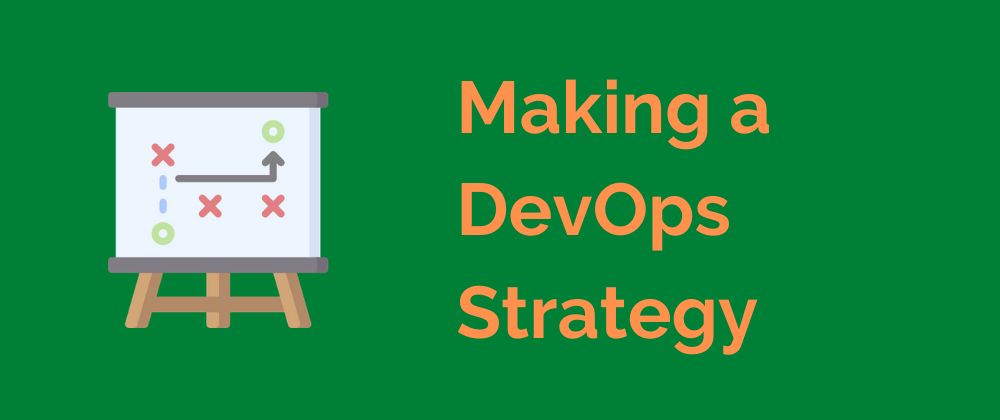 DevOps is a deployment process that helps automate a lot of processes that used to take a team hours to days to get through. When you are trying to get that process going, you need to know that everyone is on-board or else it won't work. Switching from Waterfall deployments to DevOps is a huge organizational change.
DevOps is a deployment process that helps automate a lot of processes that used to take a team hours to days to get through. When you are trying to get that process going, you need to know that everyone is on-board or else it won't work. Switching from Waterfall deployments to DevOps is a huge organizational change.
303. 3 Things Great Engineering Managers Do
 As all Spider-Man comic book fans know, with great power comes great responsibility, and being a great manager isn't just about being good at telling people what to do. It turns out that effective engineering managers aren't mind-bending wizards — they're just good at a few things. Here's a few of them:
As all Spider-Man comic book fans know, with great power comes great responsibility, and being a great manager isn't just about being good at telling people what to do. It turns out that effective engineering managers aren't mind-bending wizards — they're just good at a few things. Here's a few of them:
304. How to Build Heathy "Give and Take Relationships" within Multi-sided Platforms
 As a product manager, I came across numerous situations where I had to put myself into the shoes of customers as well as stakeholders. This is a necessary step to get to know the requirements from both sides and integrate these requirements into a product. That being said, one could argue that the product is basically an intermediary between the stakeholders and customers. Well, not literally stakeholders but their businesses. That made me think of an approach where each product could be built as a multi-sided platform, which connects two groups of participants — the ones that offer a service (stakeholders or business owners) and the others that are looking for the same services (customers or other businesses).
As a product manager, I came across numerous situations where I had to put myself into the shoes of customers as well as stakeholders. This is a necessary step to get to know the requirements from both sides and integrate these requirements into a product. That being said, one could argue that the product is basically an intermediary between the stakeholders and customers. Well, not literally stakeholders but their businesses. That made me think of an approach where each product could be built as a multi-sided platform, which connects two groups of participants — the ones that offer a service (stakeholders or business owners) and the others that are looking for the same services (customers or other businesses).
305. How To Release Your Software Without Losing Your Hair: Feature Flags Technique
 Anyone who has ever released software to customers before I’m sure has suffered from the stress and anxiety it can cause when you’re hoping and praying everything will work just as it did during testing once it’s in production.
Anyone who has ever released software to customers before I’m sure has suffered from the stress and anxiety it can cause when you’re hoping and praying everything will work just as it did during testing once it’s in production.
306. How to Build High-Performing Product Teams
 A product team is the backbone of any company with a digital offering. They're responsible for constructing goods or a service that not only provides value to users but is also a reflection of the organization they work for. Product teams spin many plates at once, spanning duties from product management, product marketing, user experience, and product analytics. In the below article, we talk through the 4 characteristics that make up a high-performing product team.
A product team is the backbone of any company with a digital offering. They're responsible for constructing goods or a service that not only provides value to users but is also a reflection of the organization they work for. Product teams spin many plates at once, spanning duties from product management, product marketing, user experience, and product analytics. In the below article, we talk through the 4 characteristics that make up a high-performing product team.
307. How to Win in Every Negotiation
 Lessons in Information Asymmetry
Lessons in Information Asymmetry
When I first moved to San Francisco, I didn’t have a car. Who needs a car in San Francisco? And the parking is like $350 per month so that is a hard no.
308. Are We Measuring Product Success Correctly? - Advice for PMs
 Measuring success is an integral part of any company, without which we cannot operate a product in any way or form. Without measuring success, the whole product vision would simply be based on some deluded platform of presumptions and intuitions which may or may not be correct. However, the question is what constitutes as ‘success’ and what should be measured in calculating how close or far we are to this success?
Measuring success is an integral part of any company, without which we cannot operate a product in any way or form. Without measuring success, the whole product vision would simply be based on some deluded platform of presumptions and intuitions which may or may not be correct. However, the question is what constitutes as ‘success’ and what should be measured in calculating how close or far we are to this success?
309. Agile User Story Mapping Board for Jira
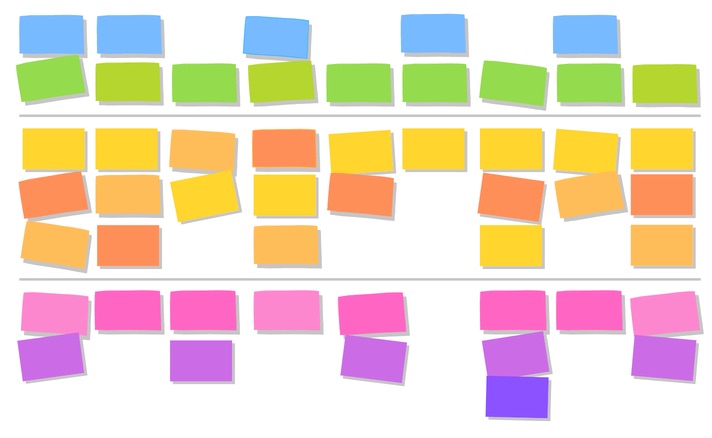 It could be tricky to prioritise hundreds of user stories in spreadsheet or Jira, you need to know which of them are the highest value features are so that you can build them next. An advanced technique to organise stories is more preferred than a messy product backlog. This is how a user story map can help in a simple way to tell story and break it down into parts.
It could be tricky to prioritise hundreds of user stories in spreadsheet or Jira, you need to know which of them are the highest value features are so that you can build them next. An advanced technique to organise stories is more preferred than a messy product backlog. This is how a user story map can help in a simple way to tell story and break it down into parts.
310. How do you track your Product Management OKRs?
 How do you track your Objectives and Key Results (OKRs) in product management? Read these suggested solutions from experienced product managers.
How do you track your Objectives and Key Results (OKRs) in product management? Read these suggested solutions from experienced product managers.
311. The Epic Story of a Stellar Product Manager: From 0 to 100k Users
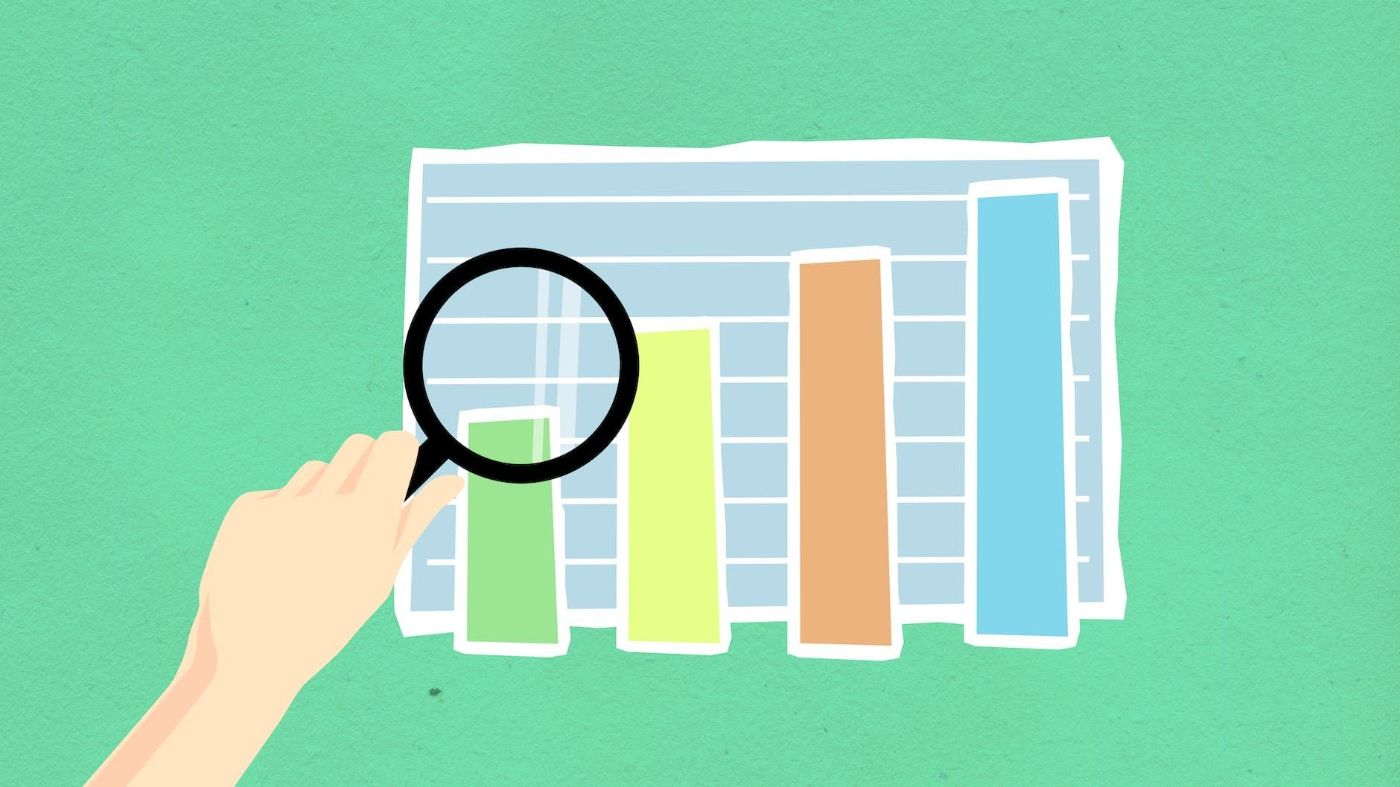 Sunil Tej Gorantla is a product expert, growth hacker, and writer. He believes in solving for what people need and making data-driven decisions.
Sunil Tej Gorantla is a product expert, growth hacker, and writer. He believes in solving for what people need and making data-driven decisions.
312. 10 Common Product Management Mistakes that Could be Slowing Your Progress
 We see hard-working product teams struggling all the time, even under the best of conditions. Often, it’s not due to a deficiency or lack of skill within the team. Rather, the team has fallen into one—or more—of the most common dysfunctions in product management.
We see hard-working product teams struggling all the time, even under the best of conditions. Often, it’s not due to a deficiency or lack of skill within the team. Rather, the team has fallen into one—or more—of the most common dysfunctions in product management.
313. Setting Product Goals & Metrics
 Defining Product Goals and Metrics for Product Managers.
Solving Product Execution Problems and Cases for PM interviews.
Defining Product Goals and Metrics for Product Managers.
Solving Product Execution Problems and Cases for PM interviews.
314. Best Courses and Certification Exams to Help You Become a Scrum Master
 Scrum Alliance, scrum.org, and ICAgile are some of the best Scrum certification providers in the market. Certifications from a reputable source provide insight.
Scrum Alliance, scrum.org, and ICAgile are some of the best Scrum certification providers in the market. Certifications from a reputable source provide insight.
315. 4 Templates For Product Owners Looking To Write Great User Stories
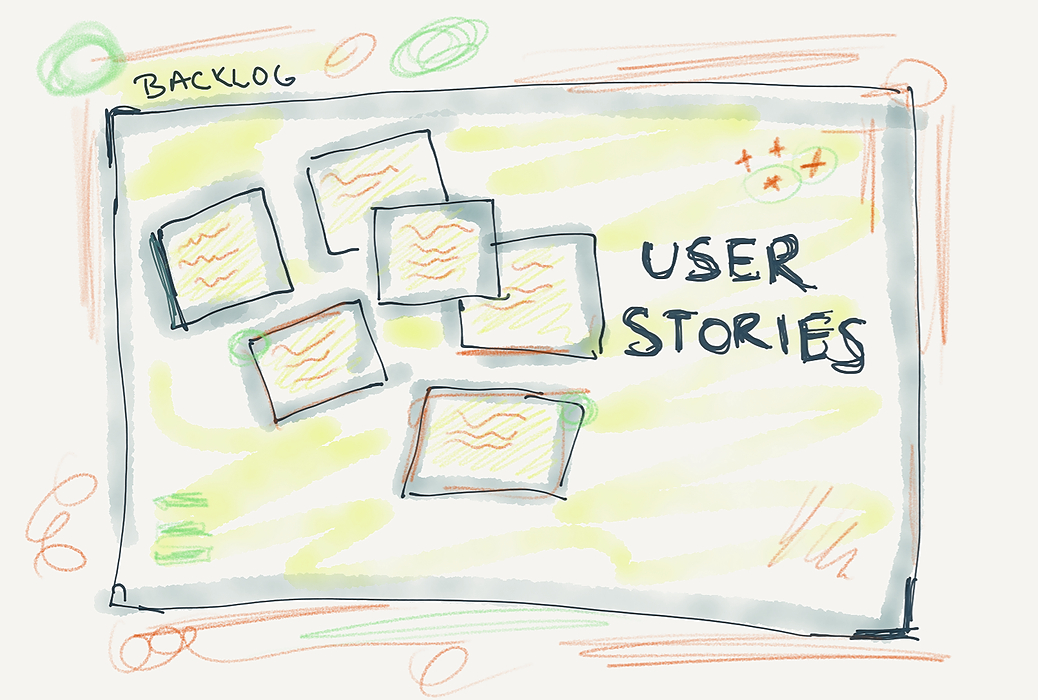 The purpose of a user story is to describe the desired functionality of a specific part of the software.
The purpose of a user story is to describe the desired functionality of a specific part of the software.
316. A Guide to Design Thinking and Continuous Delivery from an Ex-Principal Engineer
 How do the big tech companies and unicorn startups succeed in agile product development while maintaining code quality.
How do the big tech companies and unicorn startups succeed in agile product development while maintaining code quality.
317. The Essential Data for Leading a Remote Engineering Team
 When your team is building a software product, the majority of the work that they do is invisible. As a manager, you have to rely on in-person cues for blocked work or frustrated engineers. When they move to a remote workflow—your team also becomes invisible, and all those critical signals are dropped.
When your team is building a software product, the majority of the work that they do is invisible. As a manager, you have to rely on in-person cues for blocked work or frustrated engineers. When they move to a remote workflow—your team also becomes invisible, and all those critical signals are dropped.
In-person, you might notice:
318. What Is Product Marketing, and What Do PMMs Do?
 Product marketing function varies significantly from company to company and it sometimes even means different things at the same organization.
Product marketing function varies significantly from company to company and it sometimes even means different things at the same organization.
319. Becoming a Manager of Engineers: How to Focus on Visibility and Predictability
 Becoming a manager is usually one of the biggest challenges of an engineer’s career. We are usually used to algorithms and state machines, which are predictable and have specific outputs depending on the input.
Becoming a manager is usually one of the biggest challenges of an engineer’s career. We are usually used to algorithms and state machines, which are predictable and have specific outputs depending on the input.
320. How to Maximize the Value of User Stories
 Many development teams suffer from misunderstanding of business requirements. User Story turns out a round table for discussions over future achievements.
Many development teams suffer from misunderstanding of business requirements. User Story turns out a round table for discussions over future achievements.
321. What Went Wrong? A Product Manager's Guide to Root Cause Analysis
 As a product manager/owner of a product, a service or a feature, when do you get to know something went wrong?
As a product manager/owner of a product, a service or a feature, when do you get to know something went wrong?
322. Co-Working In A Post-WeWork Era
 The past few months of COVID-19 has all but certainly put the nail in the coffin for WeWork. In addition to the stress placed on the U.S.
The past few months of COVID-19 has all but certainly put the nail in the coffin for WeWork. In addition to the stress placed on the U.S.
323. Say Goodbye to Ivory Tower Scrum: 3 Keys to Adapting Agile at an Agency
 The three keys outlined in this article will help product managers in agency settings implement Agile more effectively.
The three keys outlined in this article will help product managers in agency settings implement Agile more effectively.
324. How to Prepare for a Product Manager Interview [Part 3-From Zero to Product Manager]

325. "Agile" is a product development tactic not a collection of techniques
 Many tech businesses rely on a mix of process and platitudes to define how they work. Instead, they should focus on the tactics that inform their processes.
Many tech businesses rely on a mix of process and platitudes to define how they work. Instead, they should focus on the tactics that inform their processes.
326. From Zero To $210K MRR in Five Months: Here's How
 Building a SaaS startup
Building a SaaS startup
327. A Full Stack Dev's First Impressions of the Salesforce Platform, Part 2

328. Graphic Designer Tips: How to Communicate With Your Clients
 Client-oriented approach tips that help to build smooth and productive communication with clients.
Client-oriented approach tips that help to build smooth and productive communication with clients.
329. An Introduction to Product Diversification Strategies
 Product Diversification is crucial for growth in the e-commerce market and to expand in the right direction.
Product Diversification is crucial for growth in the e-commerce market and to expand in the right direction.
330. Building Dependencies in Sheets, ClickUp, Monday, Wrike, SmartSheets
 Your project may contain tasks that depend on each other. Sometimes a task cannot start until its dependent (predecessor) task finishes, or maybe the task can start when its dependent task starts as well. As you manage tasks with these more complex dependency types (FS, SF, SS, FF), you may find more specialized software or SaaS tool to help you plan and visualize these tasks.
Your project may contain tasks that depend on each other. Sometimes a task cannot start until its dependent (predecessor) task finishes, or maybe the task can start when its dependent task starts as well. As you manage tasks with these more complex dependency types (FS, SF, SS, FF), you may find more specialized software or SaaS tool to help you plan and visualize these tasks.
331. Templates I Used To Validate Ideas and Get Paying Customers in 2021
 My reflection notes, processes, and frameworks — how I rapidly test new ideas, generate paying customers, and optimize daily performance.
My reflection notes, processes, and frameworks — how I rapidly test new ideas, generate paying customers, and optimize daily performance.
332. 4 Productivity Hacks That Yield Quick Results
 Having trouble hitting deadlines and staying focused? Well, have no fear! This article will introduce four productivity hacks that almost anyone can implement immediately and see fast results.
Having trouble hitting deadlines and staying focused? Well, have no fear! This article will introduce four productivity hacks that almost anyone can implement immediately and see fast results.
333. Life-Changing Tips For Productive Interaction With Ukrainian Developers
 As a founder with a developer background, I was frequently asked for recommendations of outsourced tech teams. A long time ago I co-founded a Ukrainian software house, before handing business to my partner in 2016.
As a founder with a developer background, I was frequently asked for recommendations of outsourced tech teams. A long time ago I co-founded a Ukrainian software house, before handing business to my partner in 2016.
334. Guide to Product Research Based on Experiences of Skyeng, Dashly, Miro and ER-Telecom
 Recently we held a meetup where Dashly and other IT companies talked internal researches. We invited Alisa Velminskaya, user researcher at Skyeng, who told us about how Skyeng’s research team manages to combine user research and data analysis. She also shared some research organizing experience. Other representatives who joined her to talk about their companies’ research methods were Ekaterina Syuma, product designer at Miro, and Maxim Golovkin, head of web & mobile development at ER-Telecom. The one shooting questions at them was Dmitrii Sergeev, the CEO & founder of Dashly.
Recently we held a meetup where Dashly and other IT companies talked internal researches. We invited Alisa Velminskaya, user researcher at Skyeng, who told us about how Skyeng’s research team manages to combine user research and data analysis. She also shared some research organizing experience. Other representatives who joined her to talk about their companies’ research methods were Ekaterina Syuma, product designer at Miro, and Maxim Golovkin, head of web & mobile development at ER-Telecom. The one shooting questions at them was Dmitrii Sergeev, the CEO & founder of Dashly.
335. Accurate Project Estimations: How To Make Them?
 Can software project estimation be as realistic as possible? This article will walk you through how we, at UpsilonIT, approach the estimating process. We will also share some hands-on techniques and useful tips on making it more accurate and robust.
Can software project estimation be as realistic as possible? This article will walk you through how we, at UpsilonIT, approach the estimating process. We will also share some hands-on techniques and useful tips on making it more accurate and robust.
336. How to Approach A Case Study For A Product Management Interview
 Product Management Case Study approach by using feature prioritization techniques. A brief introduction to the Product Management field.
Product Management Case Study approach by using feature prioritization techniques. A brief introduction to the Product Management field.
337. The Grand Cluster Hotel
 A non-technical explanation of Docker containers, Kubernetes, and clusters.
A non-technical explanation of Docker containers, Kubernetes, and clusters.
338. The 37 Dimensions of the API-as-Product Assessment Framework
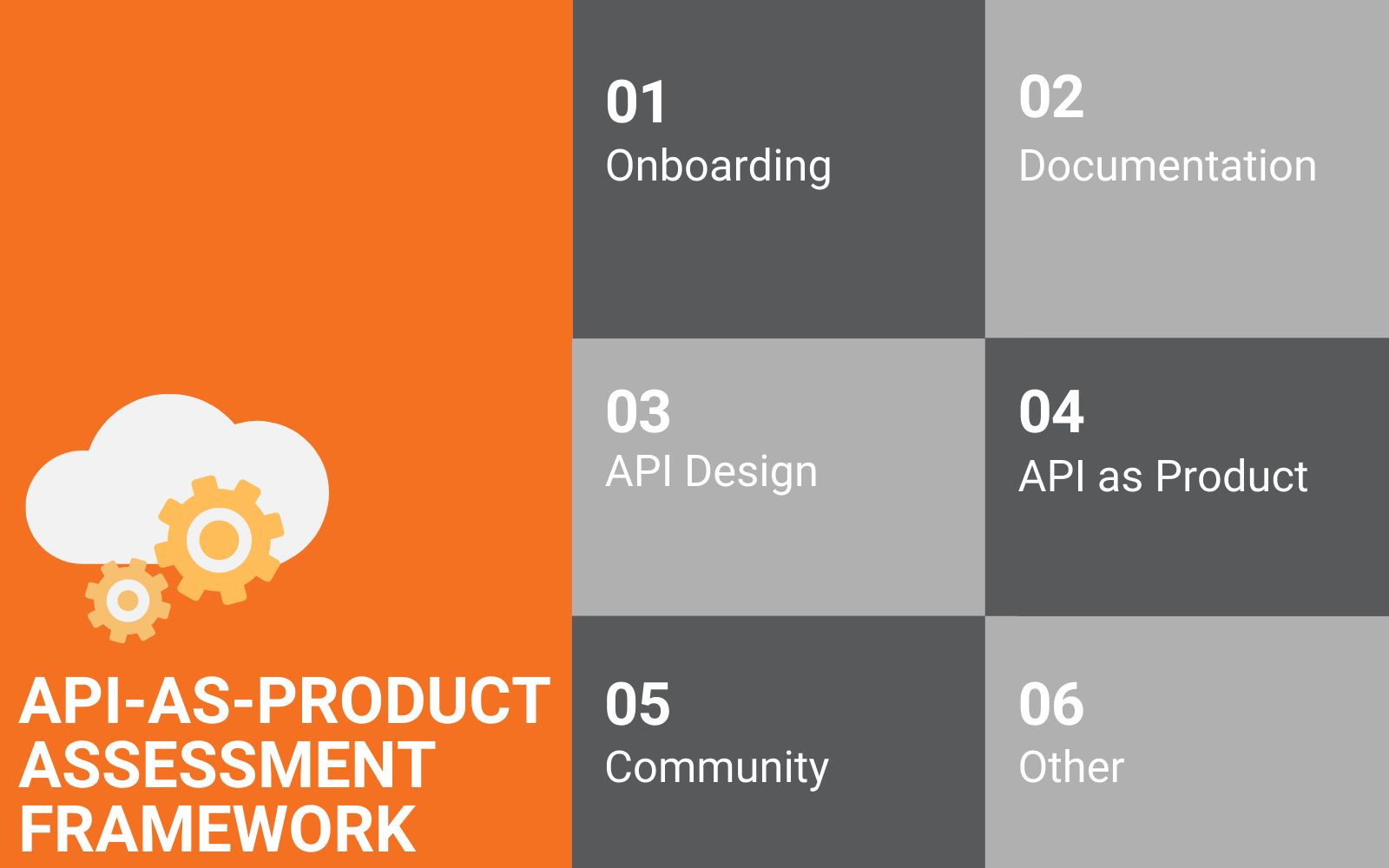 We’ve developed an API-as-Product Assessment Framework that we’re using to assess public APIs. We’re sharing this framework because you will likely find it to be a useful tool for understanding your own API as a product or set of products.
We’ve developed an API-as-Product Assessment Framework that we’re using to assess public APIs. We’re sharing this framework because you will likely find it to be a useful tool for understanding your own API as a product or set of products.
339. Improving Software Development Productivity
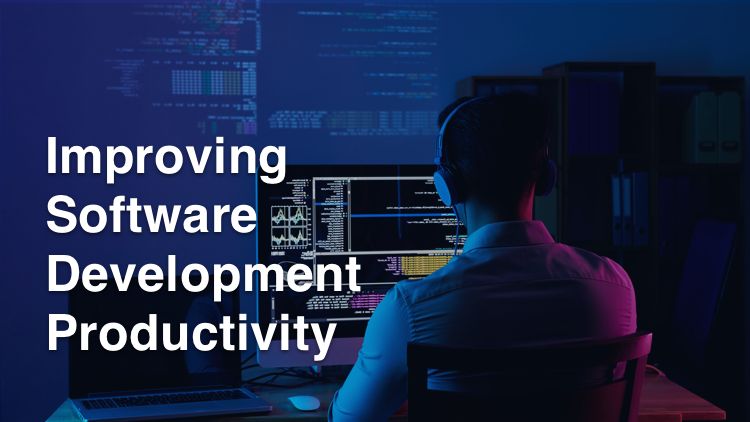 Software development takes time and effort and requires patience, but if it’s taking too long it can hurt the business. That’s why it’s important to always consider what you can do to improve your software development productivity.
Software development takes time and effort and requires patience, but if it’s taking too long it can hurt the business. That’s why it’s important to always consider what you can do to improve your software development productivity.
340. Who is the Product Owner?
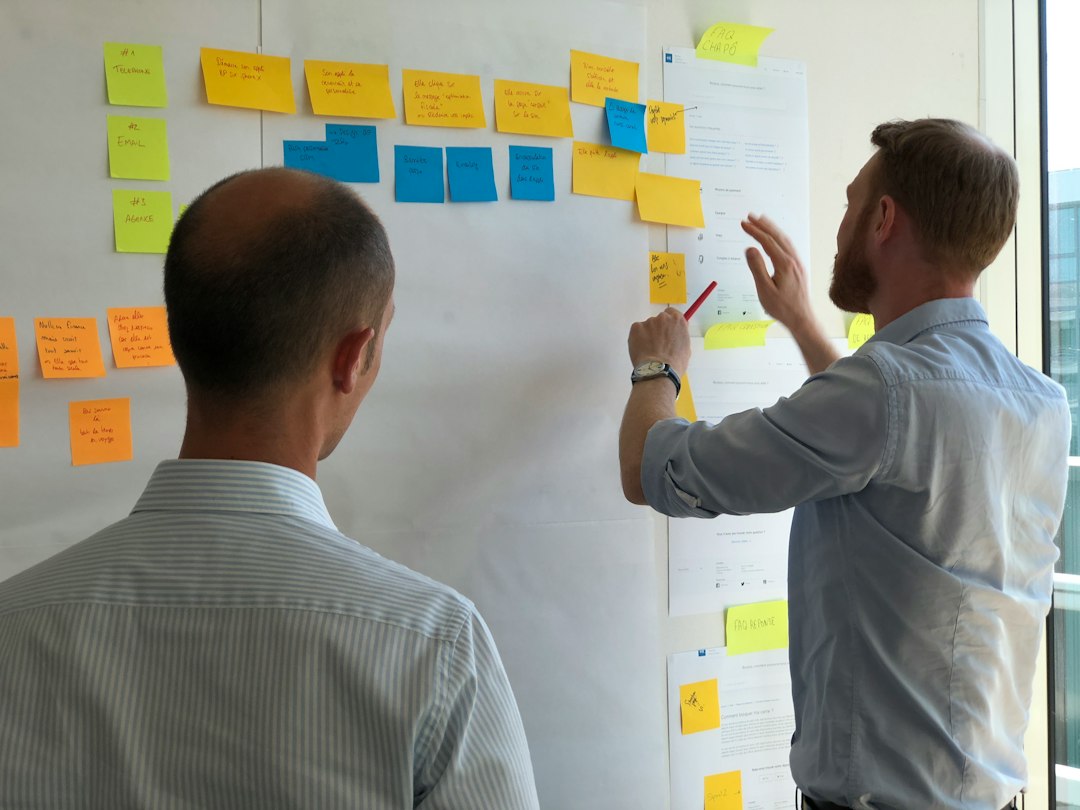
341. How To Avoid Manipulating Data Subconsciously: A P-Hacking Story
 P value is the probability that the results we are seeing are real and not by random chance. P-Hacking is a term used to describe the scientific manipulation of data to get the desired P value. All of us do this with our experiments, consciously or not.
P value is the probability that the results we are seeing are real and not by random chance. P-Hacking is a term used to describe the scientific manipulation of data to get the desired P value. All of us do this with our experiments, consciously or not.
342. The Difference Between Black Box and White Box Product Leadership
 There is an inherent conflict between the product leader and the CEO, which can often be summarized into one question: who has the final say. To start resolving
There is an inherent conflict between the product leader and the CEO, which can often be summarized into one question: who has the final say. To start resolving
343. How CodeClimate's VP of Engineering Used Data to Support Our Engineering Team on a Human Level

But when Ale checked the team’s productivity metrics in Velocity, our engineering analytics platform, she was surprised by what she found. After we made the switch to a distributed workflow, many engineers actually started working more. Still, despite logging more time in the codebase, they were getting less done.
To find out why the team wasn’t making progress, Ale dug deeper into the data. Not only did she find answers, she used that information to develop better ways to support the team.
344. Lean Business Model: What Entrepreneurs Need To Do in Times of Crisis
 “Never doubt that a small group of thoughtful, committed citizens can change the world; indeed, it’s the only thing that ever has.”- Margaret Mead
“Never doubt that a small group of thoughtful, committed citizens can change the world; indeed, it’s the only thing that ever has.”- Margaret Mead
345. How To Launch A New Developer Platform That's Self-Service Software
 Enterprise software companies sell very differently today than just a decade ago. Previously, most software was shrink-wrapped, required a lot of effort to distribute and implement, and was sold to an executive who would have to deploy it throughout their department or organization. The buying process involved a long sales cycle and often included pilots, cost-benefit analyses, procurement, and legal reviews.
Enterprise software companies sell very differently today than just a decade ago. Previously, most software was shrink-wrapped, required a lot of effort to distribute and implement, and was sold to an executive who would have to deploy it throughout their department or organization. The buying process involved a long sales cycle and often included pilots, cost-benefit analyses, procurement, and legal reviews.
346. Is Jira Align worth it?
 Would you recommend Jira Align as a tool for product managers? Experienced product managers discuss the Jira onboarding process and alternatives.
Would you recommend Jira Align as a tool for product managers? Experienced product managers discuss the Jira onboarding process and alternatives.
347. How to Reduce Future Product Risk in the Early Design Phase
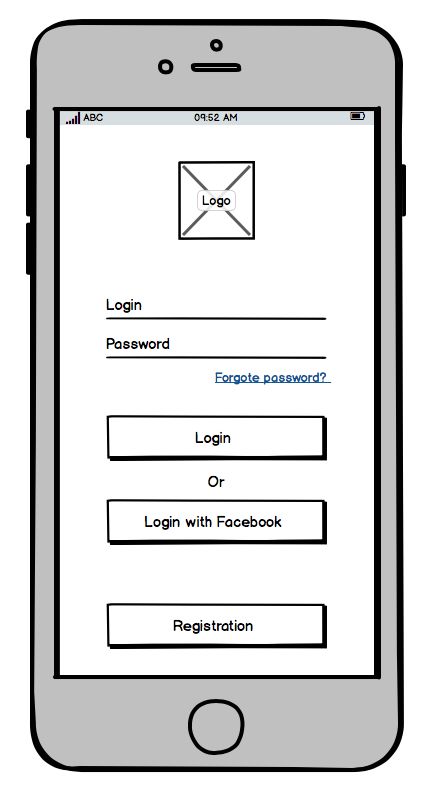 If you are constructing a building, a blueprint of the building is mandatory before laying the foundation. It forms the basis for estimating the resources required, the number of construction workers, the time it will take to complete the construction and a direction that will guide the civil engineers. The same methodology also applies to digital products.
If you are constructing a building, a blueprint of the building is mandatory before laying the foundation. It forms the basis for estimating the resources required, the number of construction workers, the time it will take to complete the construction and a direction that will guide the civil engineers. The same methodology also applies to digital products.
348. Social Impact Using Your Heart and Mind in Tech
 My generation has seen a world much less forgiving. We grew up understanding the fundamentals of climate change, and saw rising sea levels and record setting temperatures all over the world.
My generation has seen a world much less forgiving. We grew up understanding the fundamentals of climate change, and saw rising sea levels and record setting temperatures all over the world.
349. 7 Best Product Design Tools Every Team Should Consider
 Yes, we've finally reached a point where design is such a huge piece of a product's creation and maintenance that a whole paraphernalia of software will definitely be an essential asset to your projects. Each program will fill different needs and facilitate the best and most efficient work deliveries, be it structure, visual design, illustrations, interactions or animations.
Yes, we've finally reached a point where design is such a huge piece of a product's creation and maintenance that a whole paraphernalia of software will definitely be an essential asset to your projects. Each program will fill different needs and facilitate the best and most efficient work deliveries, be it structure, visual design, illustrations, interactions or animations.
350. Product Teams: Stop Estimating, Start Budgeting
 Why do we so often ask teams to estimate in detail how much effort is required to build a product, and to that upfront? There’s evidence that this lead us to output-oriented thinking, premature optimization, bloat and generally a commitment to suboptimal solutions that are designed with too many assumptions and a lack of clarity on the problem space.
Why do we so often ask teams to estimate in detail how much effort is required to build a product, and to that upfront? There’s evidence that this lead us to output-oriented thinking, premature optimization, bloat and generally a commitment to suboptimal solutions that are designed with too many assumptions and a lack of clarity on the problem space.
351. Writing Engaging User Stories
 This article describes a model for writing engaging user stories that can be used to assist with team productivity, product quality, and user experience goals.
This article describes a model for writing engaging user stories that can be used to assist with team productivity, product quality, and user experience goals.
352. How to Lead Your Product (Part 1)
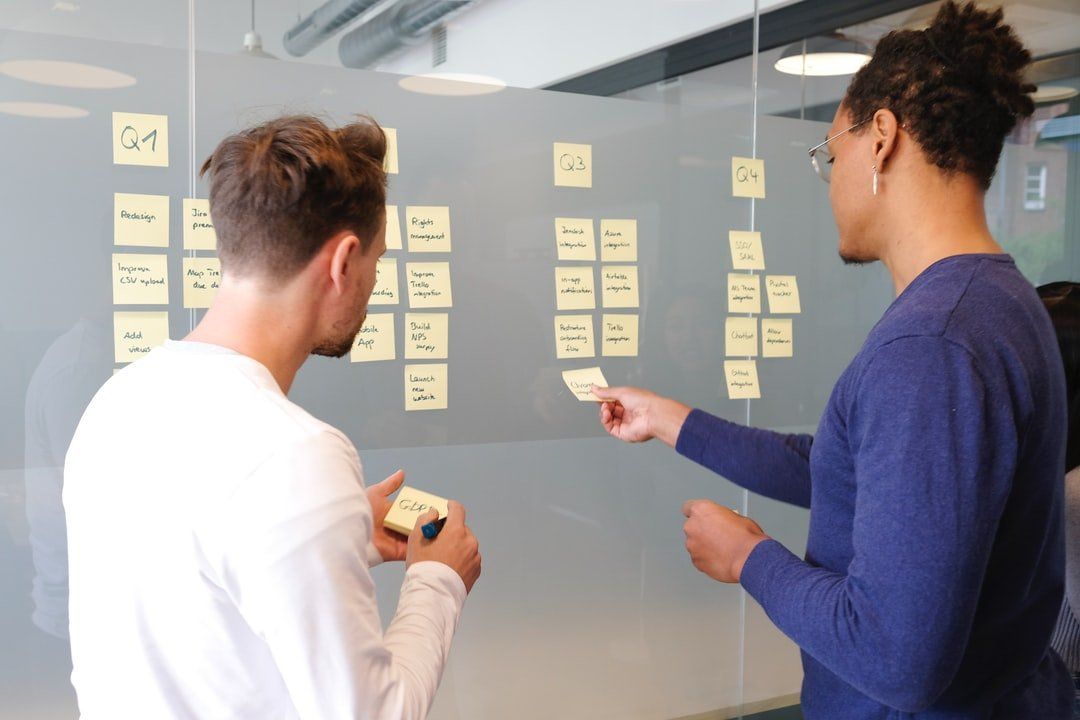 How to be a product leader: the difference between product leadership and product management
How to be a product leader: the difference between product leadership and product management
353. How to Initiate a Software Requirements Specification
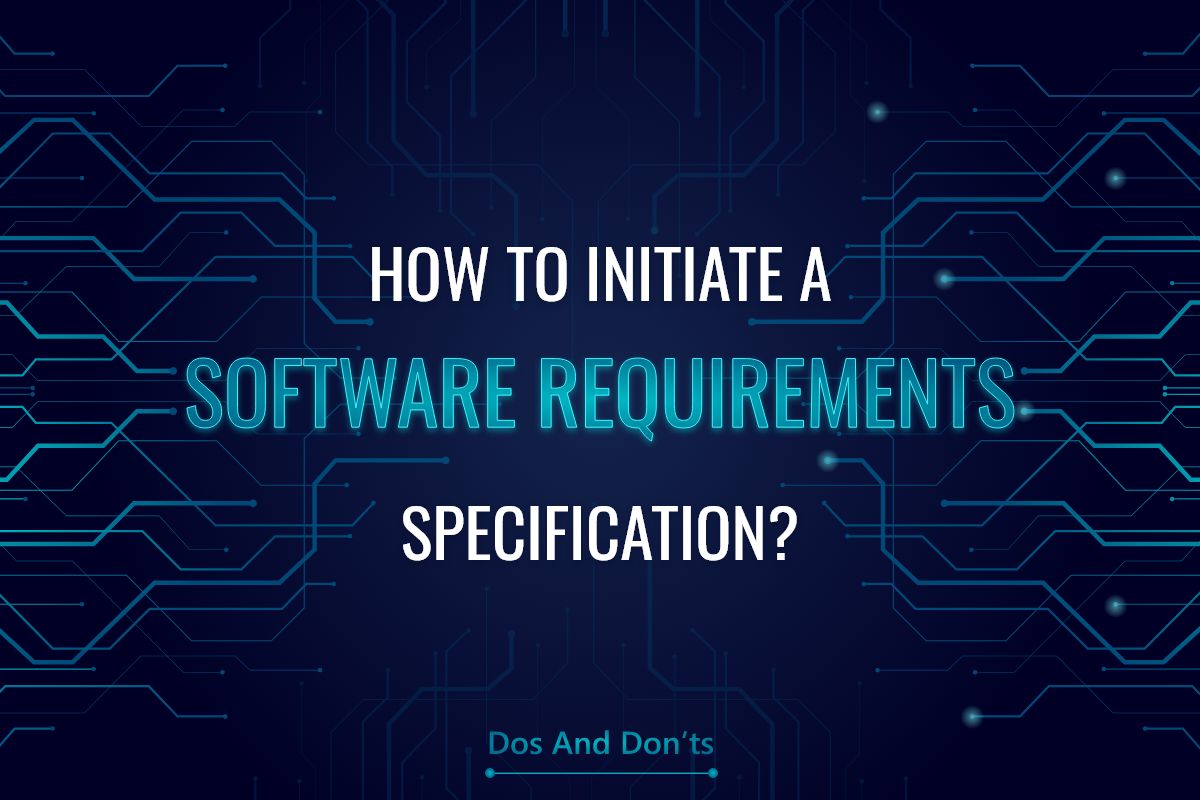 How many times have you felt that it would have been better to contemplate the project requirements? How many times did you feel like including that “one” particular feature/function could have saved it from failure? Hold on to the thought right there! Do you think a System Requirements Specification could have played a pivotal role in success?
How many times have you felt that it would have been better to contemplate the project requirements? How many times did you feel like including that “one” particular feature/function could have saved it from failure? Hold on to the thought right there! Do you think a System Requirements Specification could have played a pivotal role in success?
354. Feature Prioritization: Why It's Difficult, and How to Do it Better
 When we're prioritizing, we're trying to answer the question "What, among all the stories we could work on right now, is the best possible use of our time?" The obvious answer is to say "The story that adds most value to our users". This answer only leads to more questions such as:
When we're prioritizing, we're trying to answer the question "What, among all the stories we could work on right now, is the best possible use of our time?" The obvious answer is to say "The story that adds most value to our users". This answer only leads to more questions such as:
355. How to Export and Analyze Jira Issues in Google Sheets vs. Coda
 Once your Jira backlog of issues grows to a certain point it, you may want to view all your issues in another format like a spreadsheet to figure out what your team should focus on. In a spreadsheet, you can quickly filter, sort, and organize issues by multiple dimensions like priority, due date, and status. The issue is that the spreadsheet is only a snapshot of your Jira issues. As your team makes updates in Jira, those updates to sync to your spreadsheet unless you use an add-on like Jira Cloud for Sheets. An alternative is to use a Jira Packs table in Coda to sync your data from Jira in a table format.
Once your Jira backlog of issues grows to a certain point it, you may want to view all your issues in another format like a spreadsheet to figure out what your team should focus on. In a spreadsheet, you can quickly filter, sort, and organize issues by multiple dimensions like priority, due date, and status. The issue is that the spreadsheet is only a snapshot of your Jira issues. As your team makes updates in Jira, those updates to sync to your spreadsheet unless you use an add-on like Jira Cloud for Sheets. An alternative is to use a Jira Packs table in Coda to sync your data from Jira in a table format.
356. Five Steps to Positioning Your Product
 If building products is hard, positioning your product is harder. No matter what you build and sell, how you position your product dictates what you do. How you prioritize, marketing campaigns, sales strategy, it all changes based on how your product is positioned.
If building products is hard, positioning your product is harder. No matter what you build and sell, how you position your product dictates what you do. How you prioritize, marketing campaigns, sales strategy, it all changes based on how your product is positioned.
357. Planning Poker: Agile Estimation And Planning Made Easy
358. Negotiating for Success: Developing Effective Communication Skills

359. Good Strategy, Bad Vision? Product Management Paradoxes — Part I
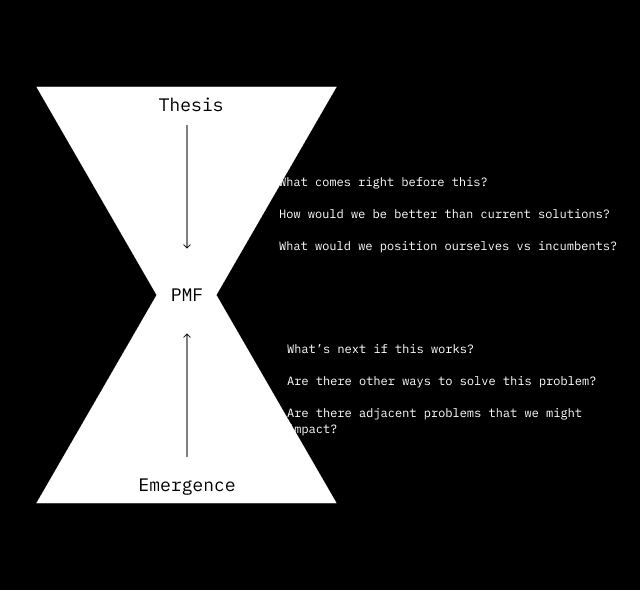 There is a recurrent thread going on in tech circles that contrasts 1) the philosophical approach of companies that have adopted the lean startup practice of rapid customer development cycles, and pivoting with your learnings, vs 2) companies that are thesis-driven, have a big mission and are relentless in pursuing it, bending reality to their will — using examples of product visionaries like Jobs, Gates and Musk.
There is a recurrent thread going on in tech circles that contrasts 1) the philosophical approach of companies that have adopted the lean startup practice of rapid customer development cycles, and pivoting with your learnings, vs 2) companies that are thesis-driven, have a big mission and are relentless in pursuing it, bending reality to their will — using examples of product visionaries like Jobs, Gates and Musk.
360. Same Product = Same Team: Myth or Fact?
 The Scrum Guide is quite clear on one important thing: for one product there is only one Product Owner and only one Product Backlog:
The Scrum Guide is quite clear on one important thing: for one product there is only one Product Owner and only one Product Backlog:
361. A Product Manager's 600-Word Guide to Machine Learning
 Machine learning (ML) is a technology or field of computer science that learns from historical data to make accurate predictions or decisions.
Machine learning (ML) is a technology or field of computer science that learns from historical data to make accurate predictions or decisions.
362. Keep Sharing Context: How to Enable Better and Faster Product Decisions
 “So, what do you think?” — says the Product Manager after a product strategy presentation to his team
“So, what do you think?” — says the Product Manager after a product strategy presentation to his team
363. How to Set Up UX Workshops for Product Design, Discovery, Prioritization, and Feedback
 User experience workshops are a crucial phase of a well-thought-out product. There is a wide variety of cases where such workshops can help solve pressing problems, critical for a project's success. They can range from tackling intricate design or UX issues to receiving constructive feedback on your designs.
User experience workshops are a crucial phase of a well-thought-out product. There is a wide variety of cases where such workshops can help solve pressing problems, critical for a project's success. They can range from tackling intricate design or UX issues to receiving constructive feedback on your designs.
364. Chance Favors the Prepared Mind: Luck vs Merit in Product Management
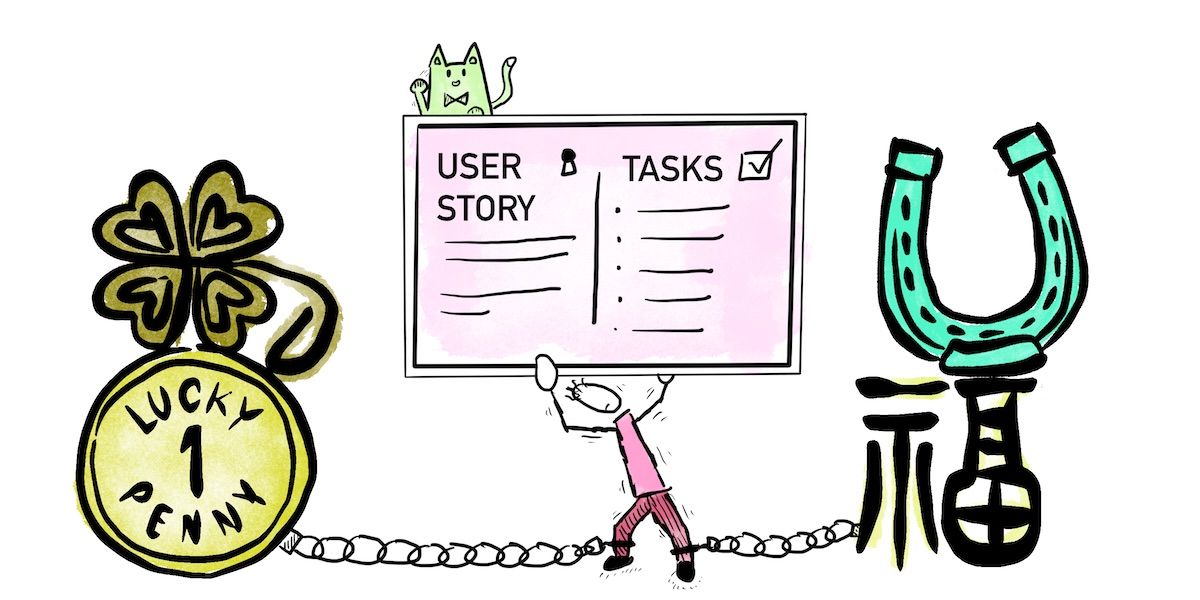 Is 10x product success merely arbitrary luck or based on merit? It’s a question that can torture even the most rational-minded product managers. But which should you focus on when victory is on the line?
Is 10x product success merely arbitrary luck or based on merit? It’s a question that can torture even the most rational-minded product managers. But which should you focus on when victory is on the line?
365. Humans Neglecting Maintenance: Causes And Consequences
 You might be thinking if maintenance is so important, then why do people neglect it? To answer your question, we have 12 reasons why people neglect maintenance.
You might be thinking if maintenance is so important, then why do people neglect it? To answer your question, we have 12 reasons why people neglect maintenance.
366. How to Find Minimum Viable Product-Market Fit (PMF)
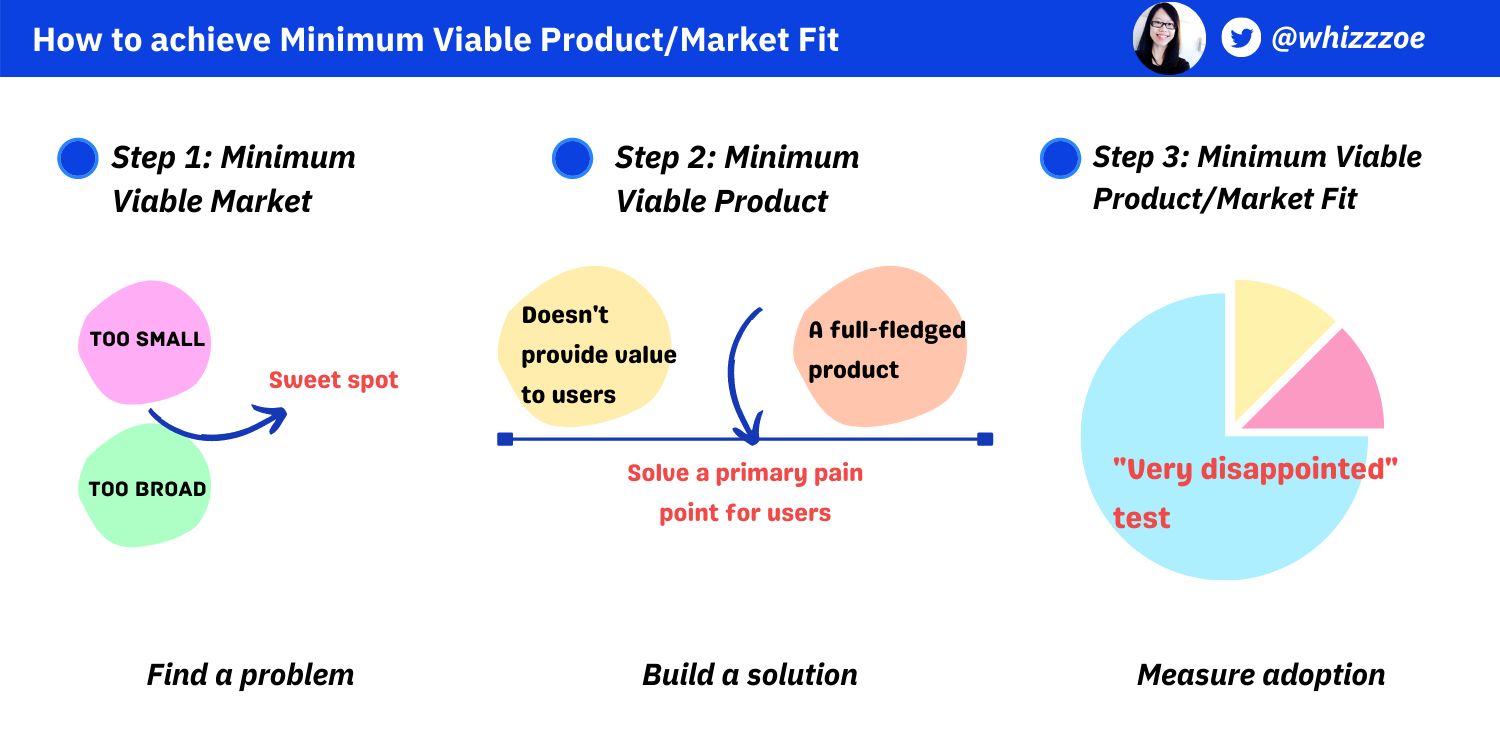 Focus on the problem, not the solution
Focus on the problem, not the solution
367. 50 Highest-Paying Cities in the United States for Product Managers in 2022
 Product management is a crucial skill in demand at many large tech companies. As such this list reflects some of the more lucrative packages available.
Product management is a crucial skill in demand at many large tech companies. As such this list reflects some of the more lucrative packages available.
368. The HackerNoon Podcast: Managing Databases on Kubernetes with Anil Kumar
 Amy Tom talks to Anil Kumar, the Product Manager at Couchbase, about becoming a Product Manager, writing his book, and creating a multi-cloud strategy.
Amy Tom talks to Anil Kumar, the Product Manager at Couchbase, about becoming a Product Manager, writing his book, and creating a multi-cloud strategy.
Thank you for checking out the 368 most read stories about Product Management on HackerNoon.
Visit the /Learn Repo to find the most read stories about any technology.

